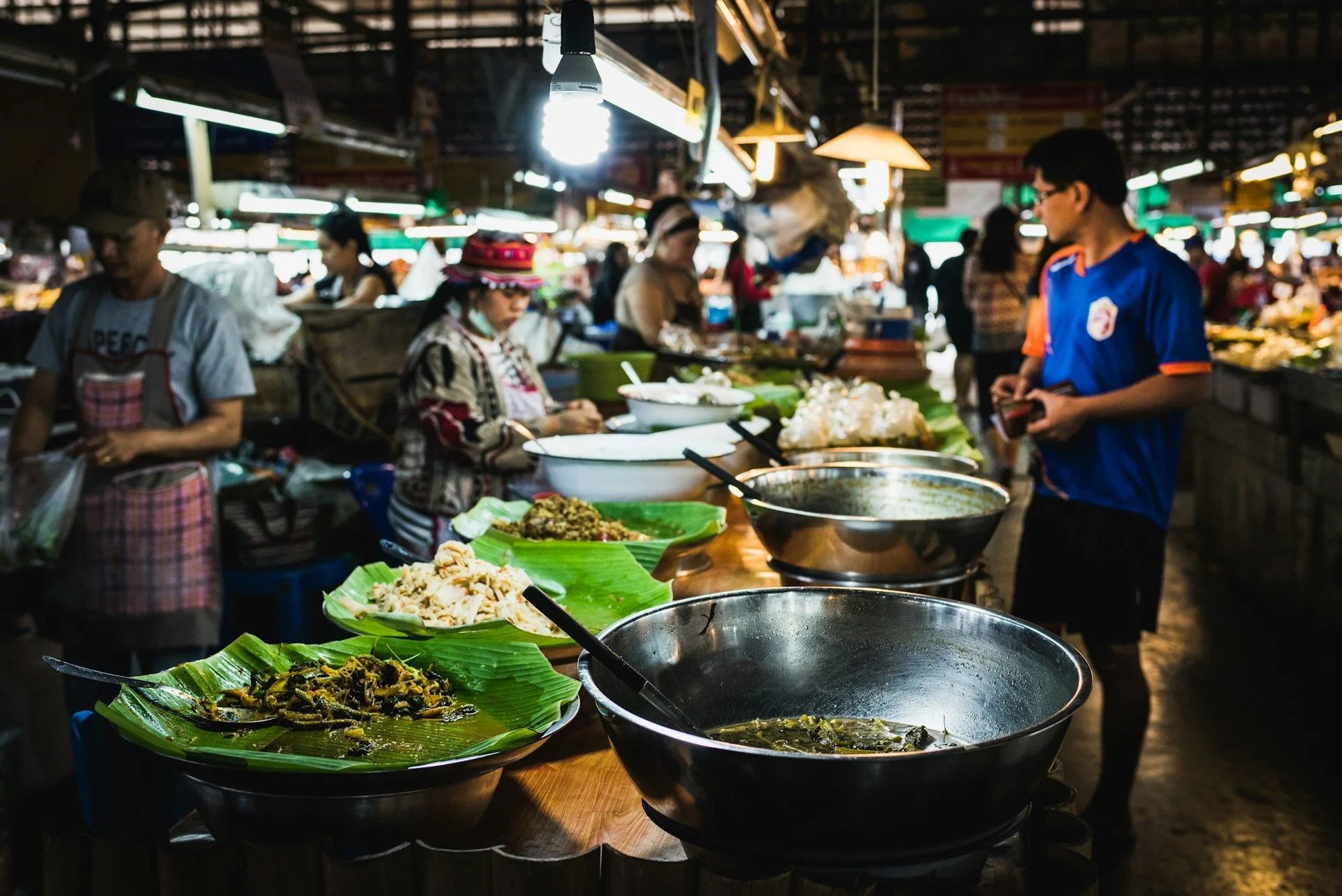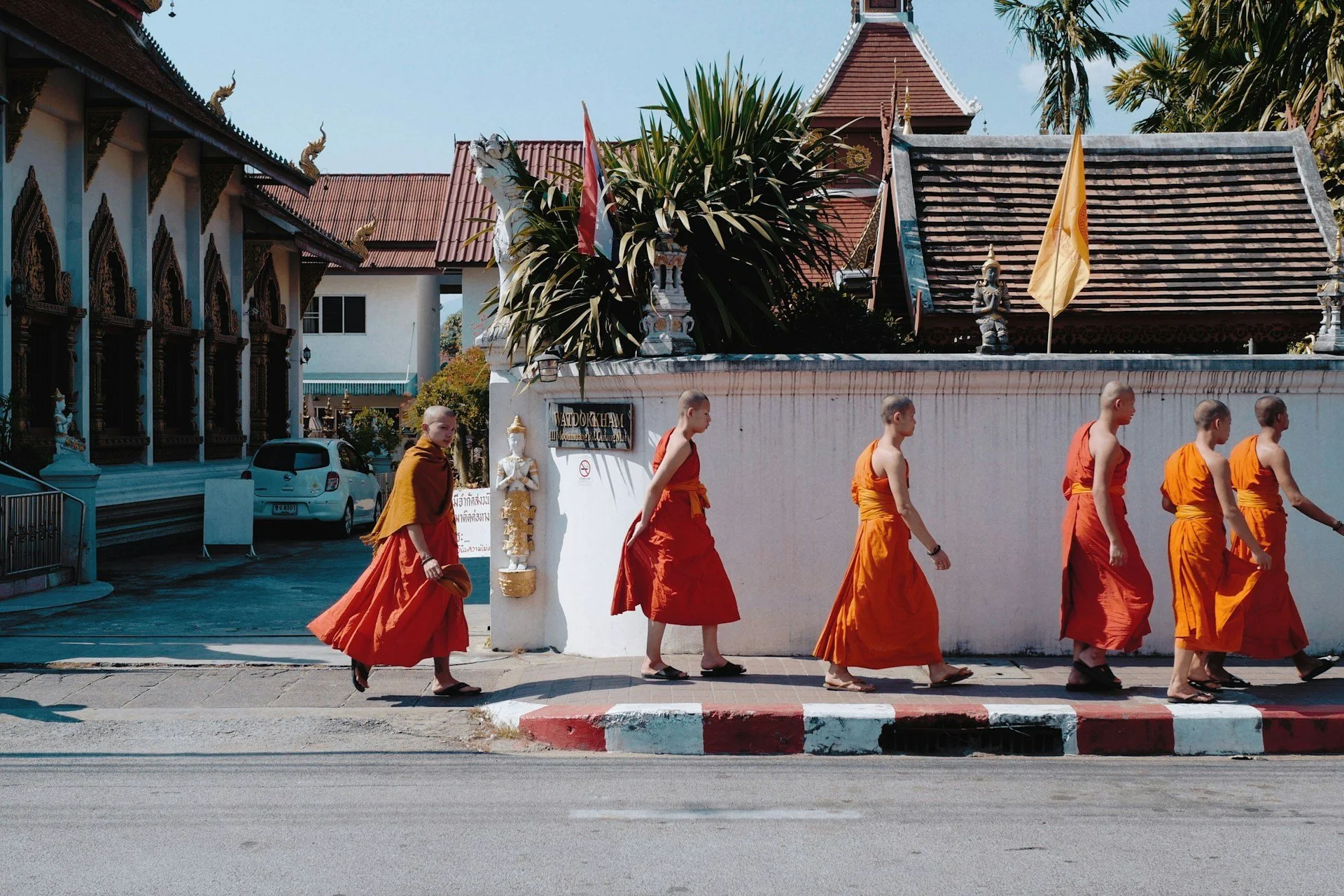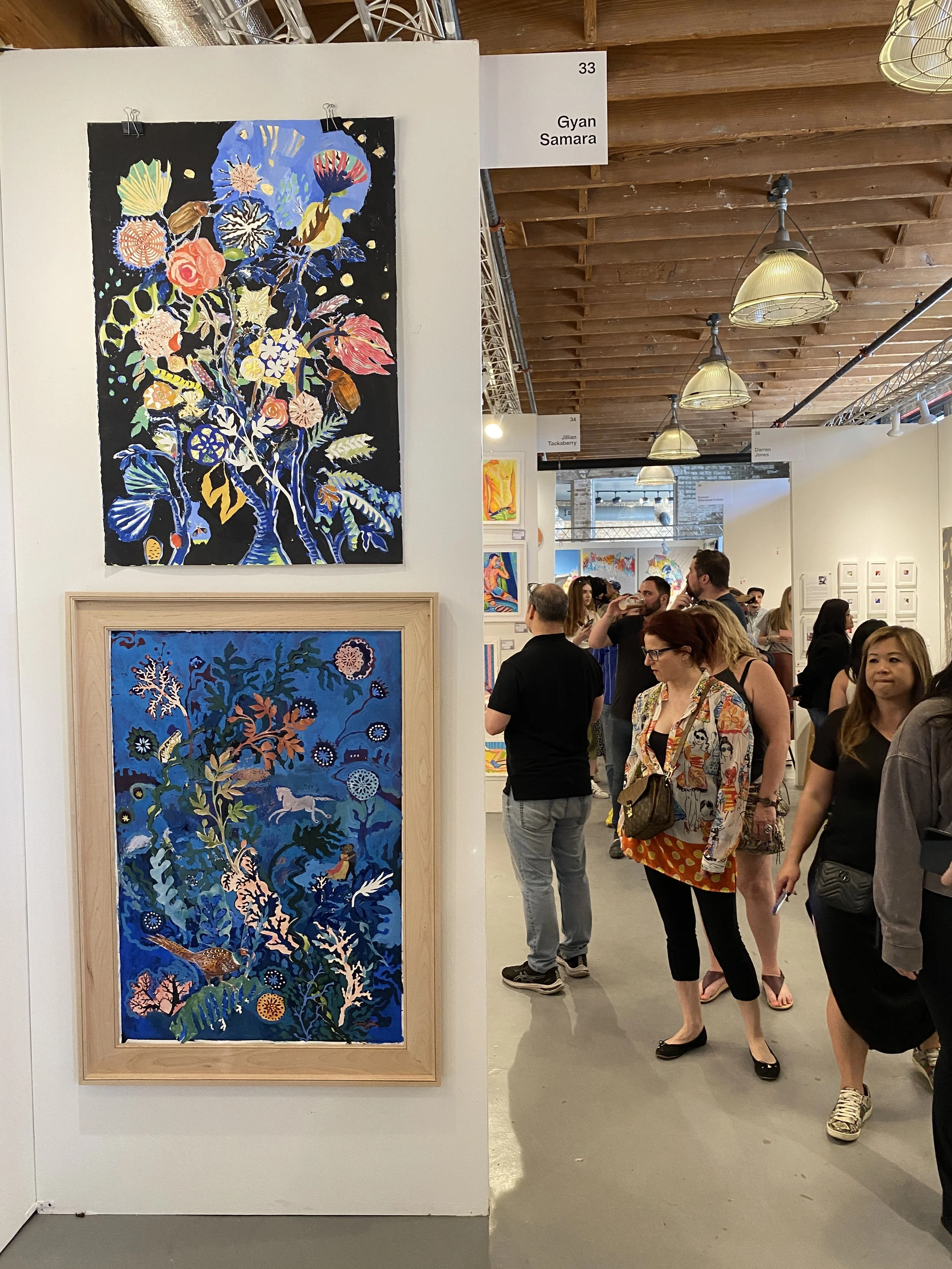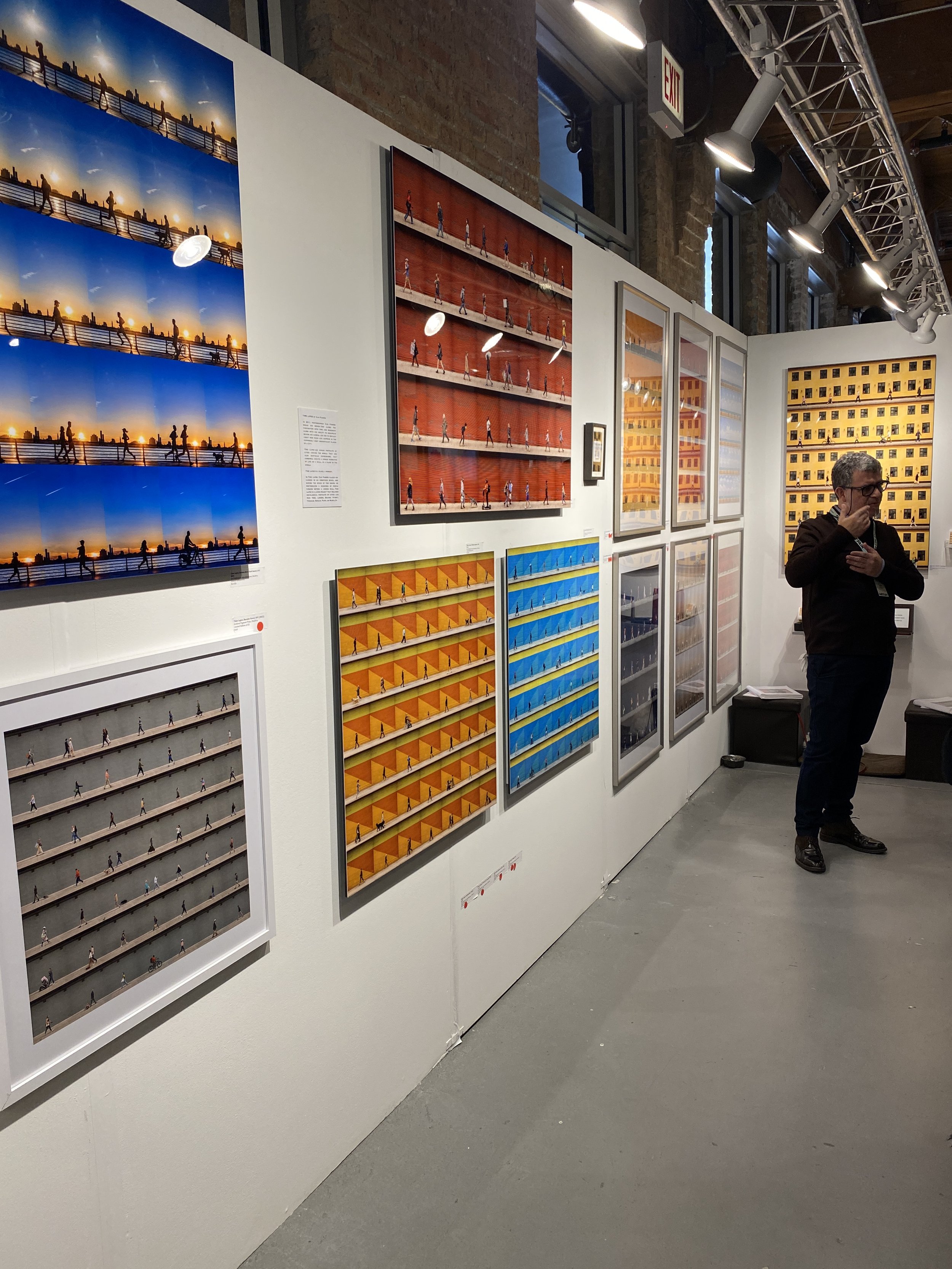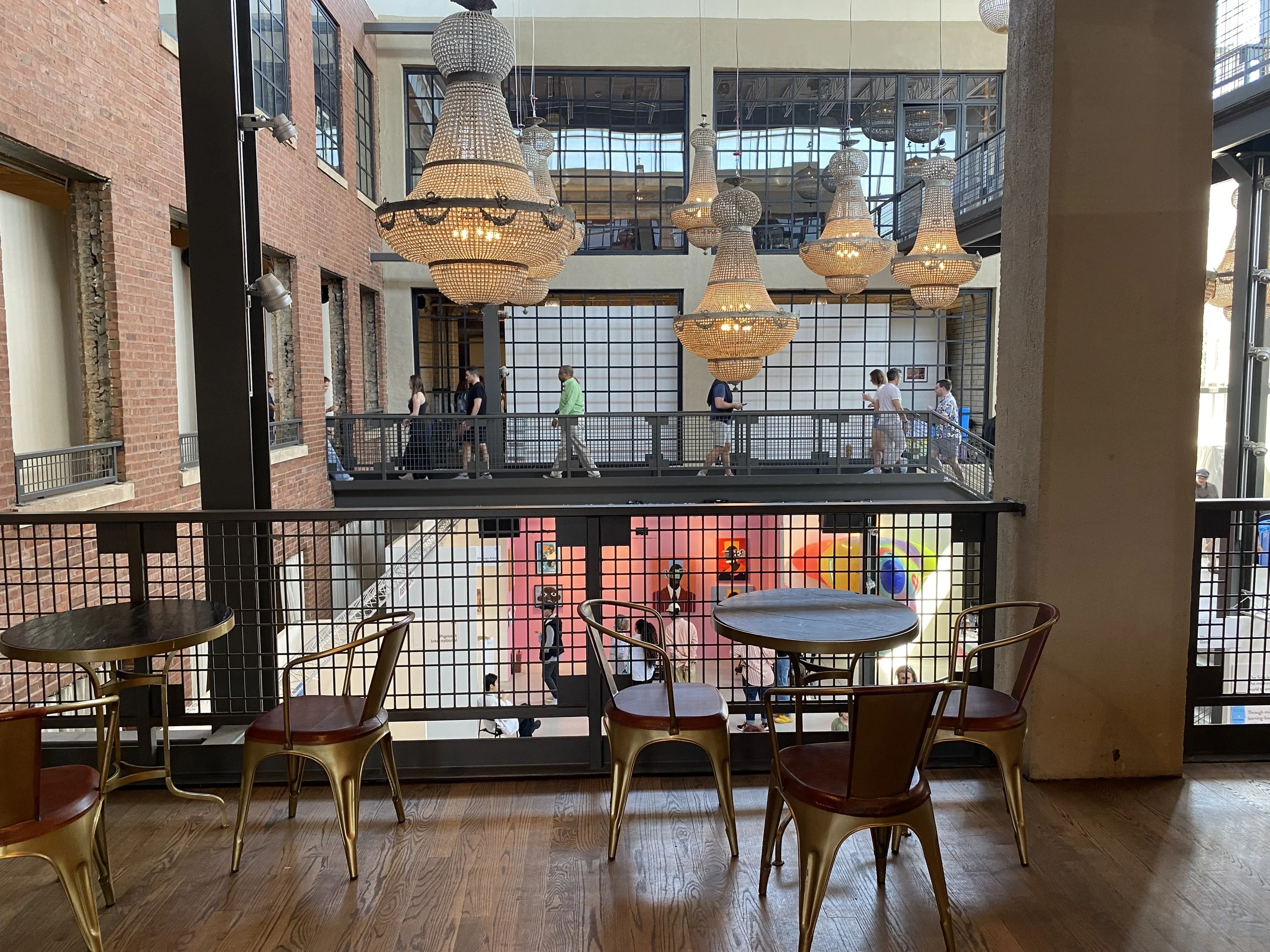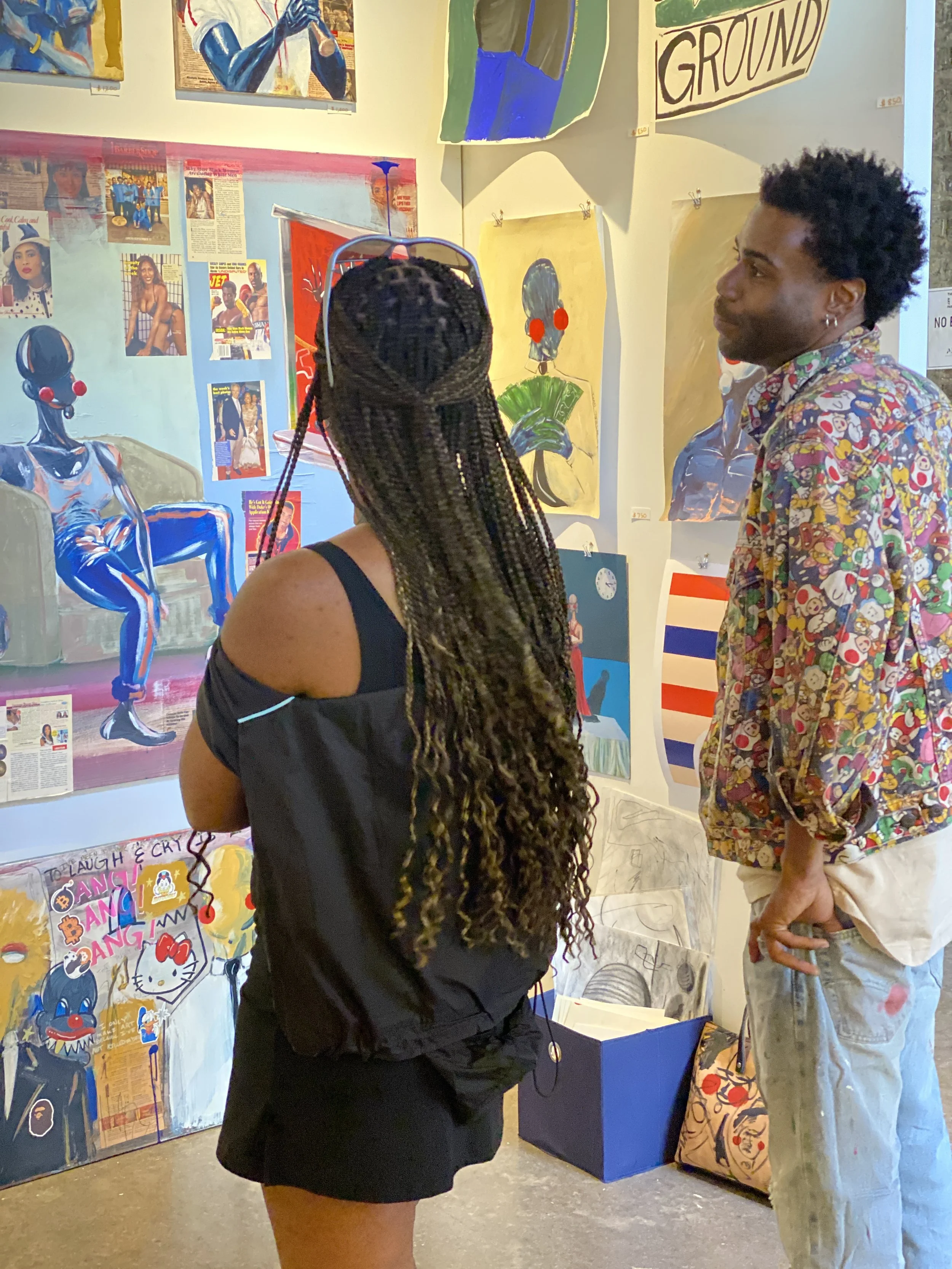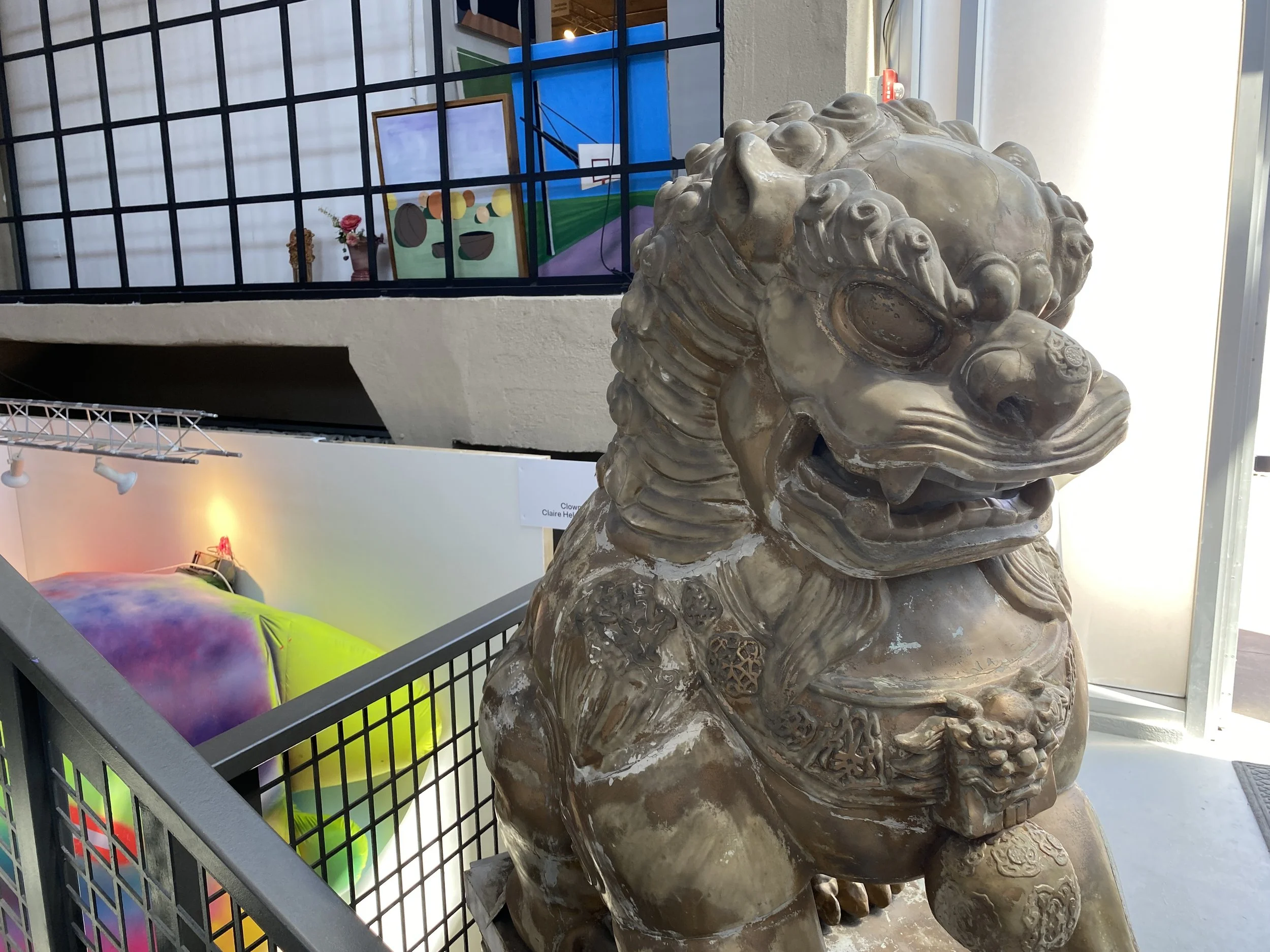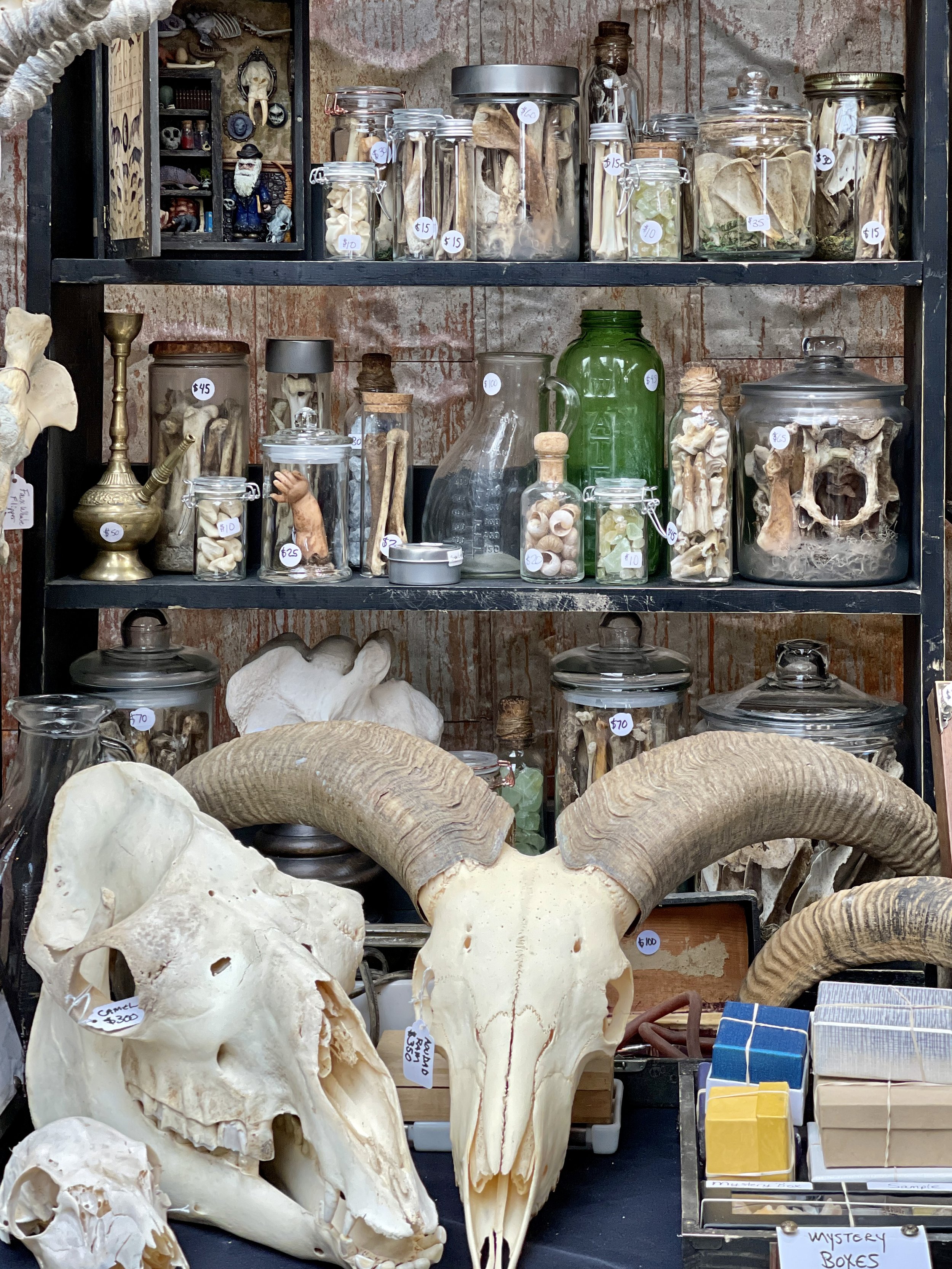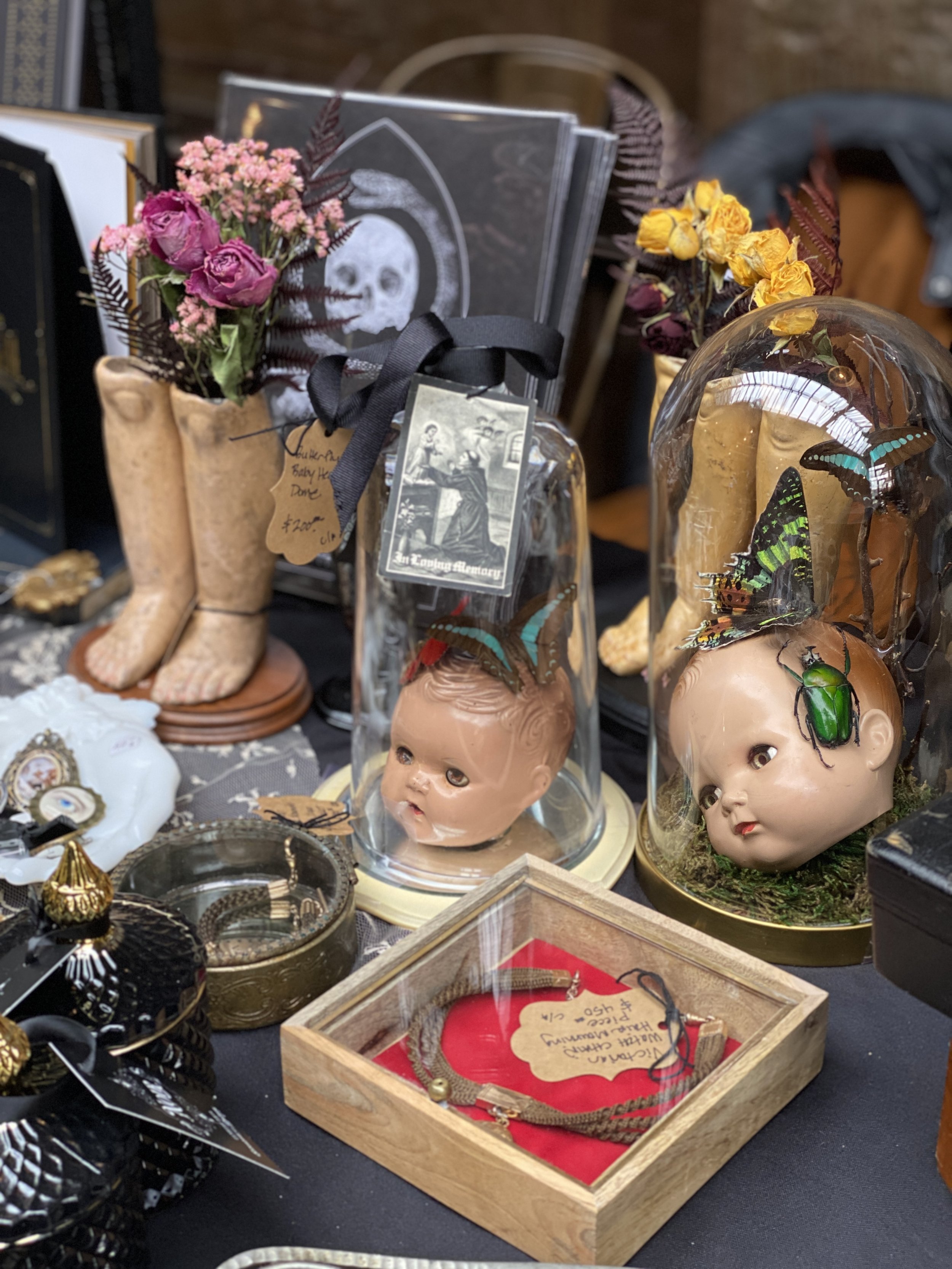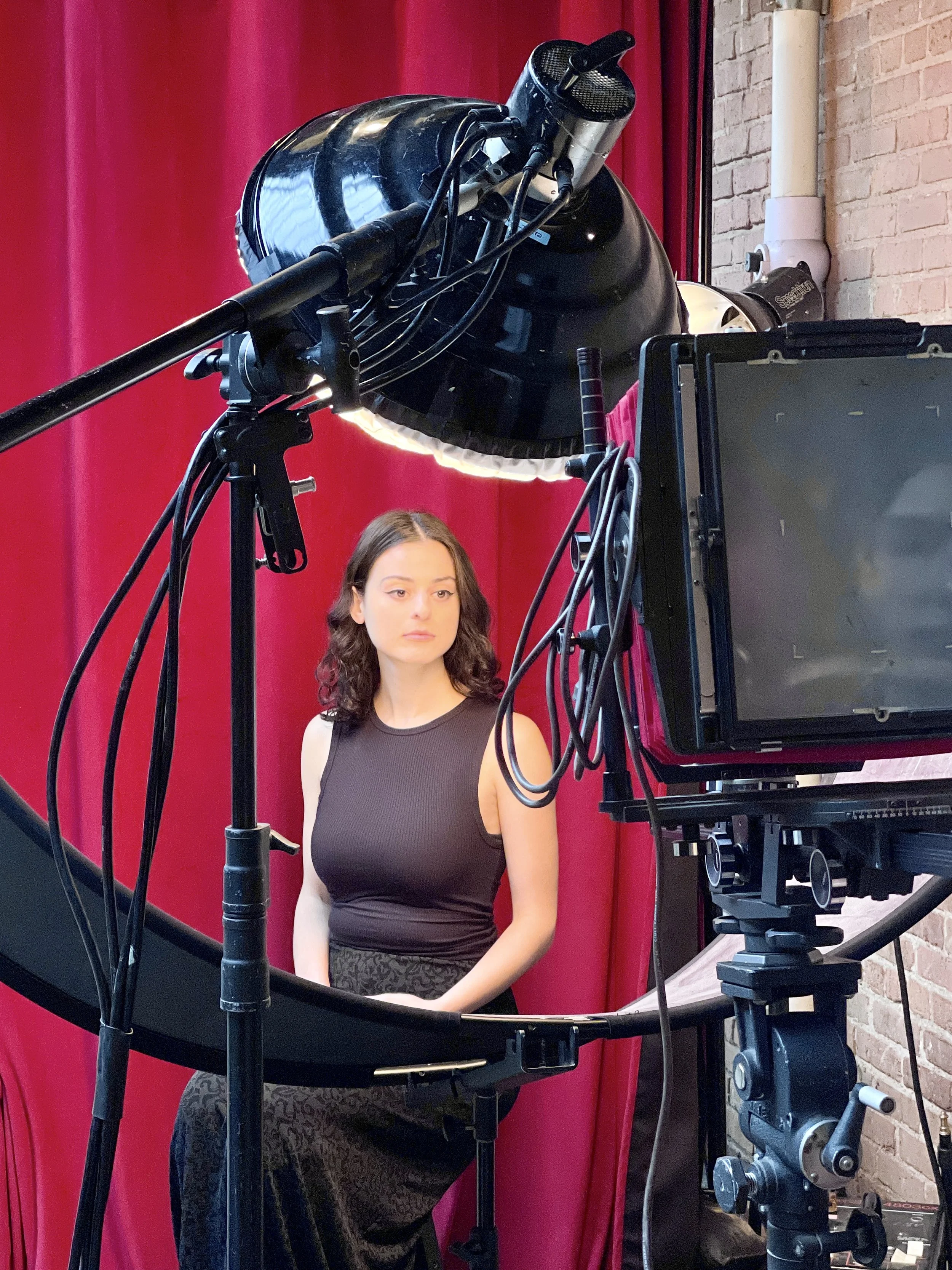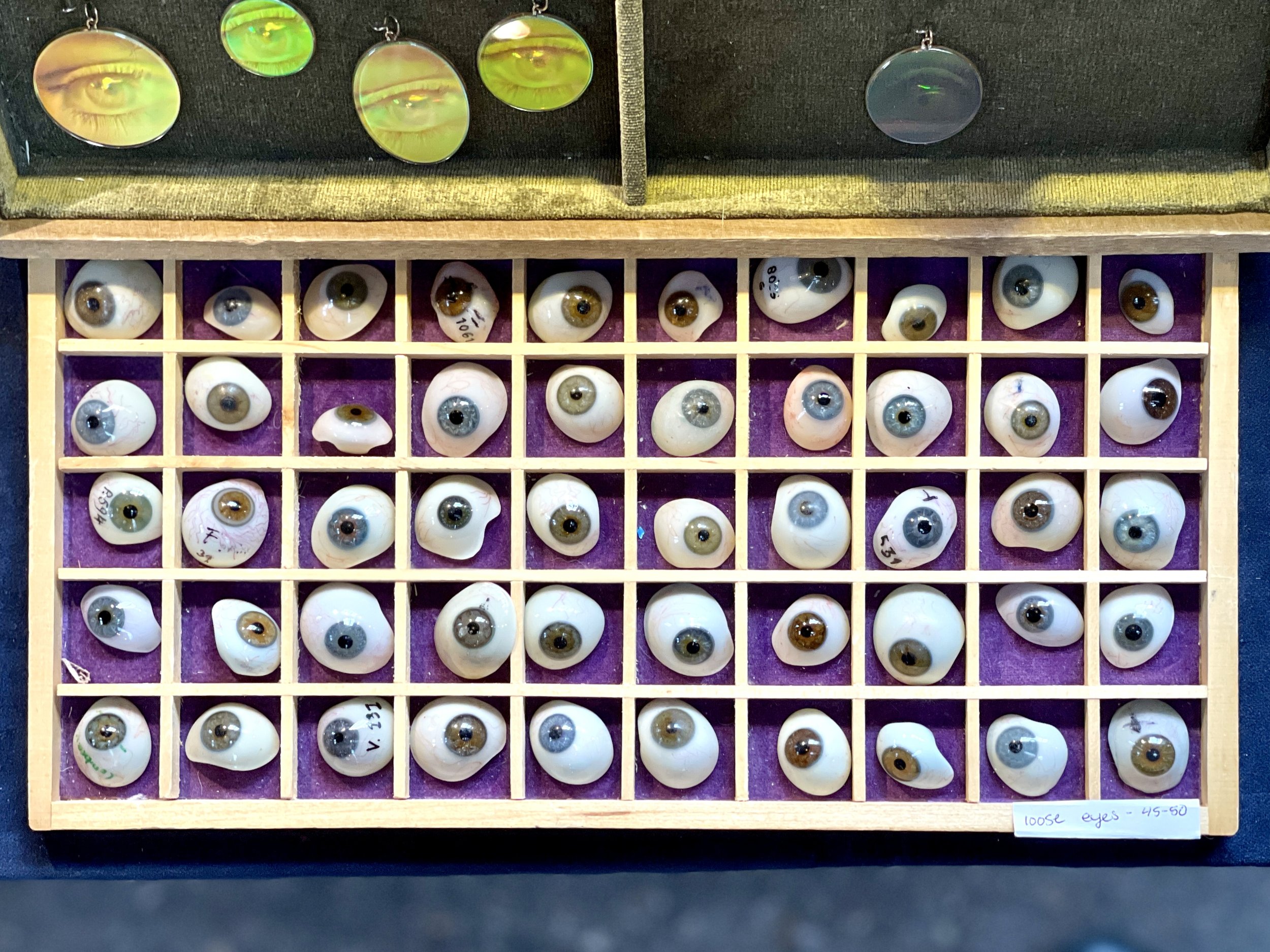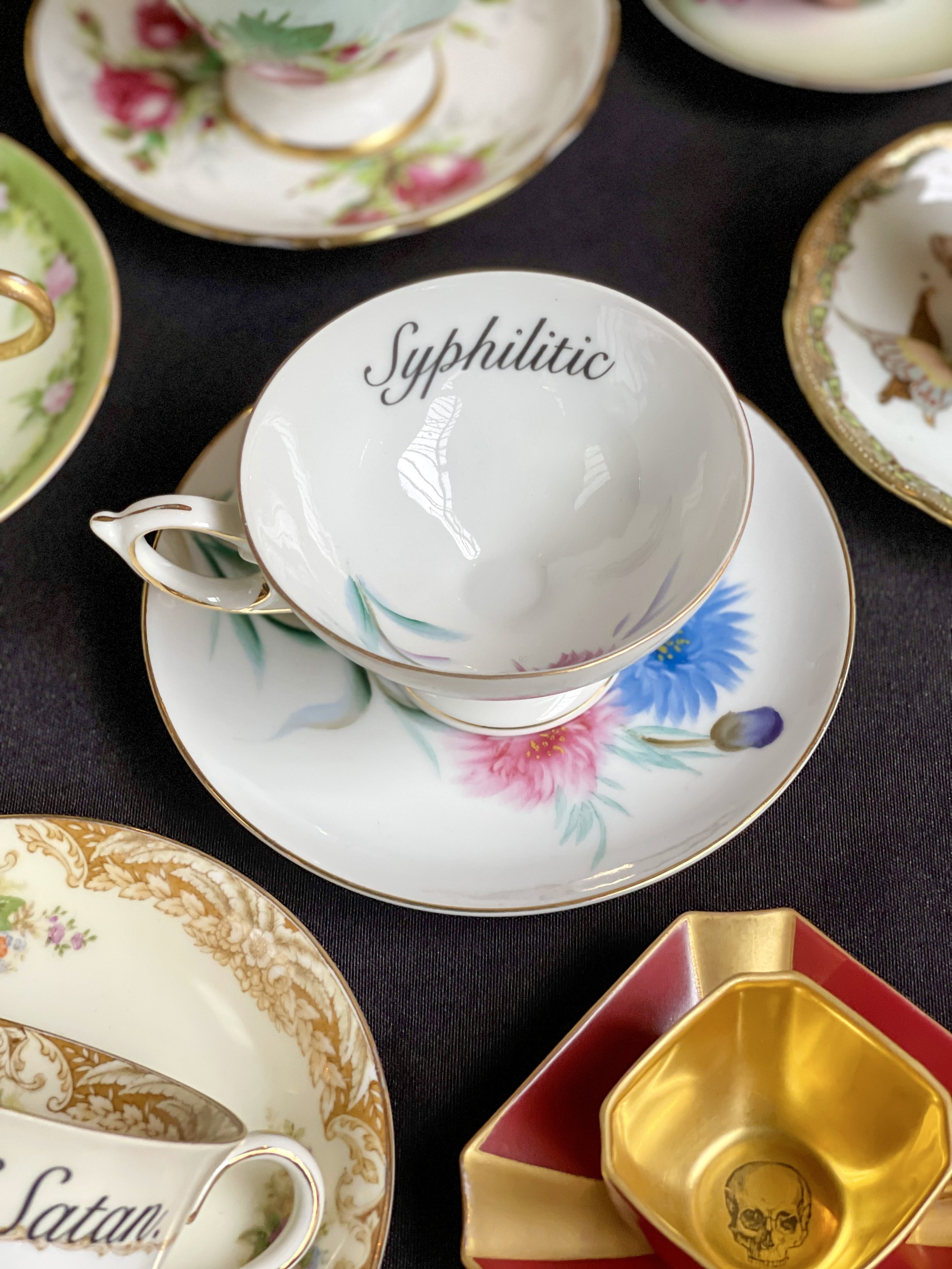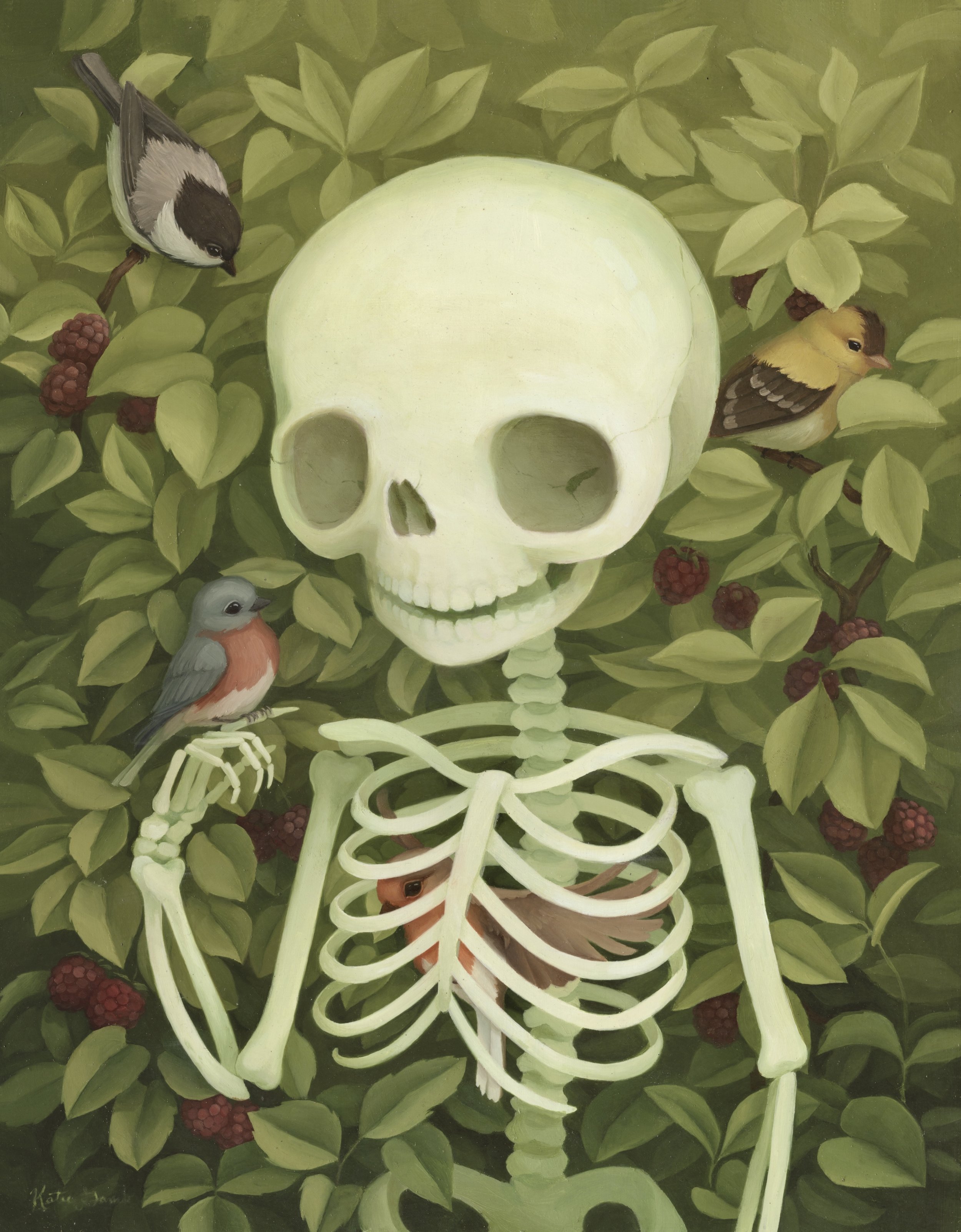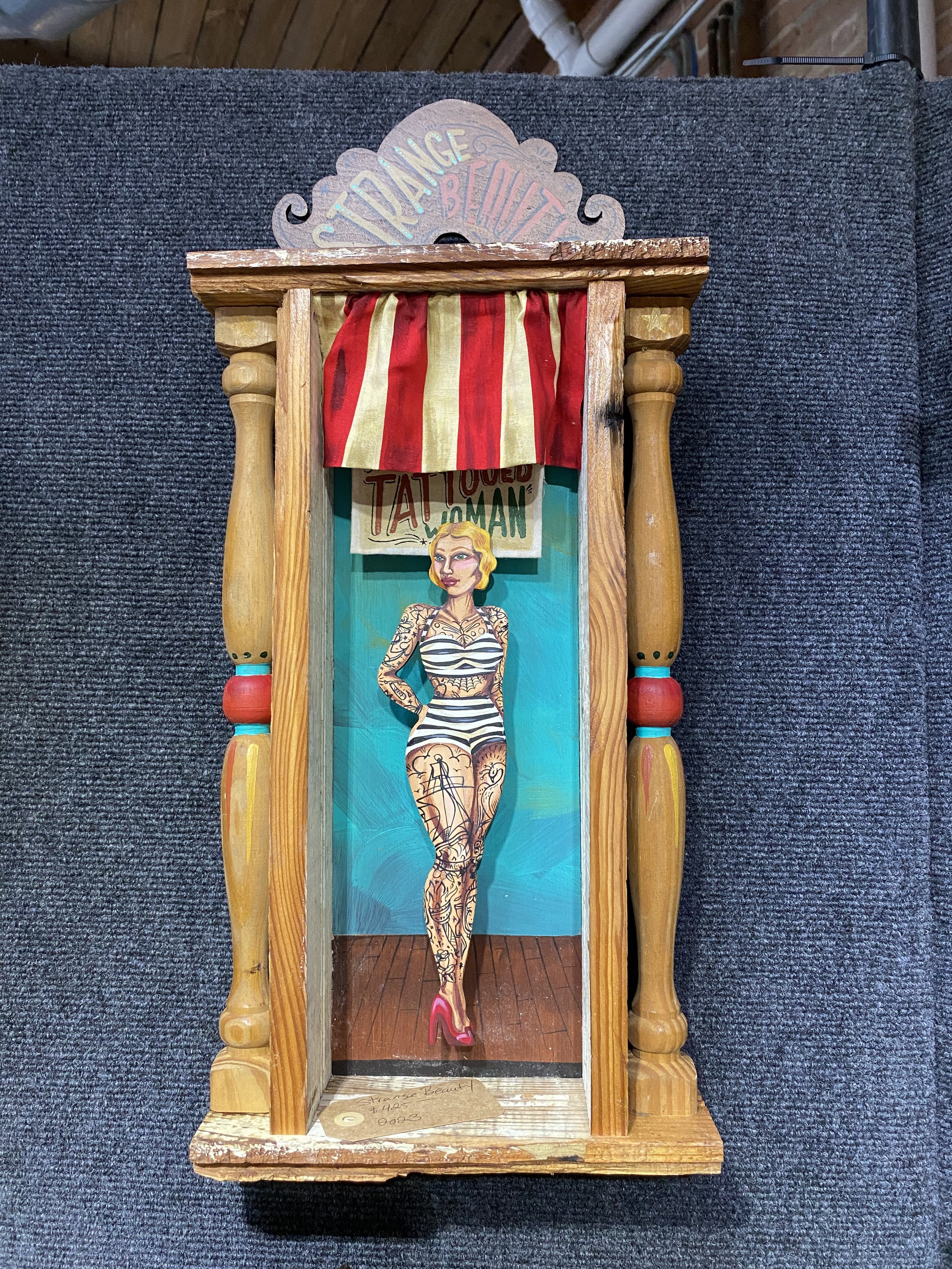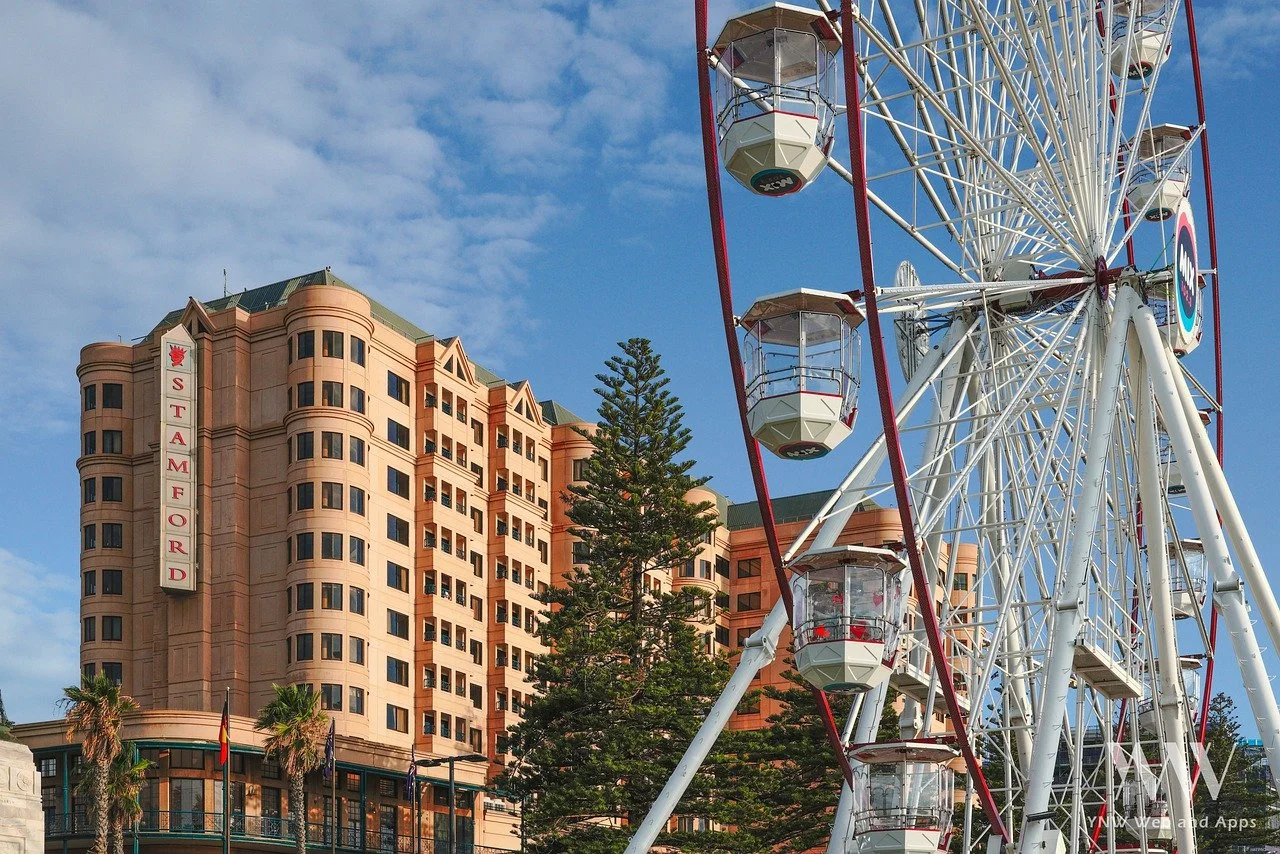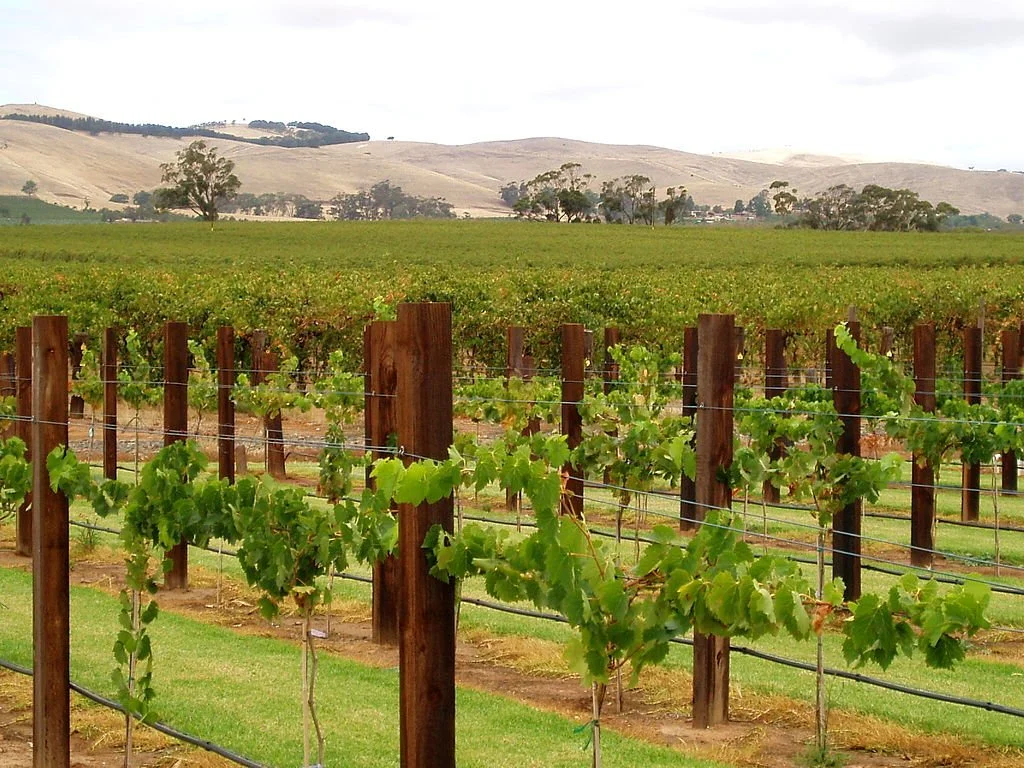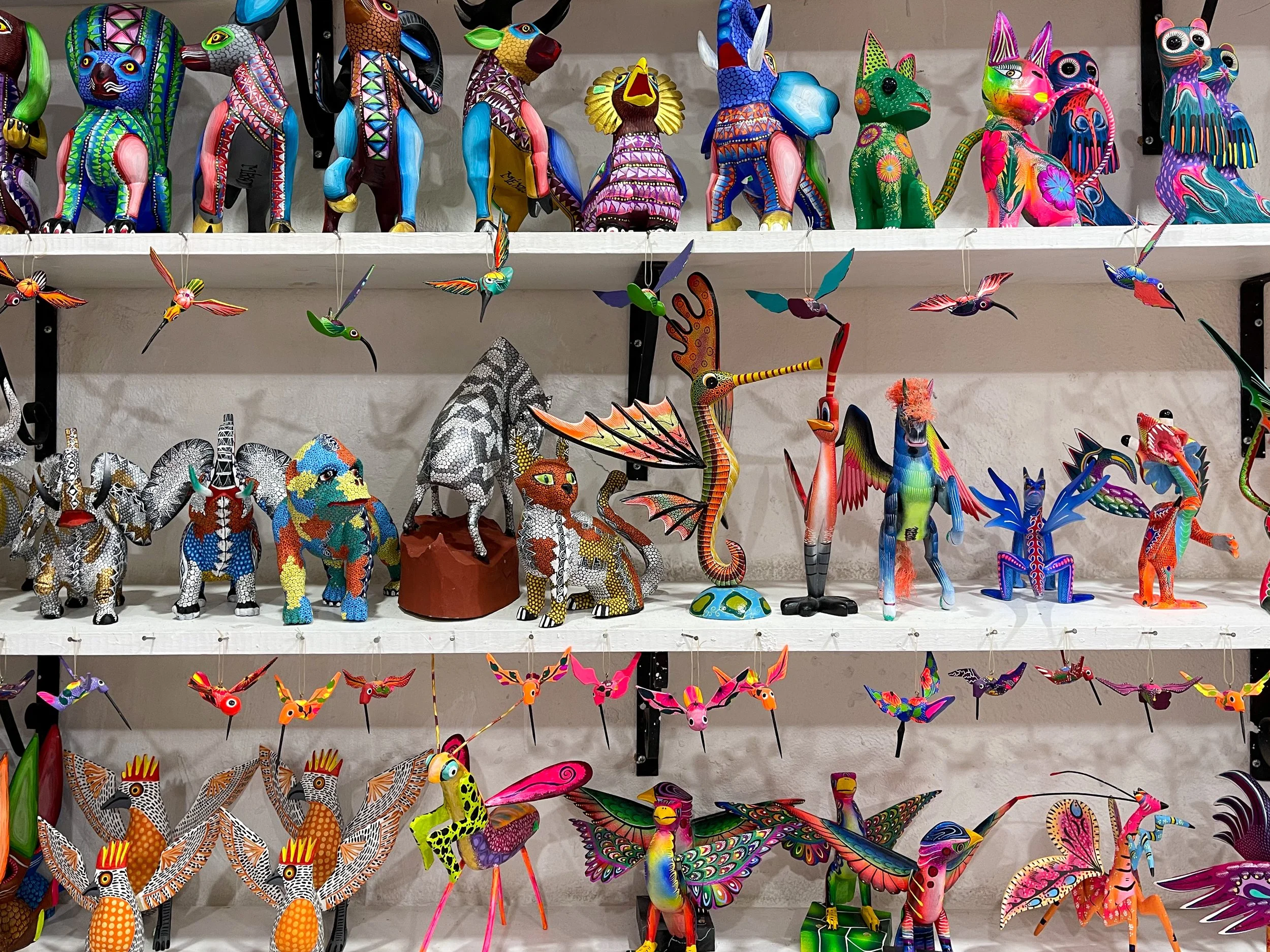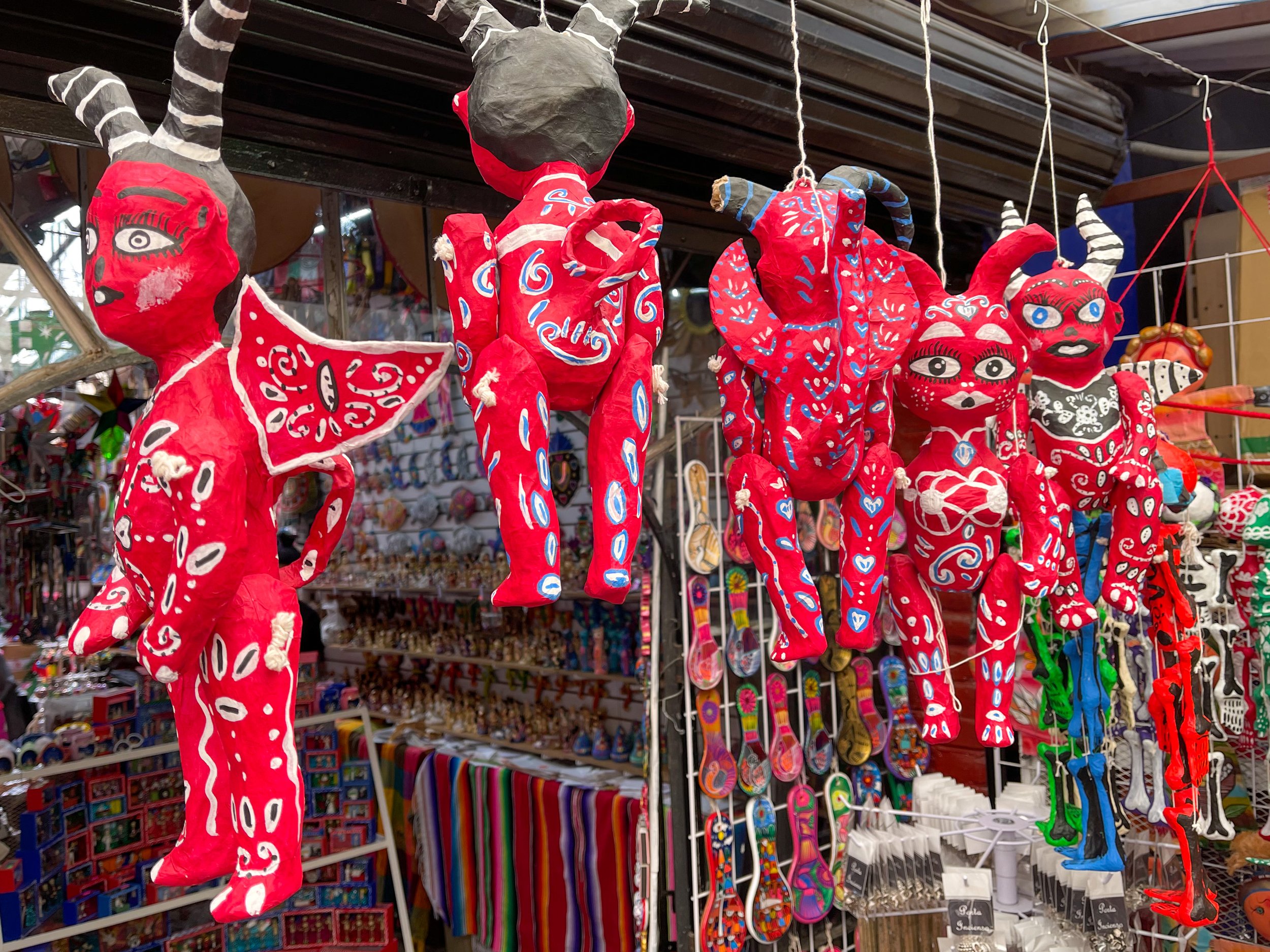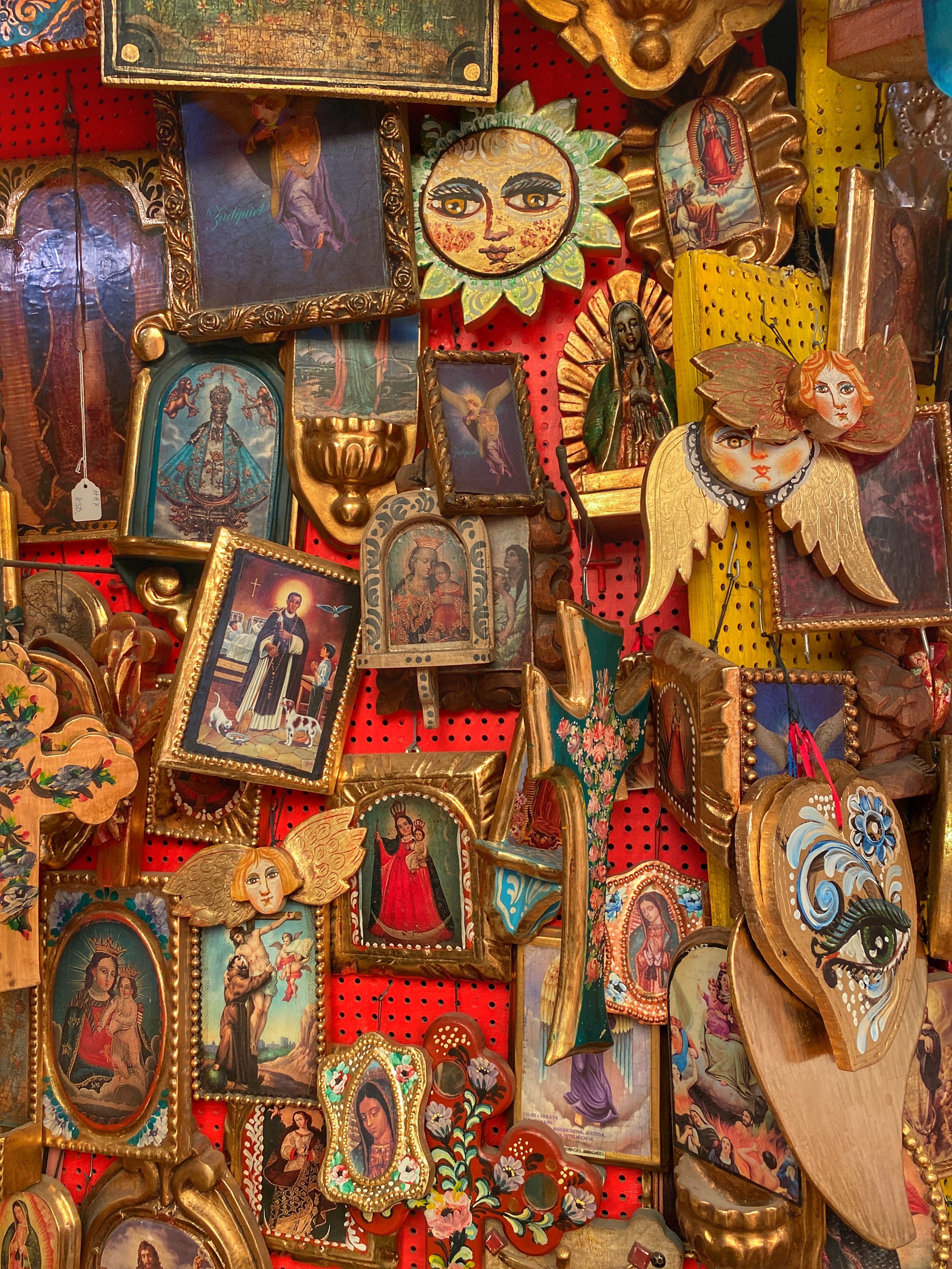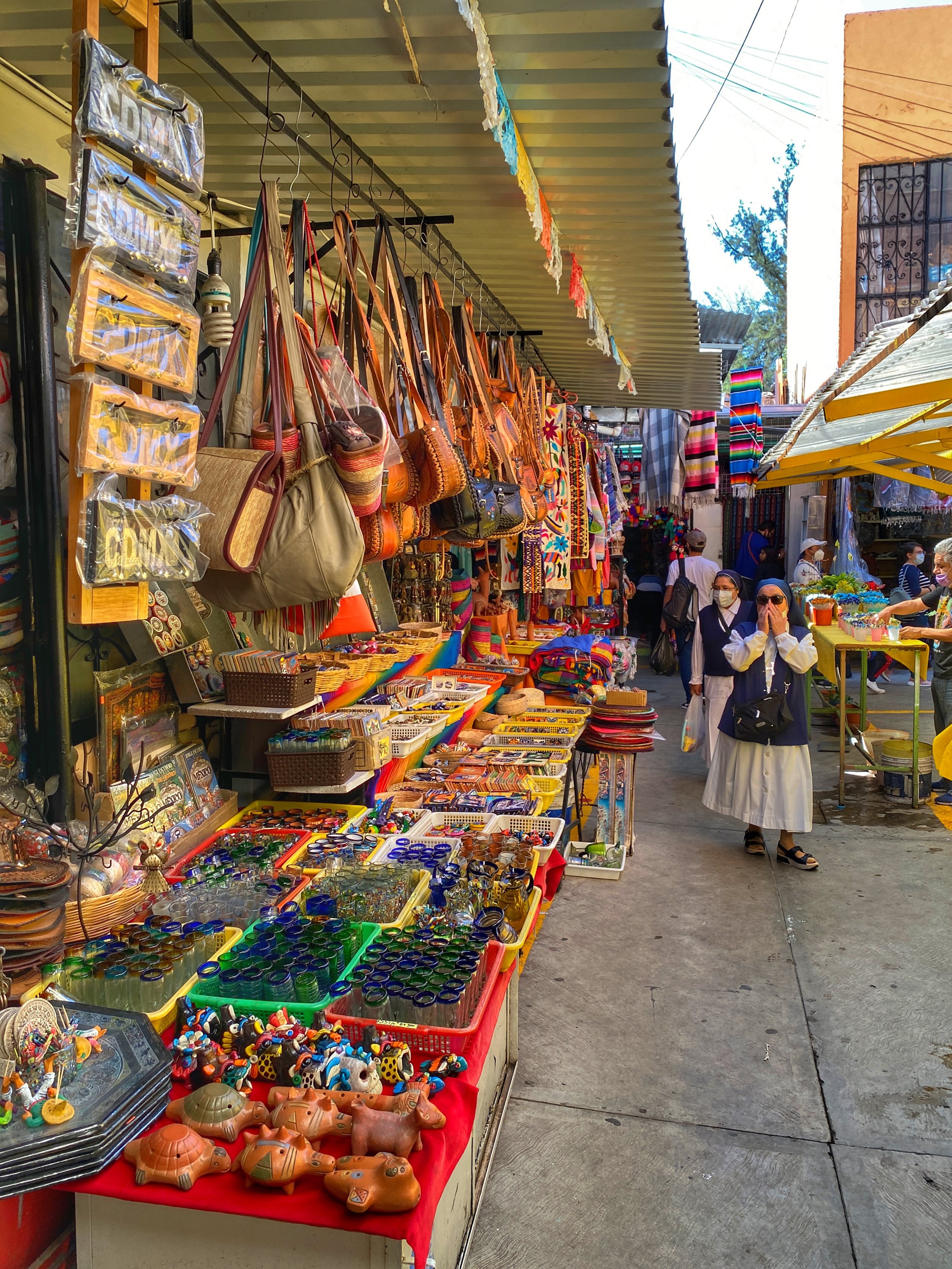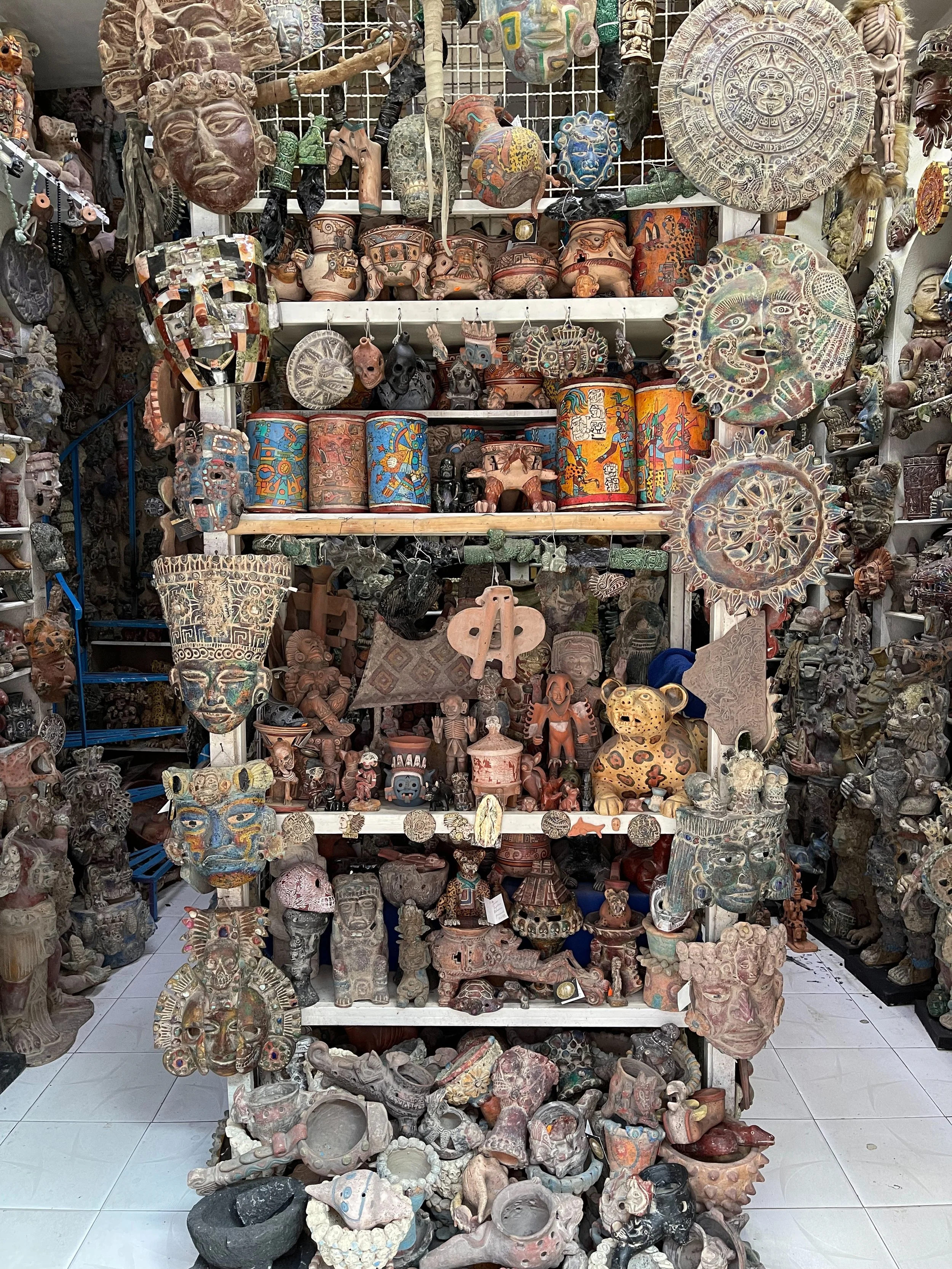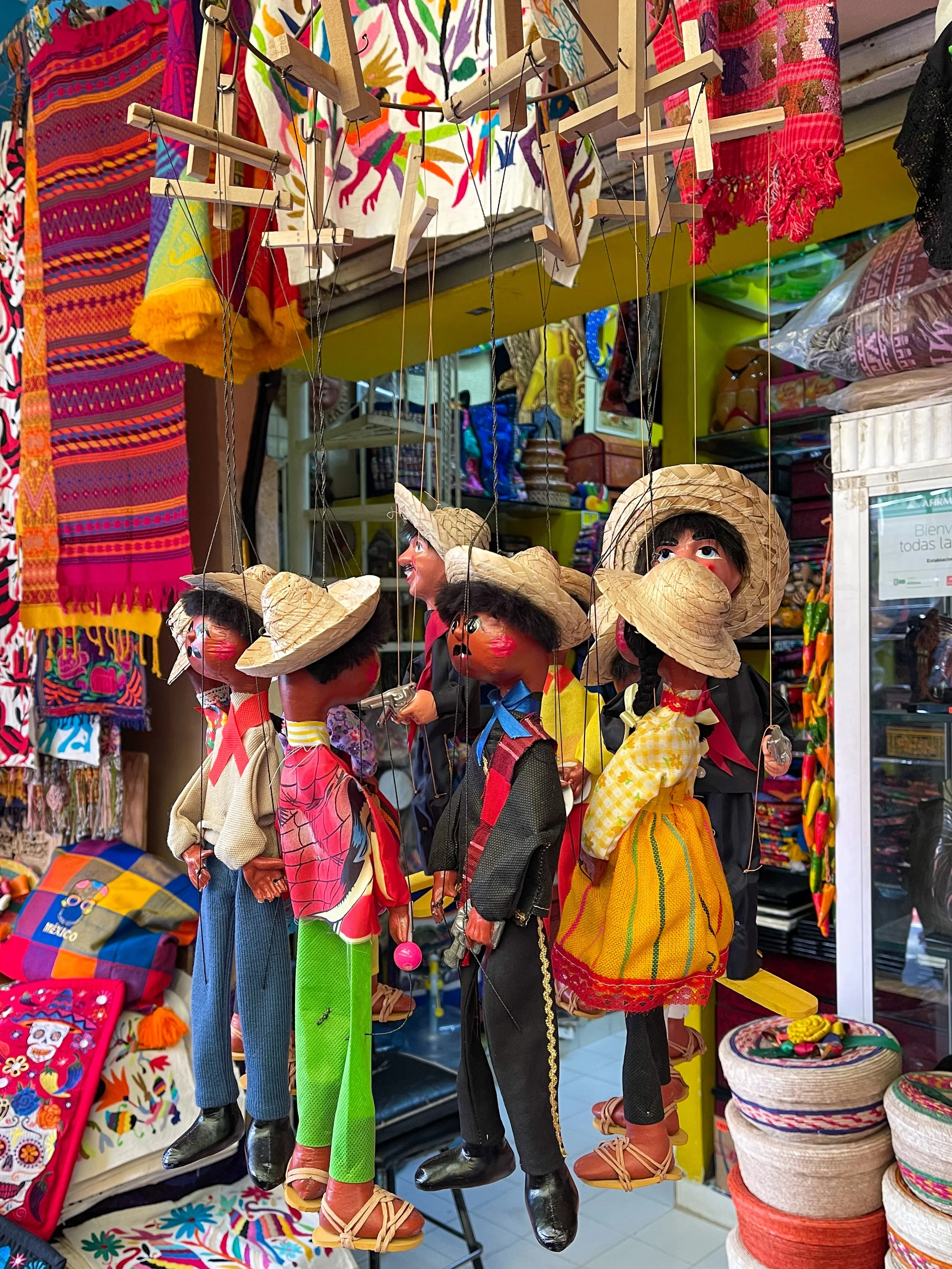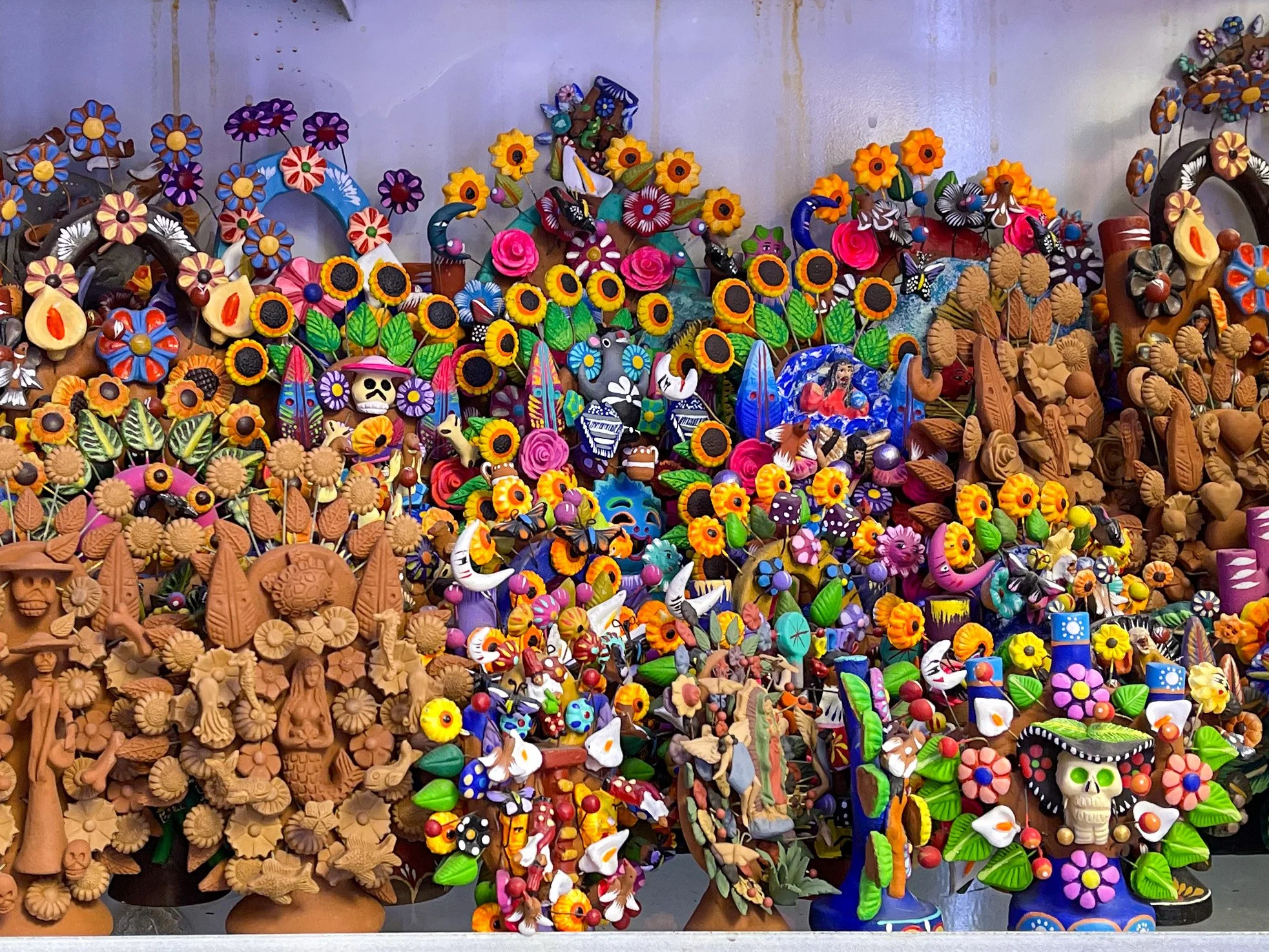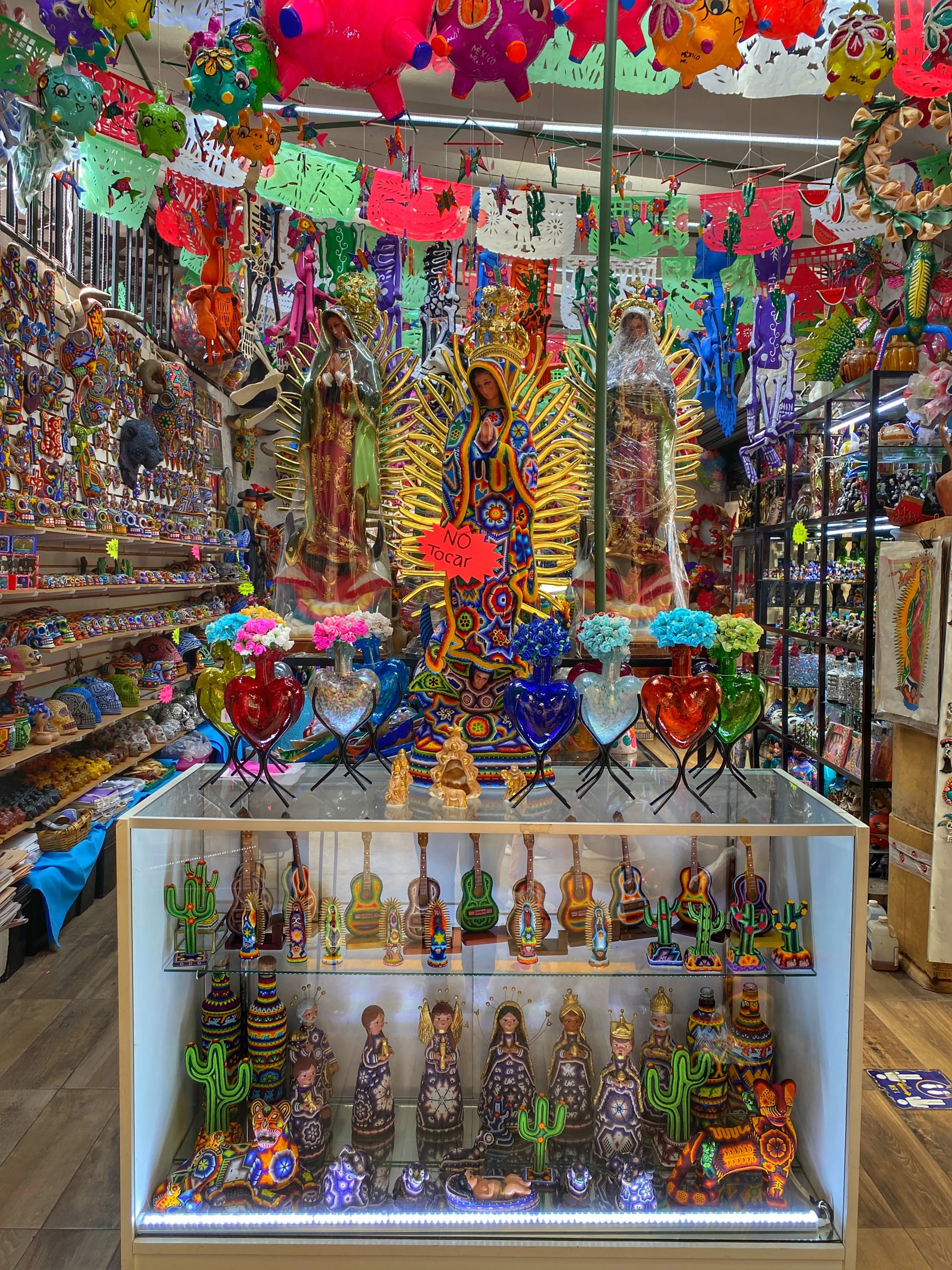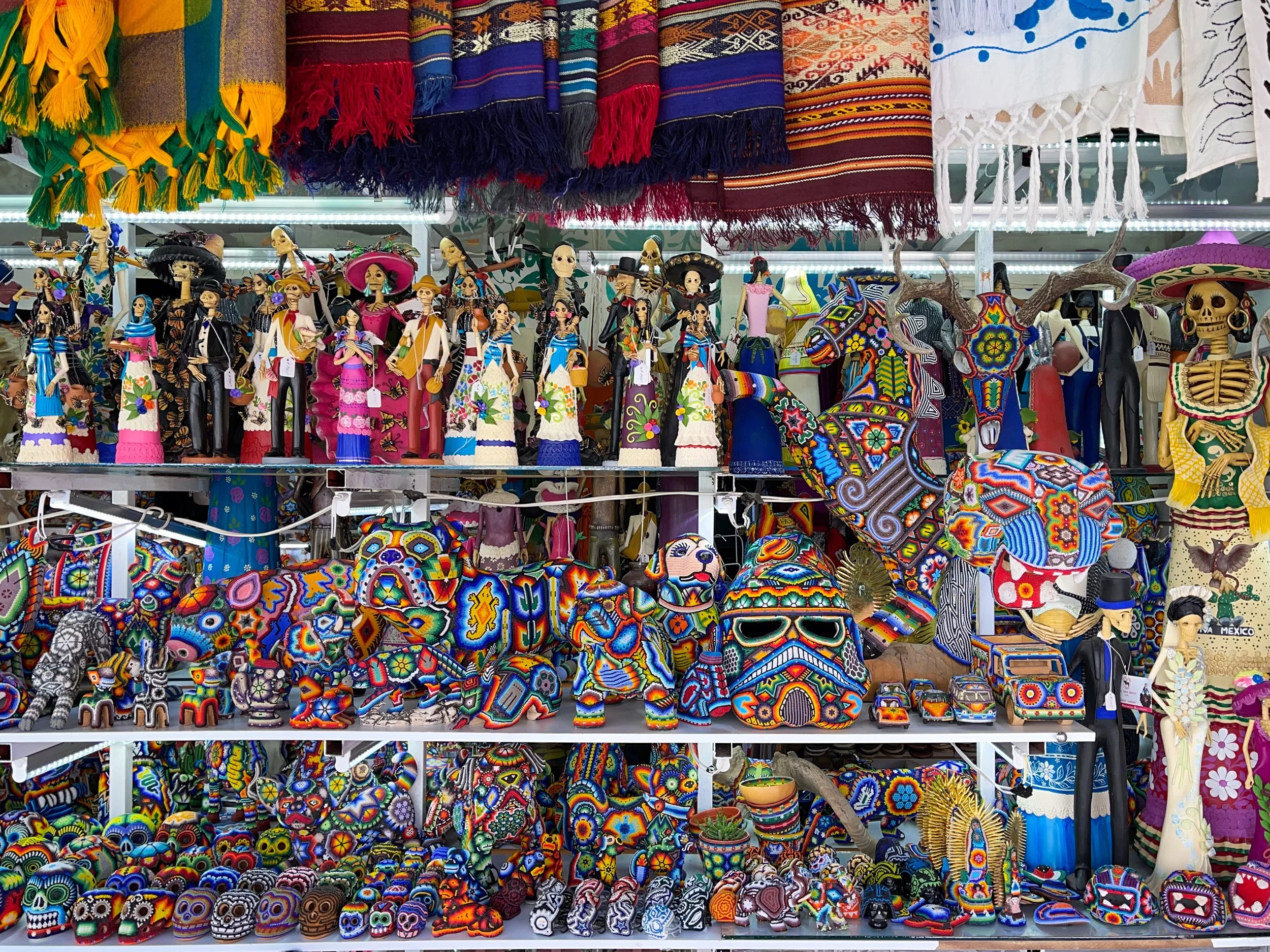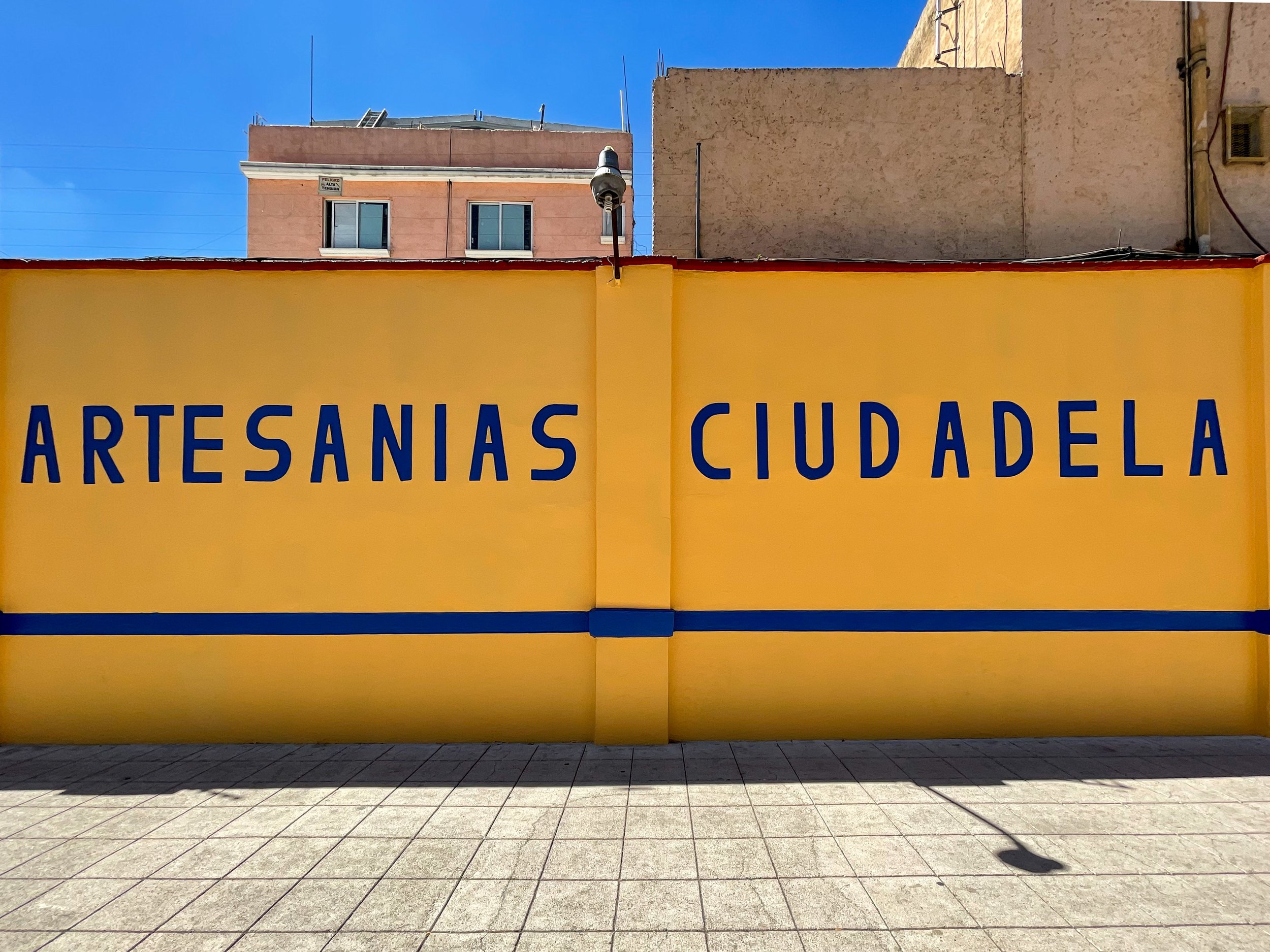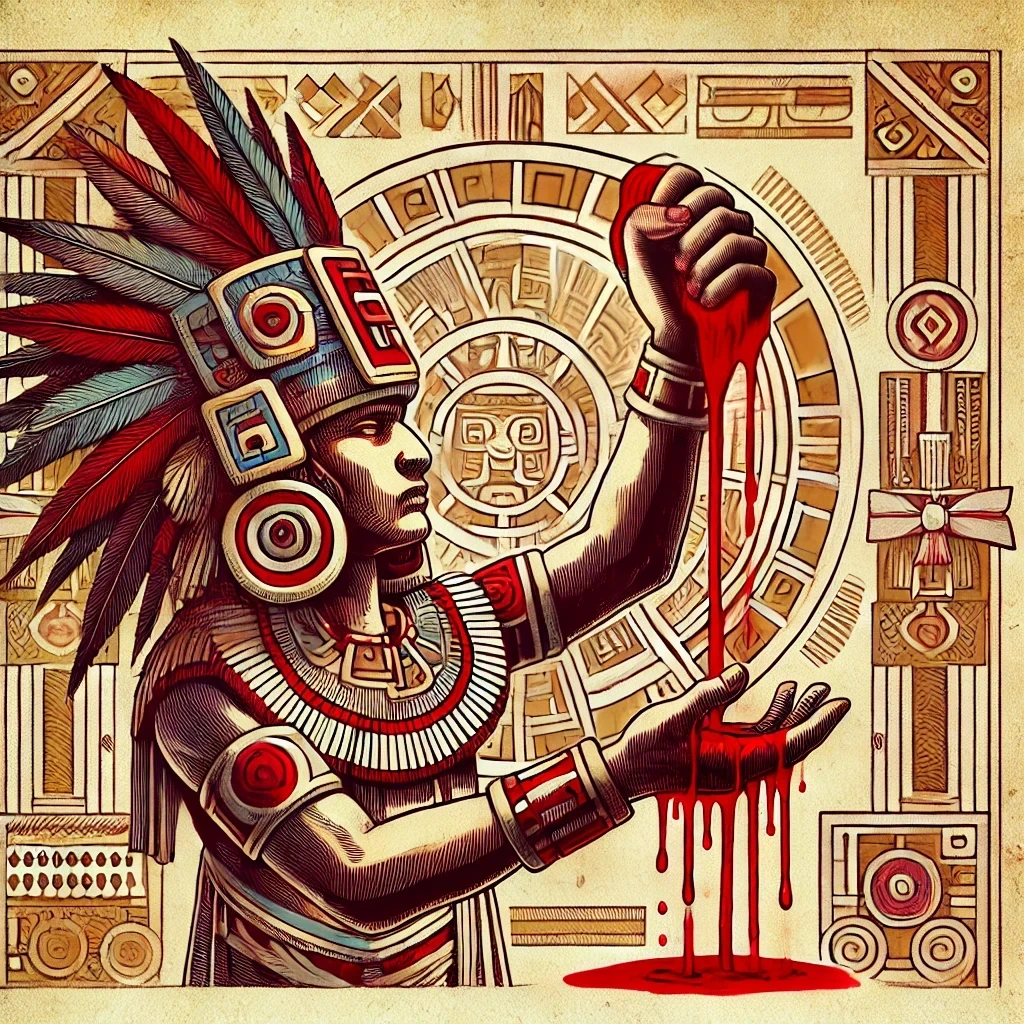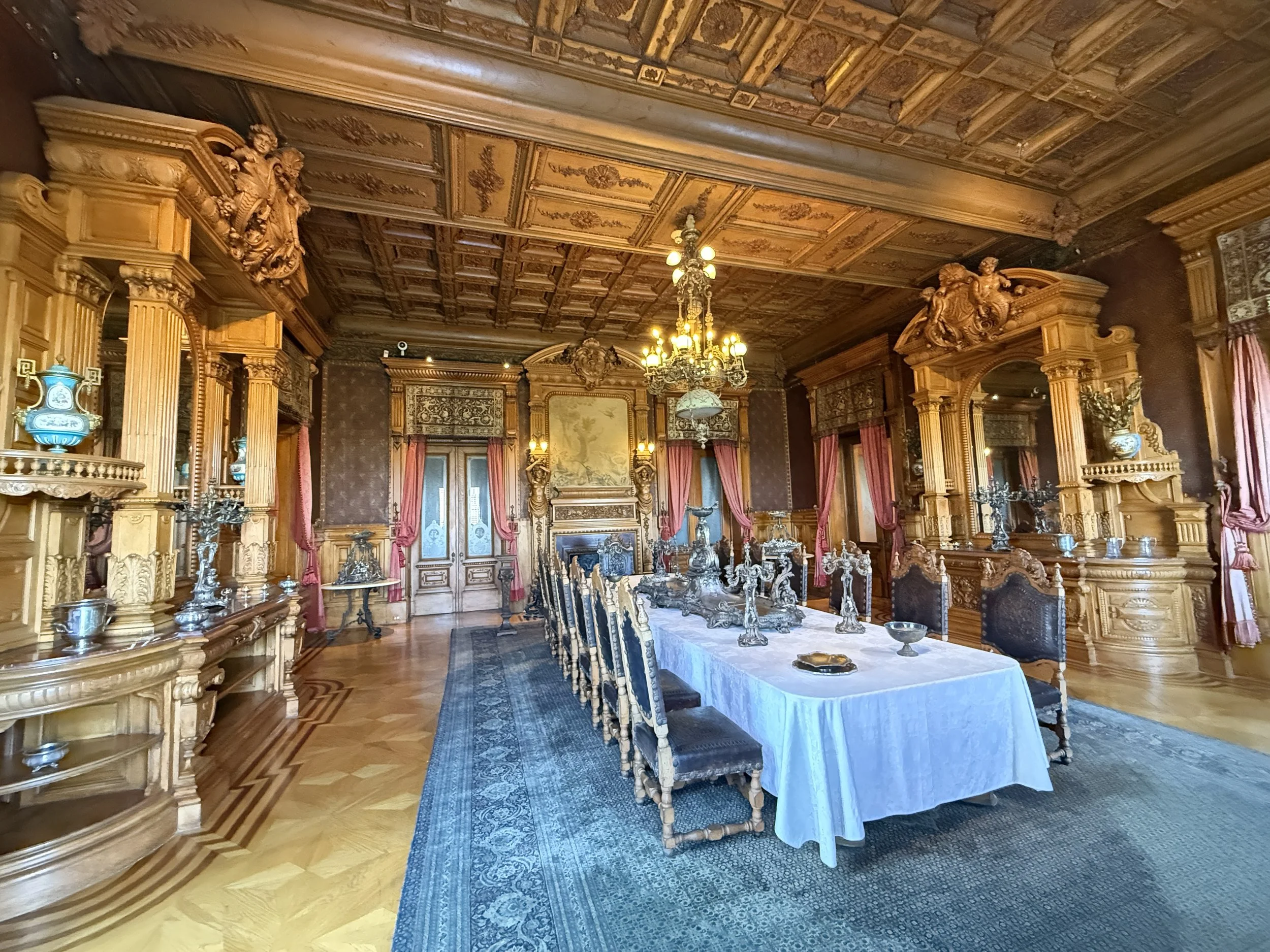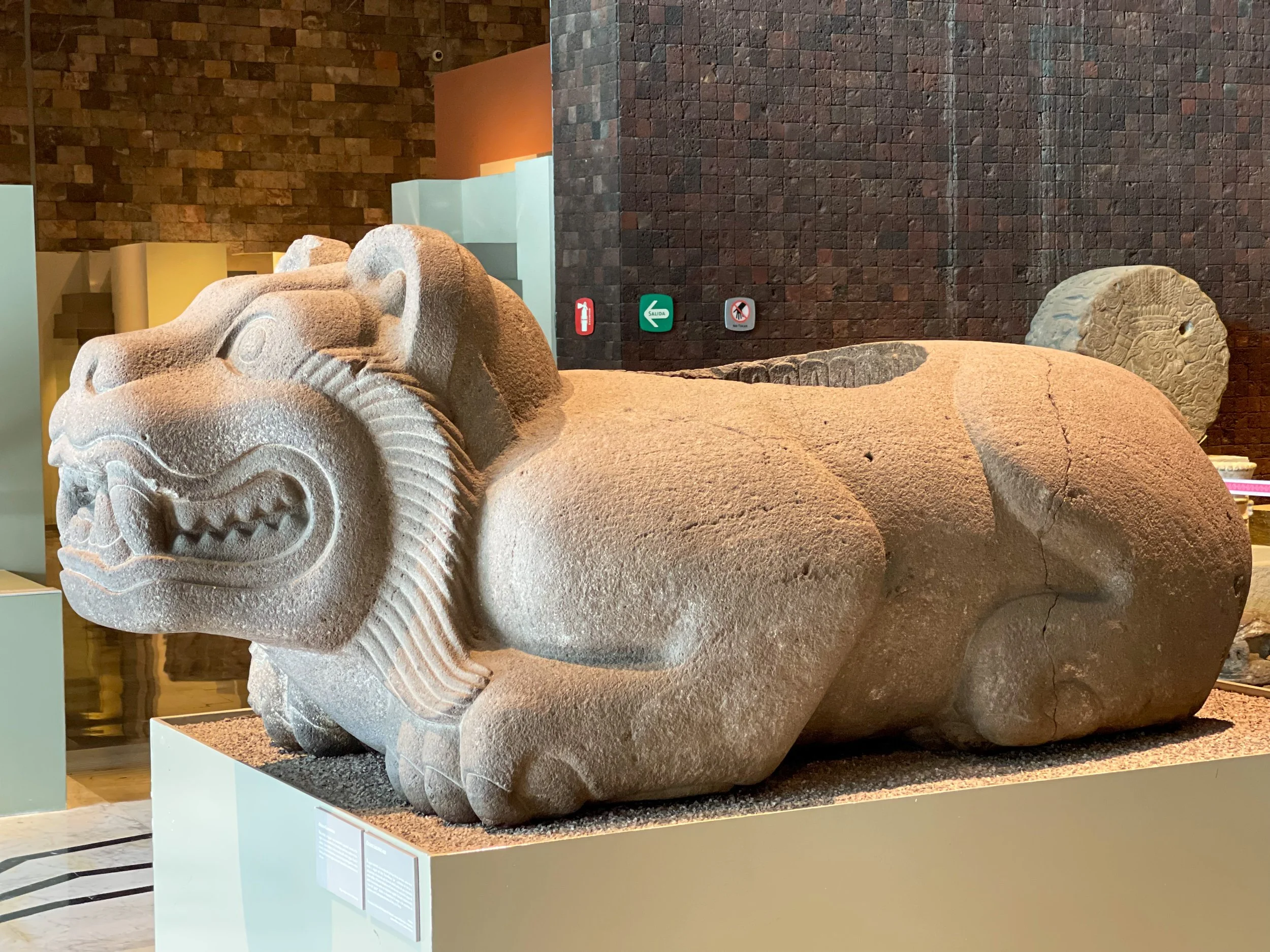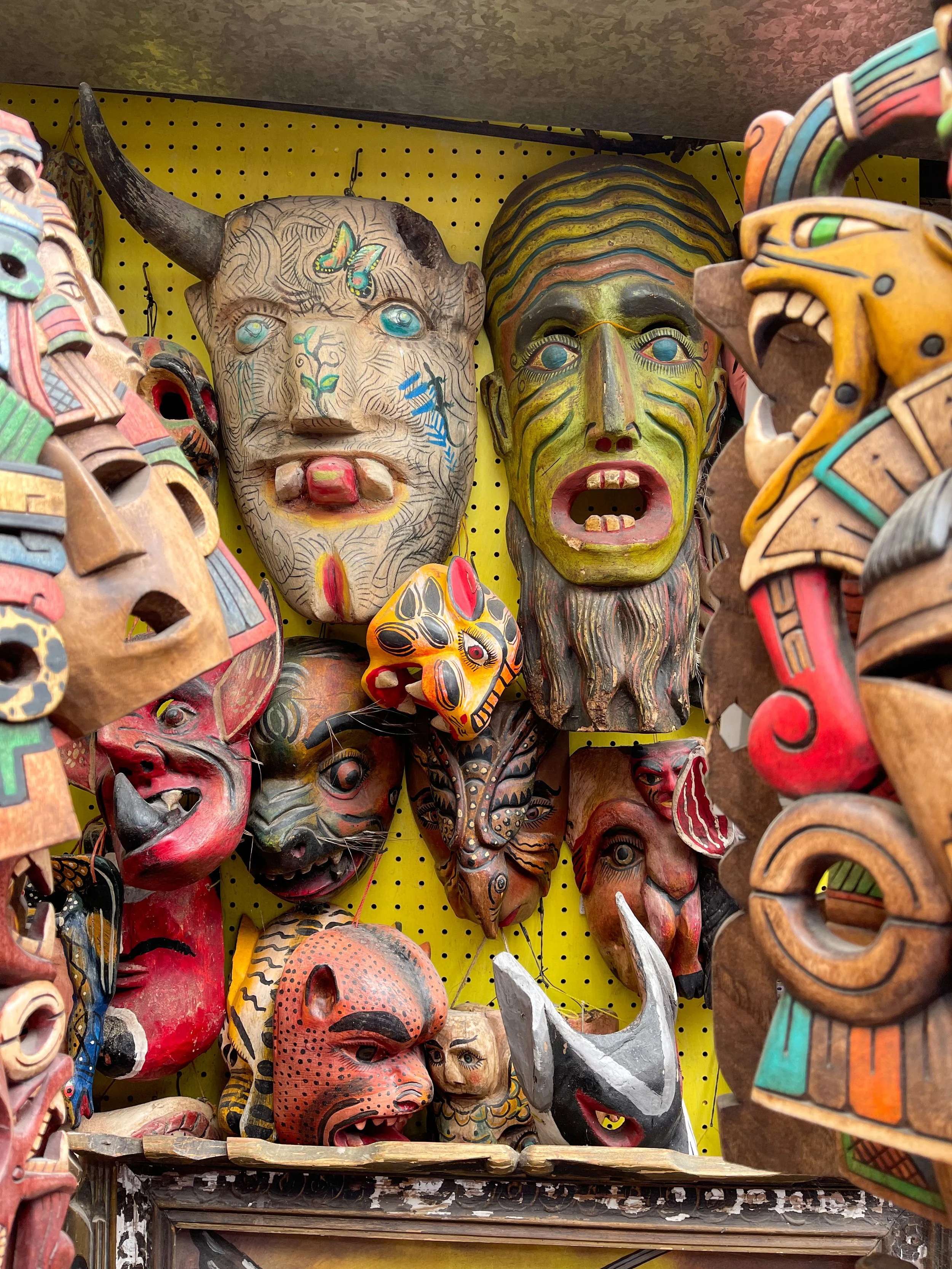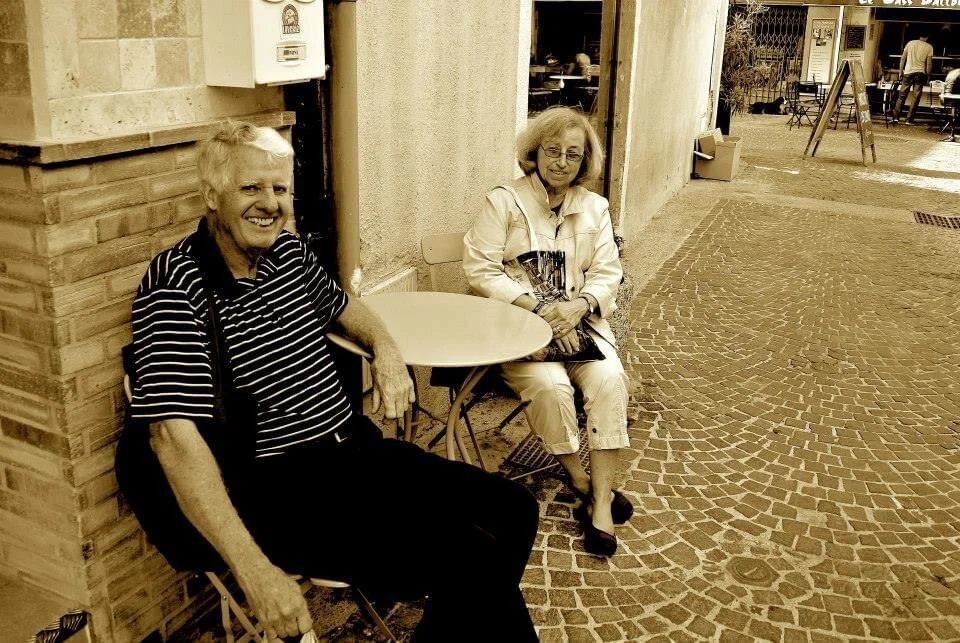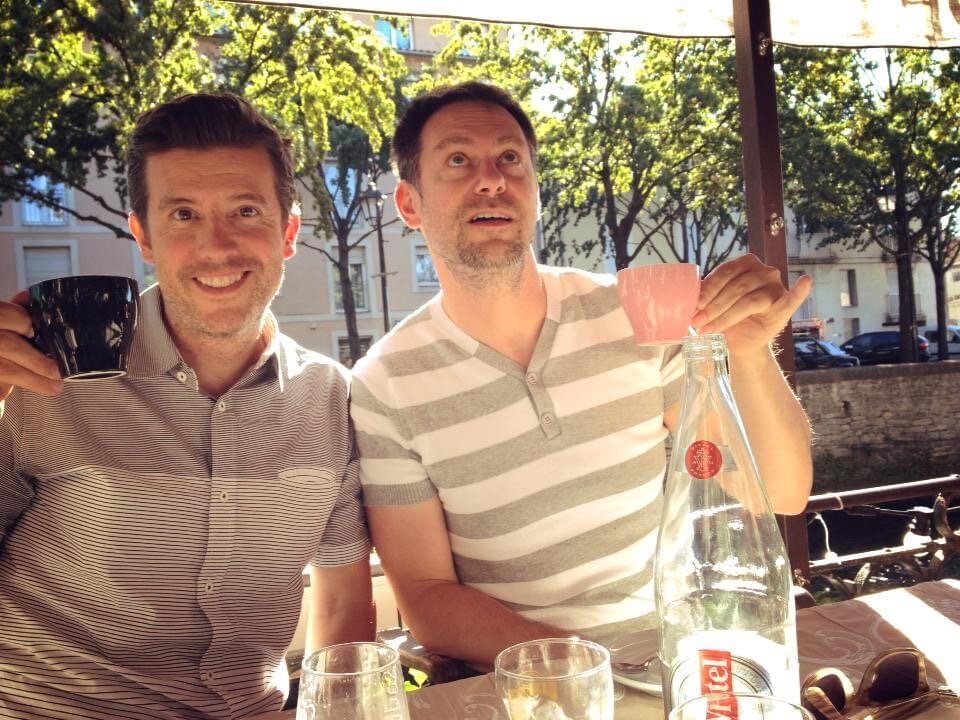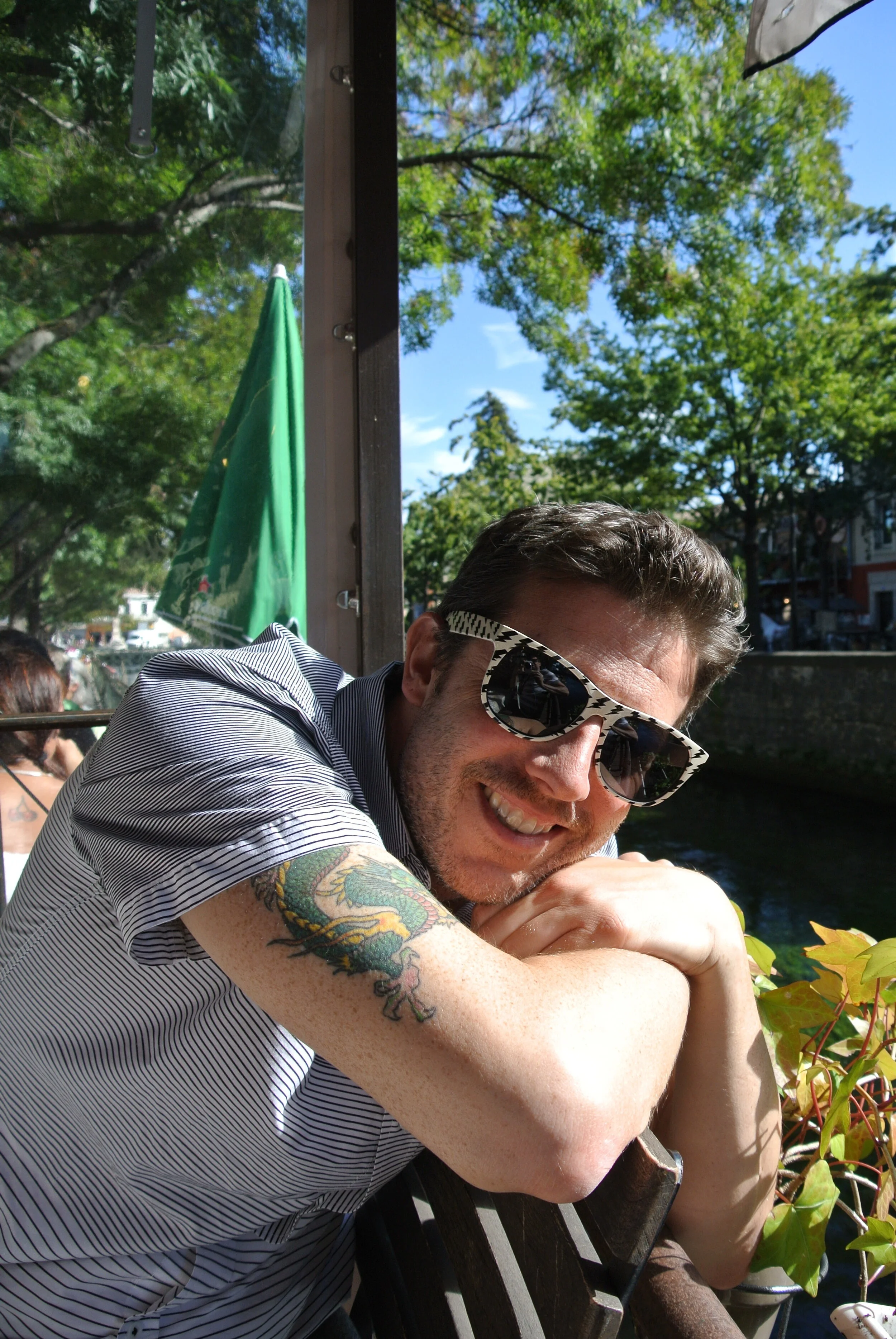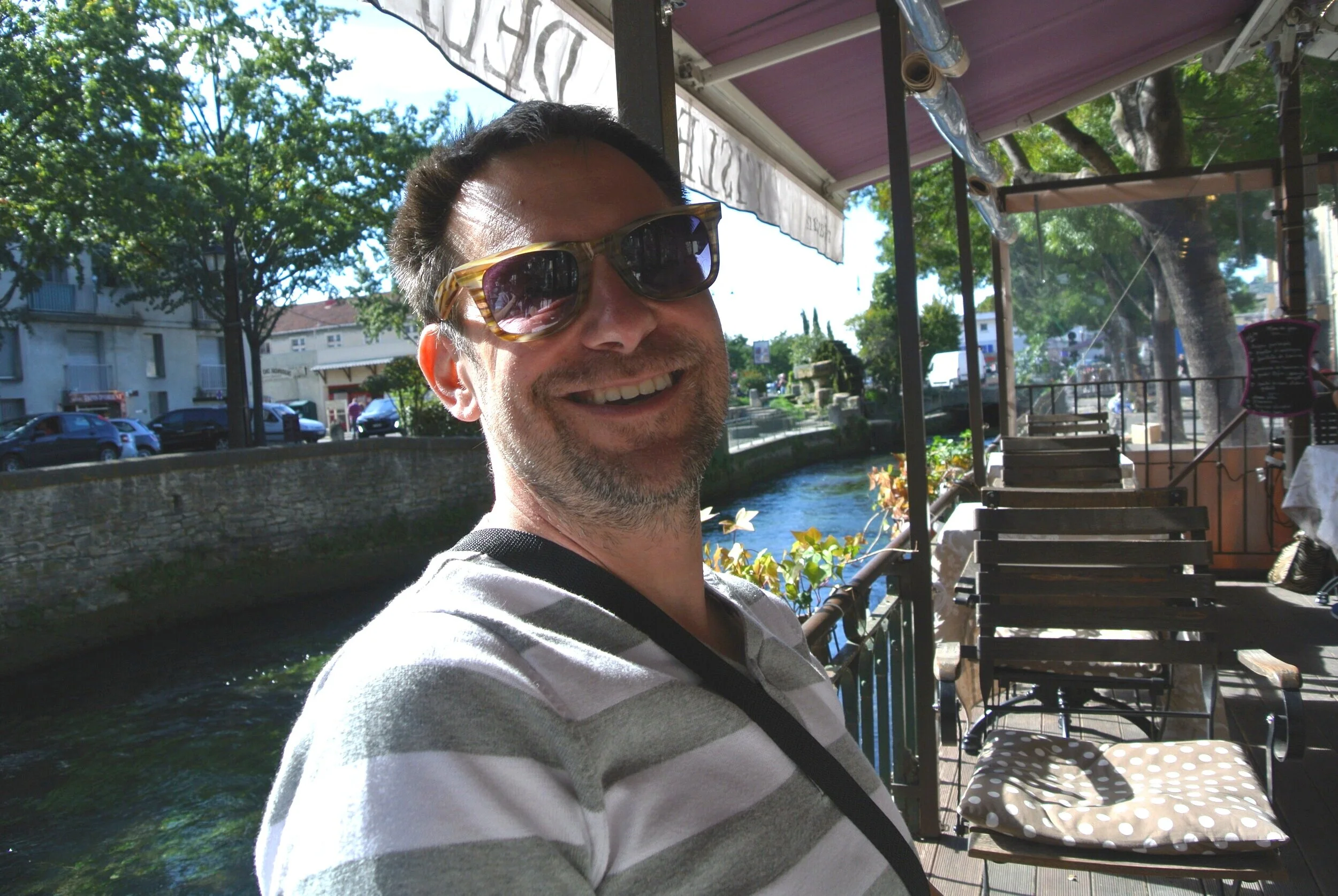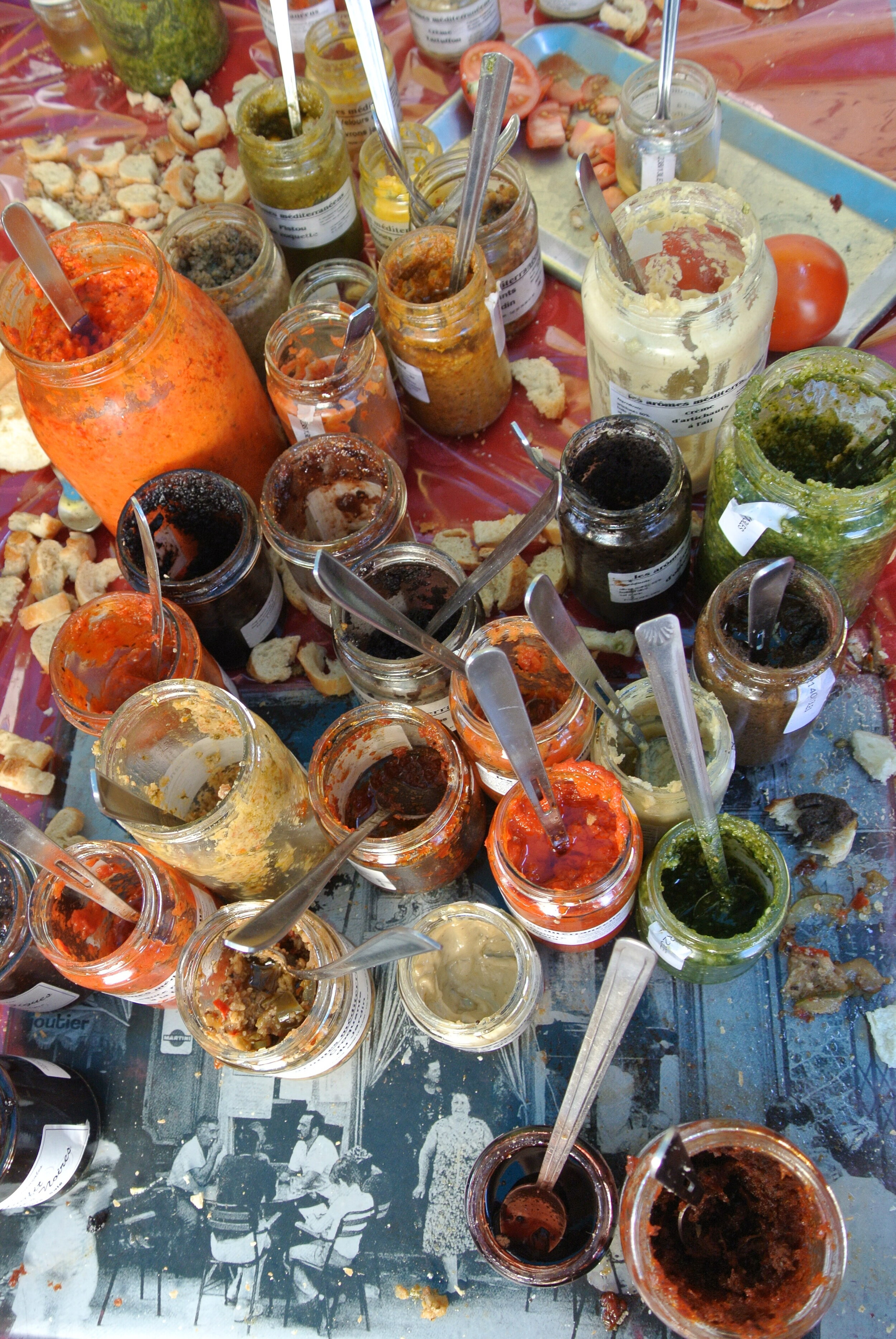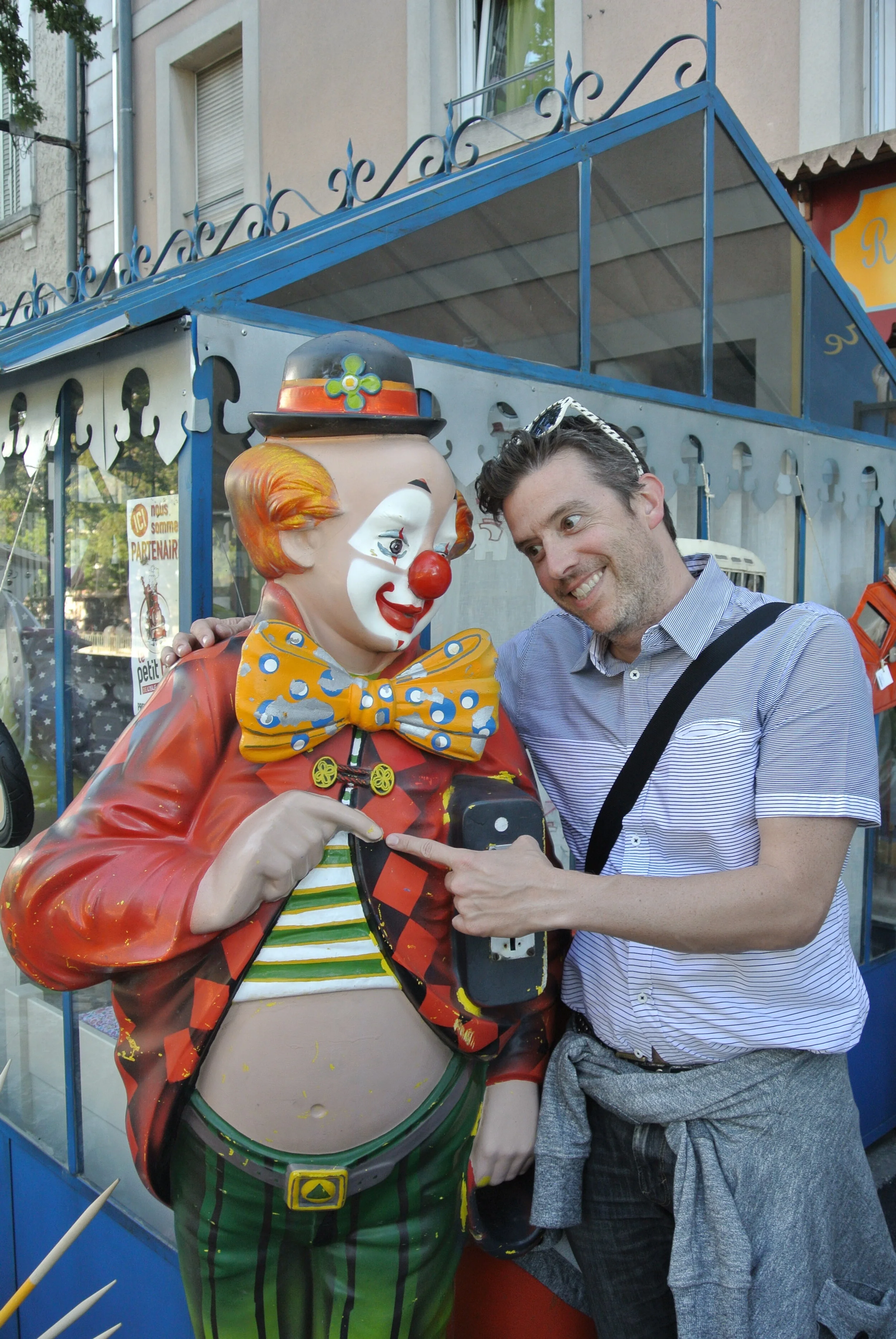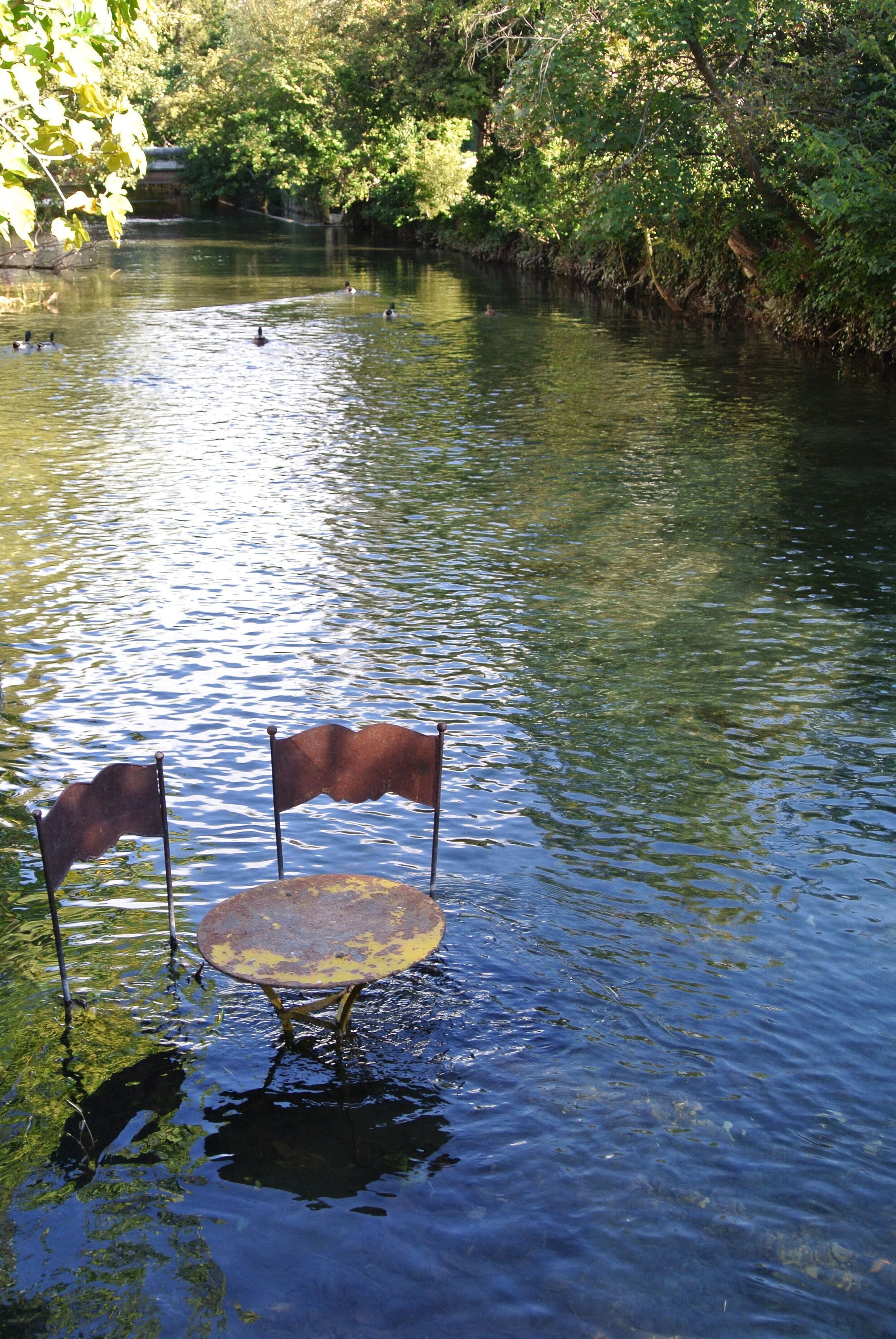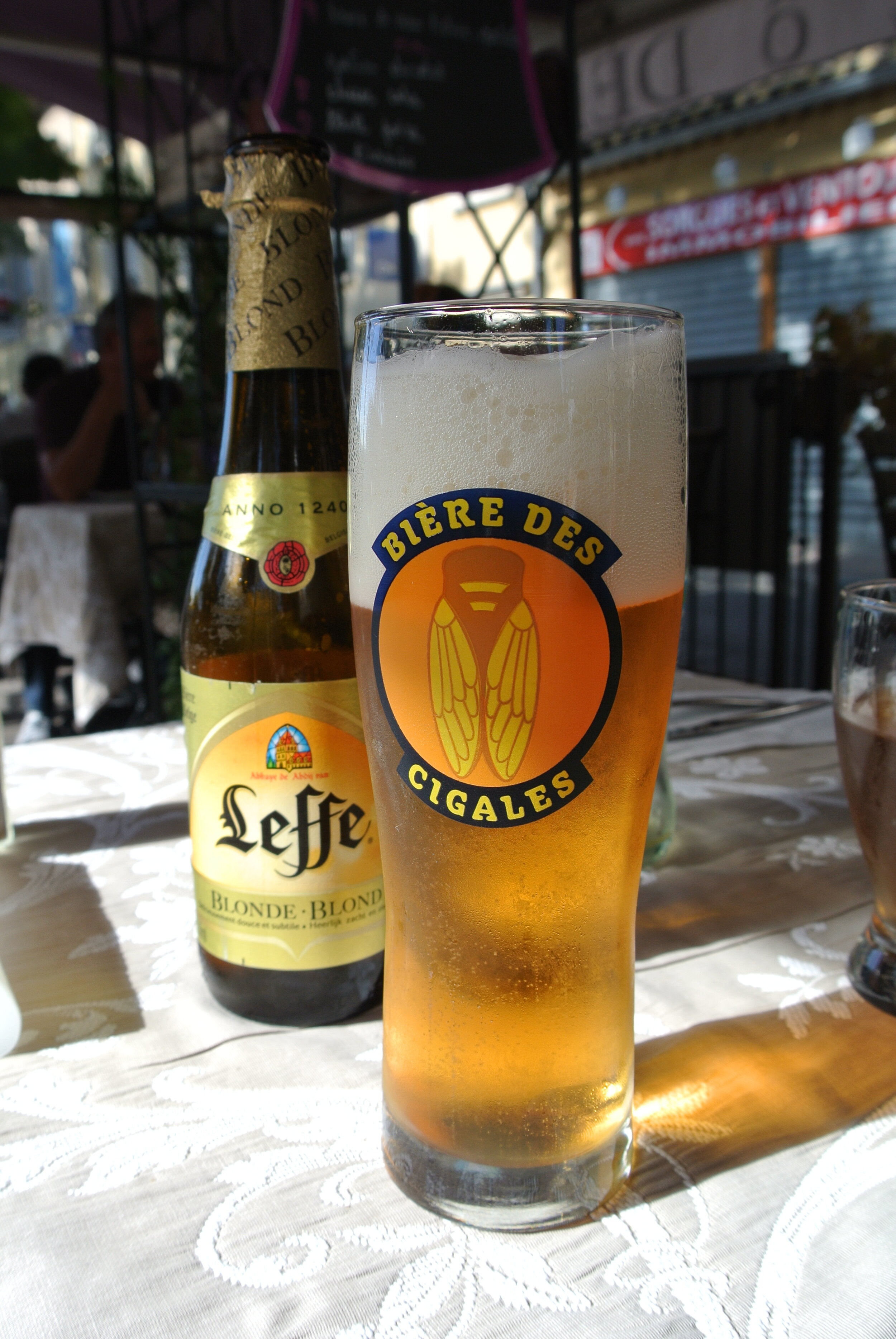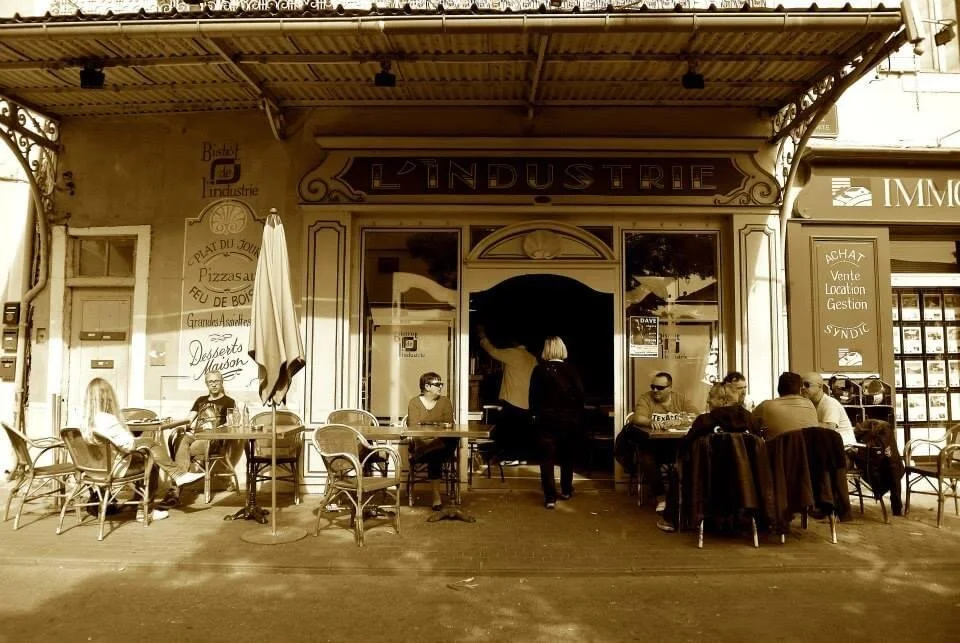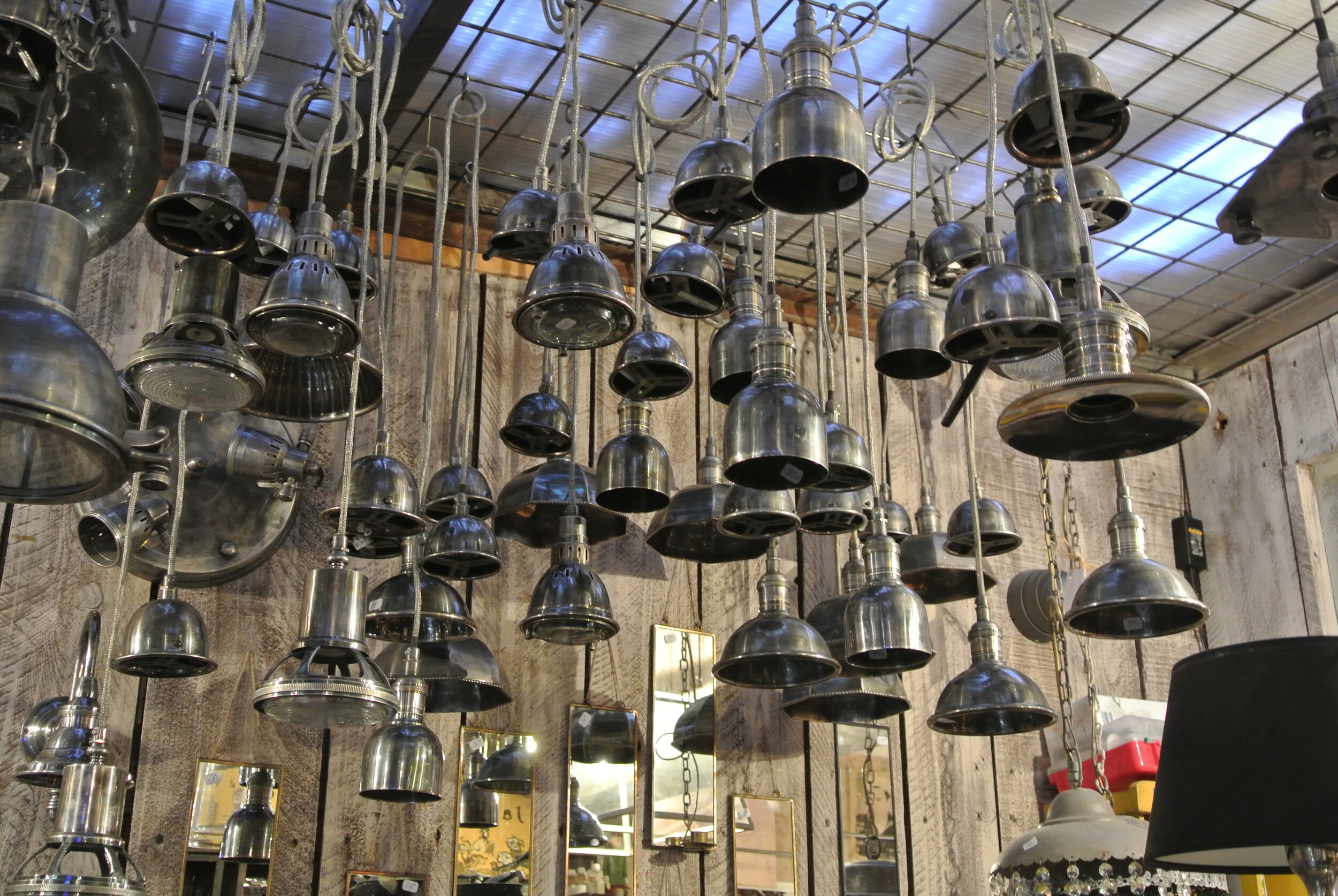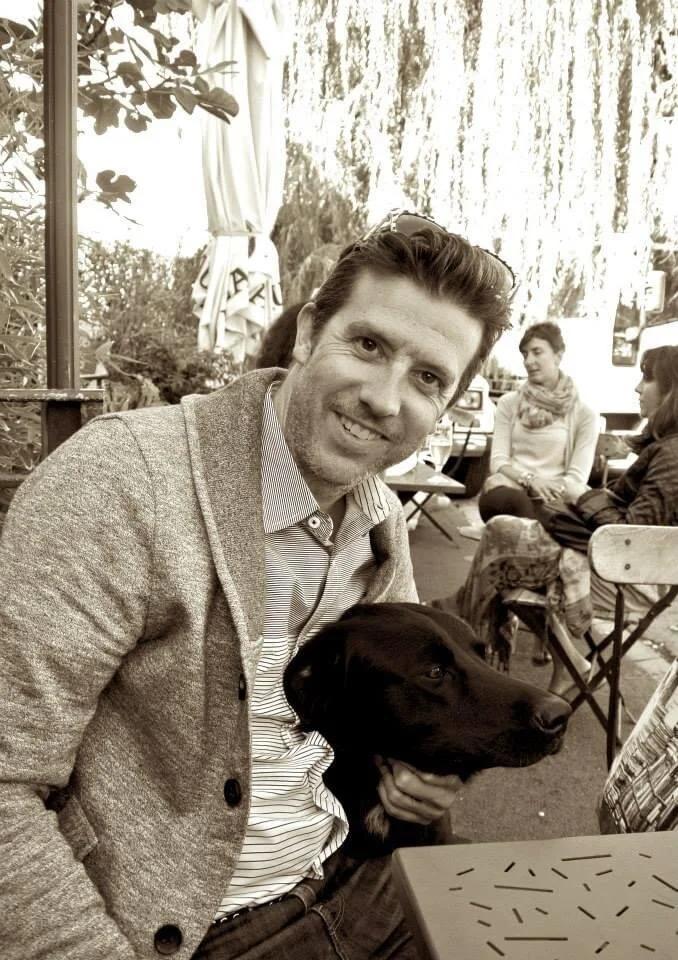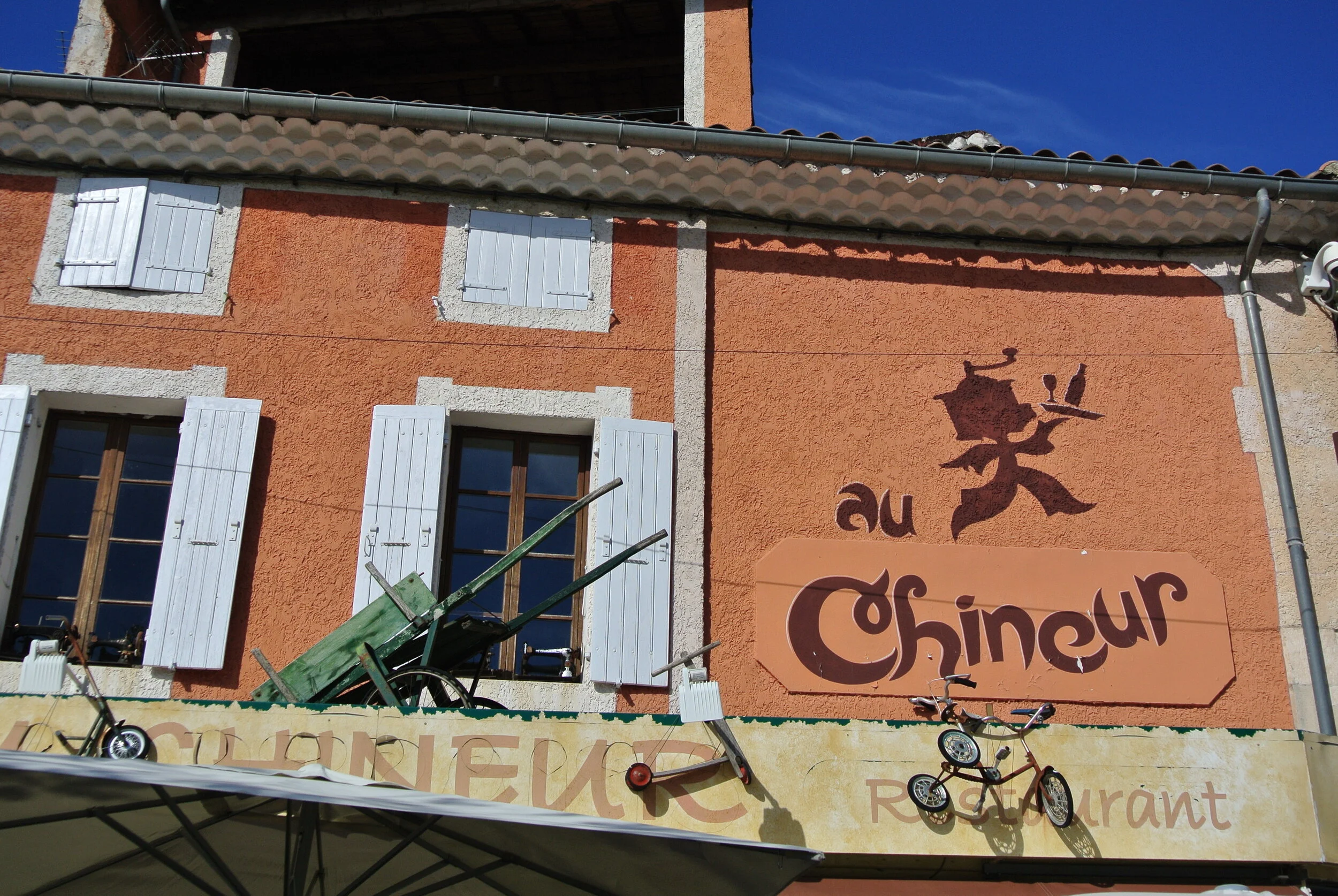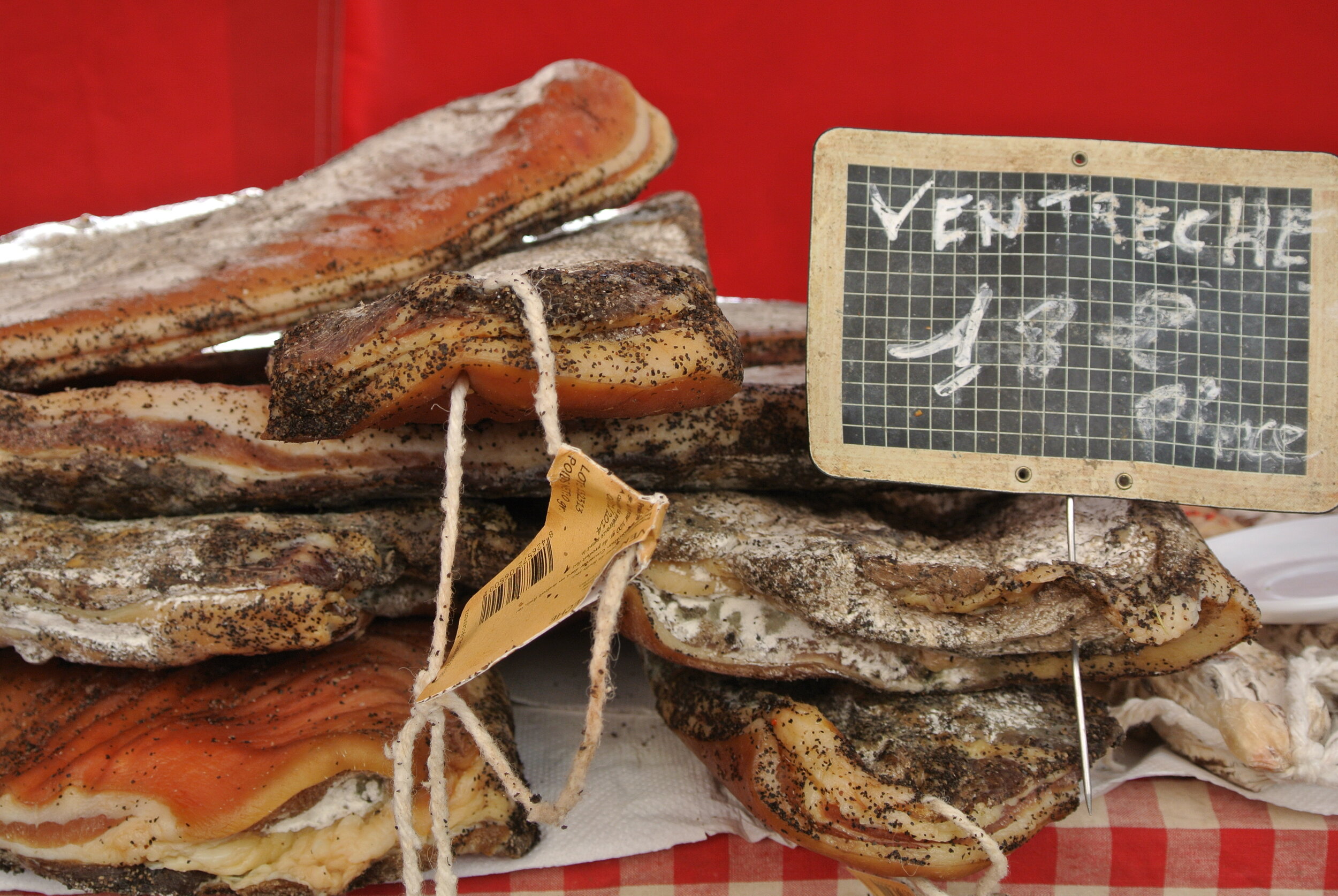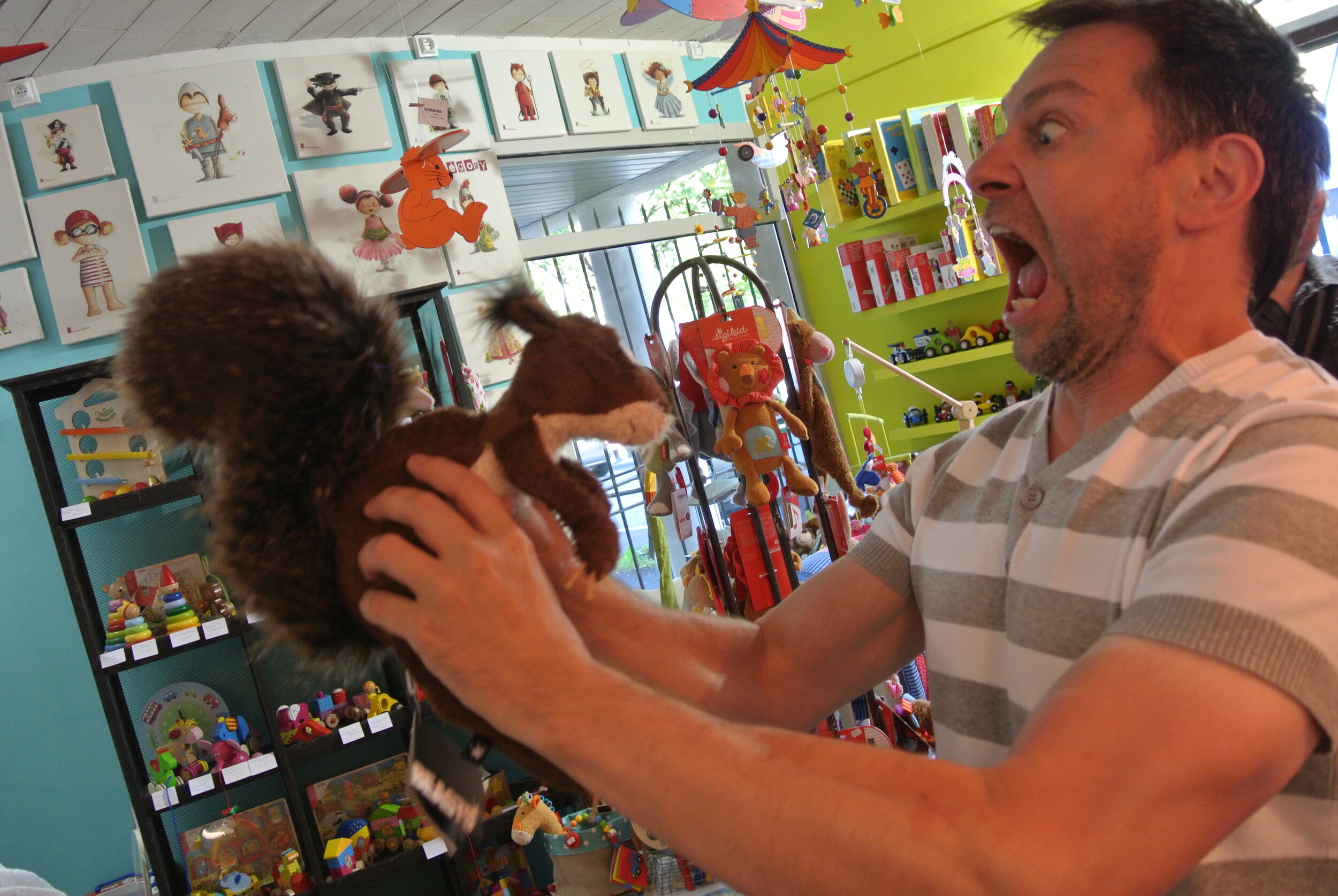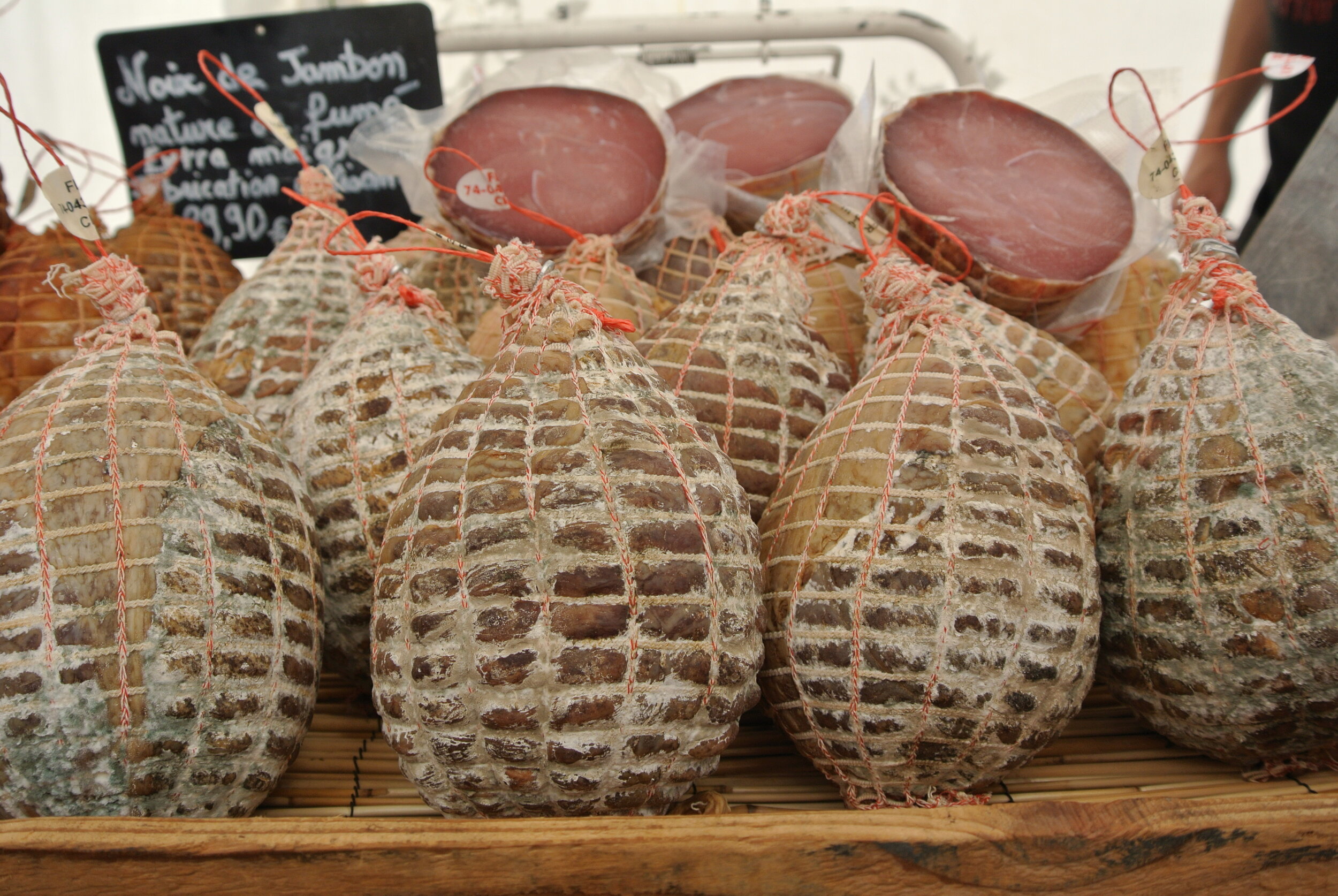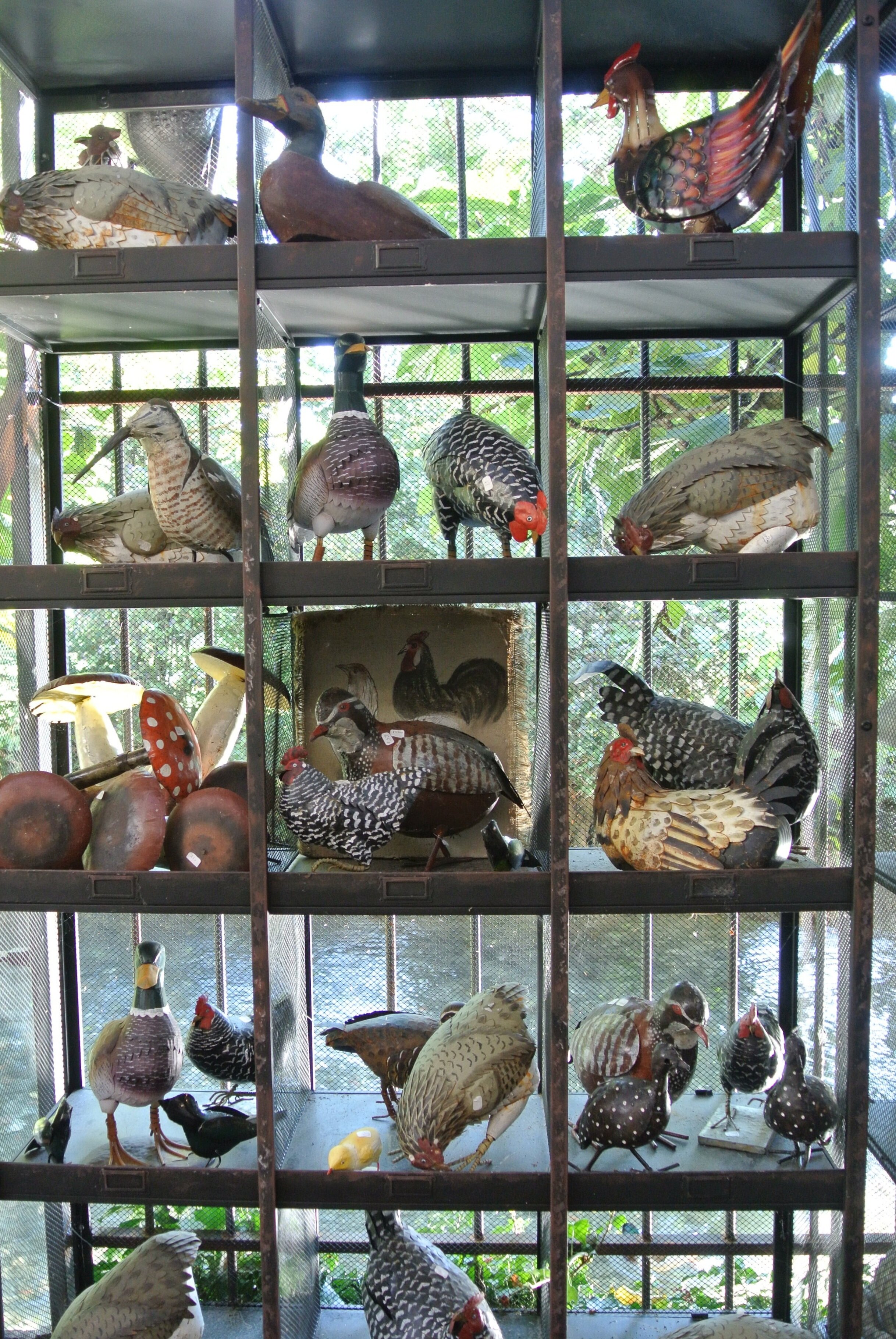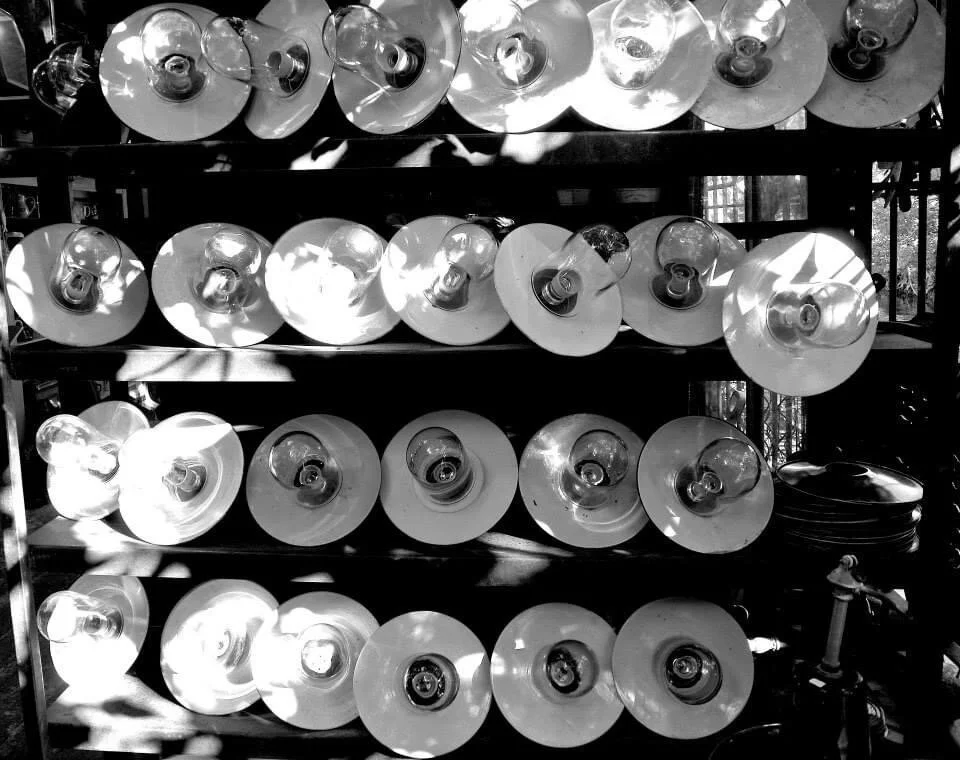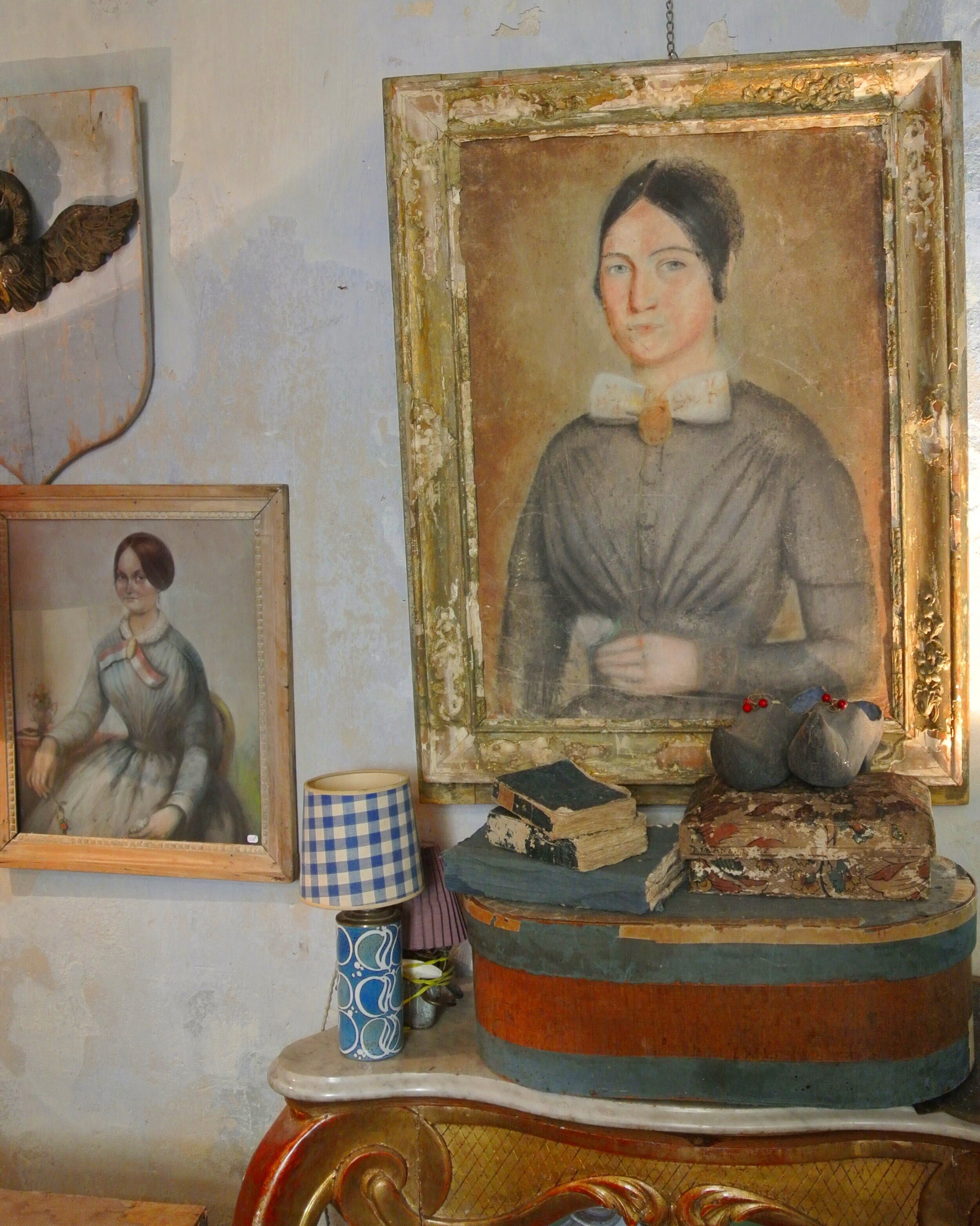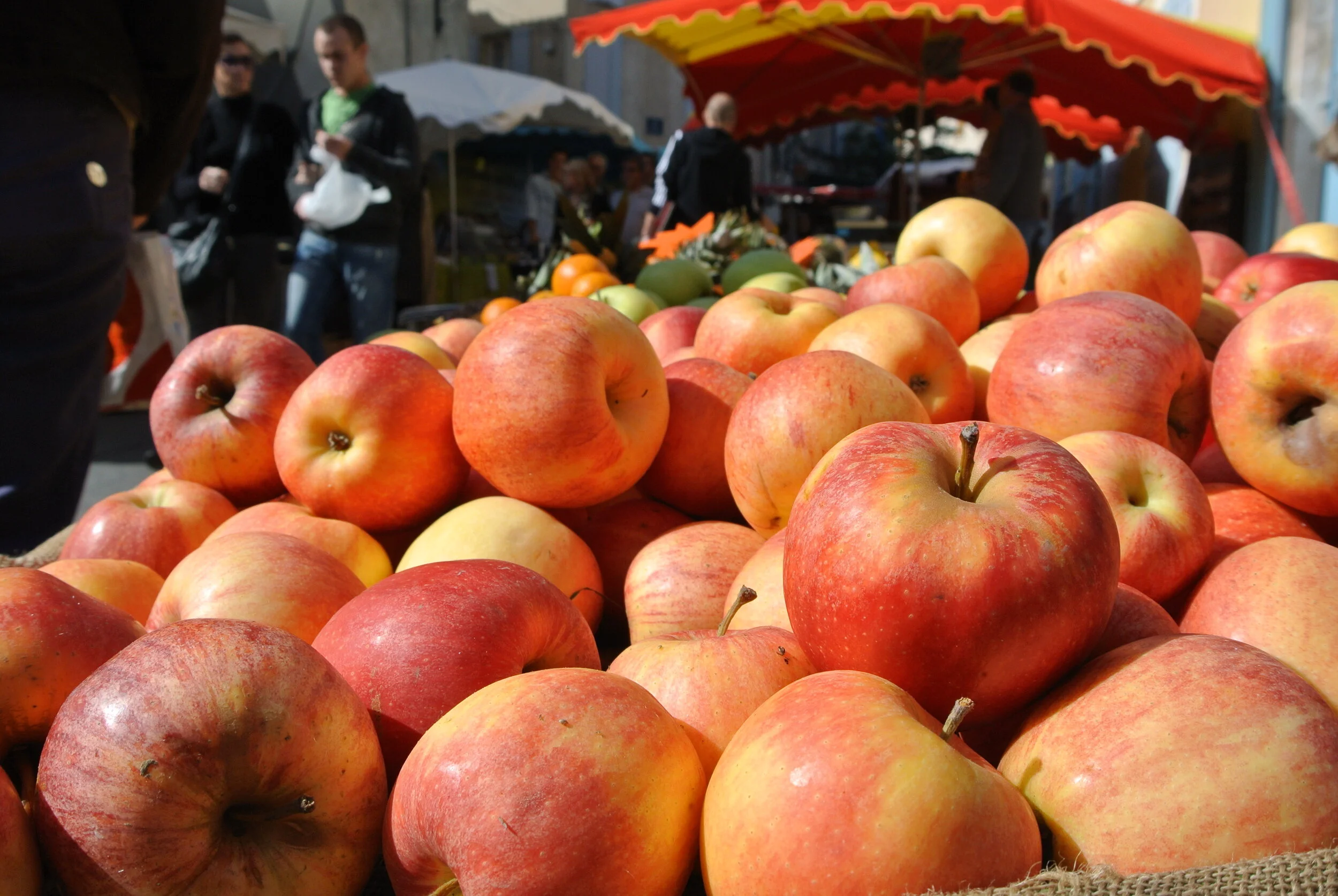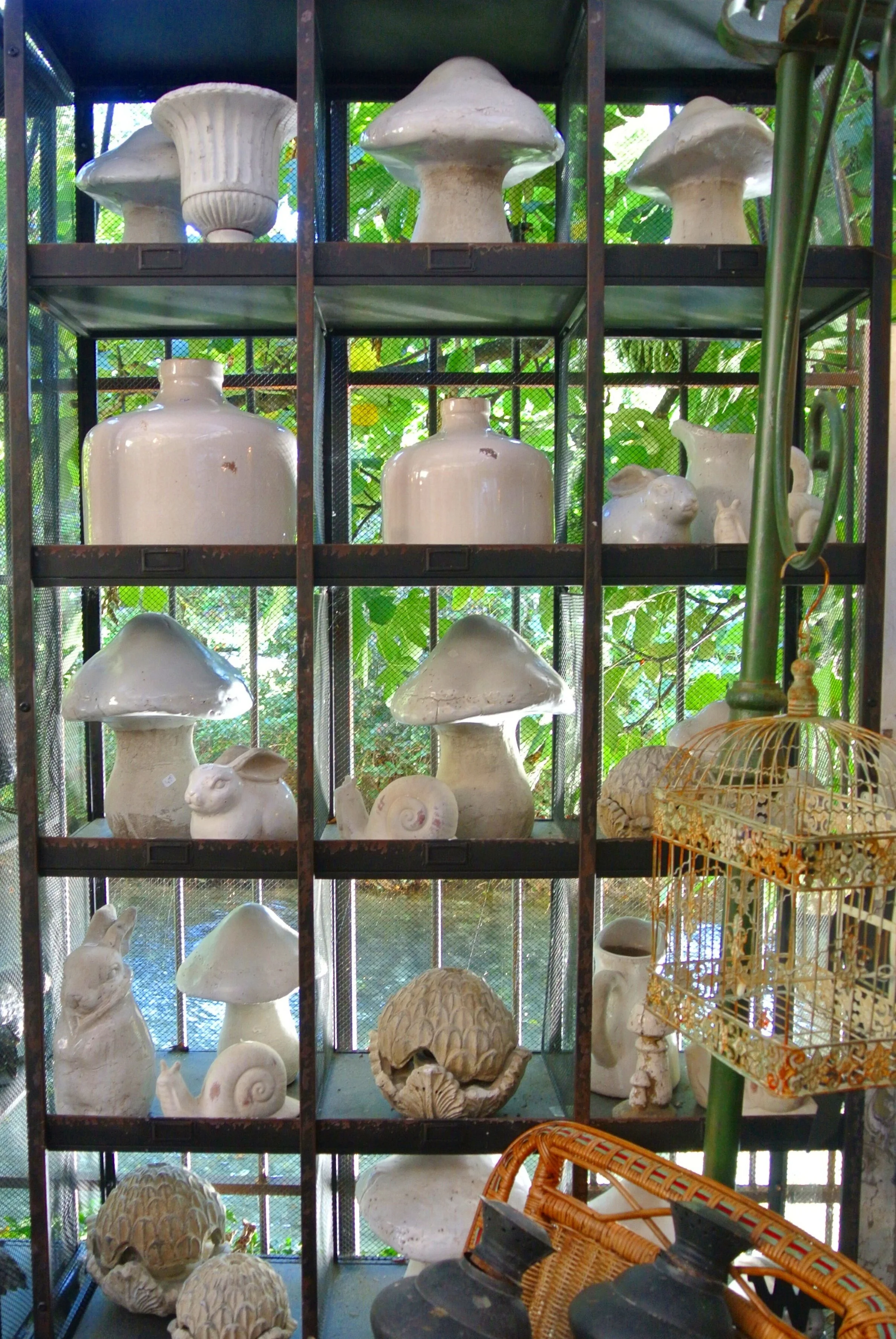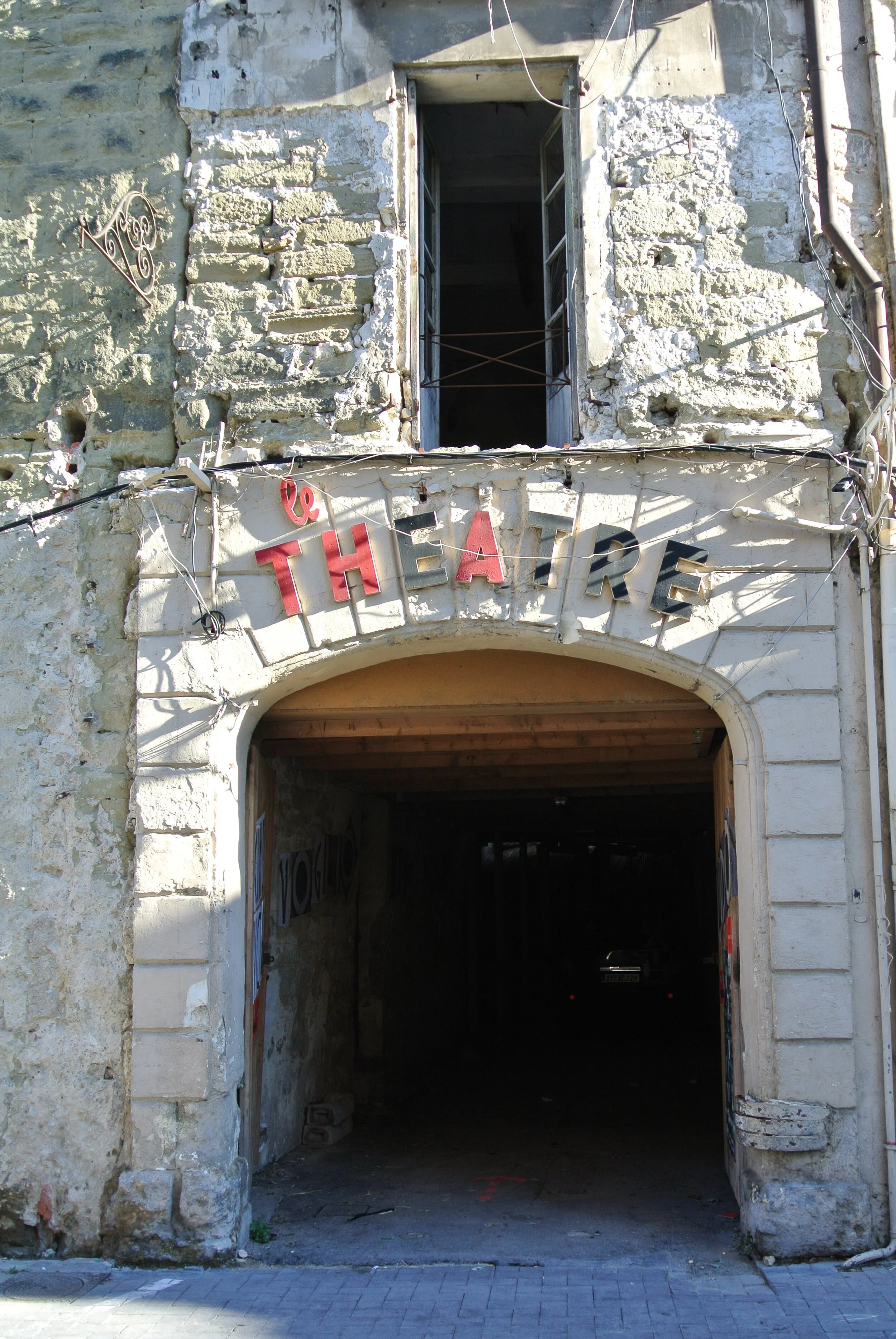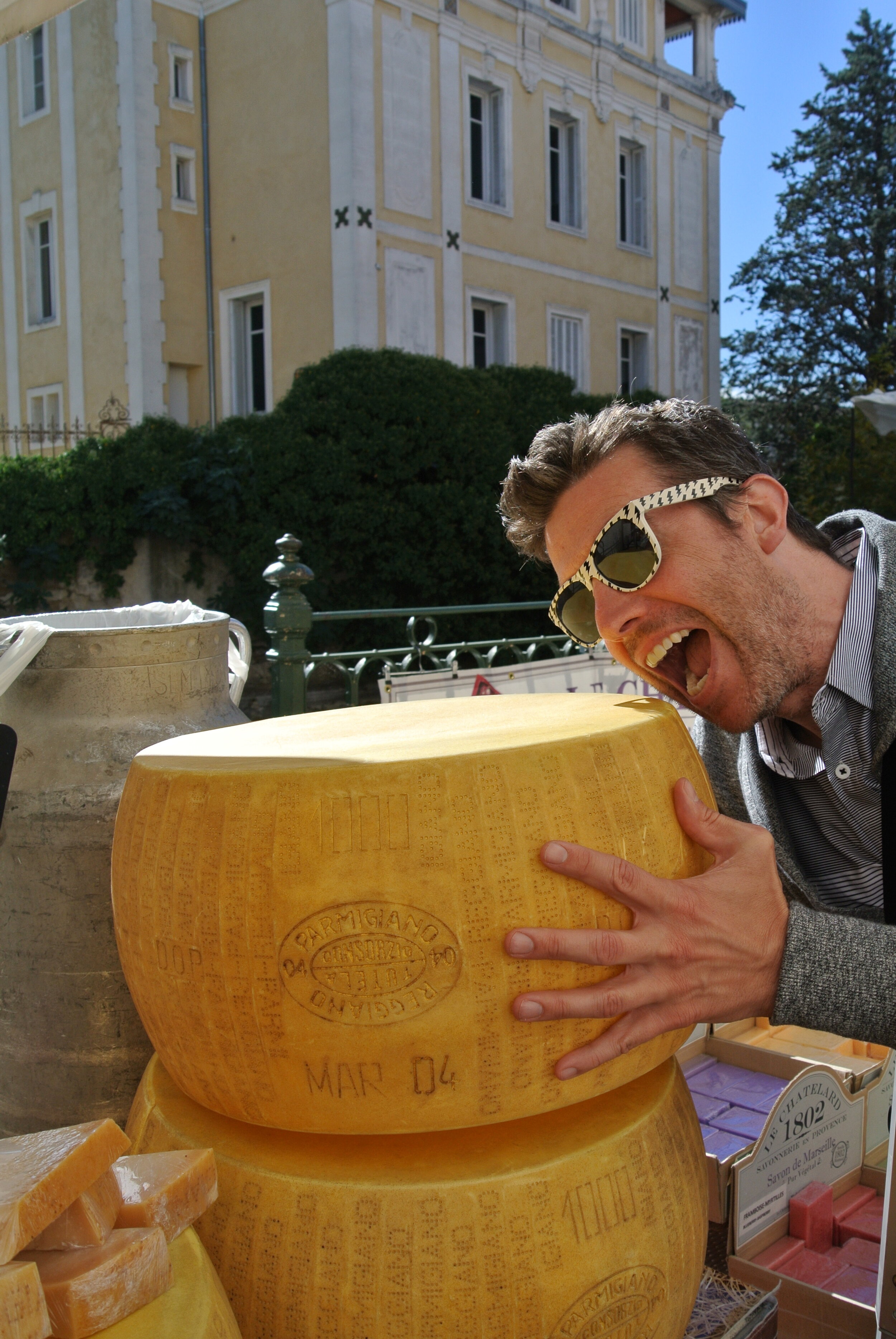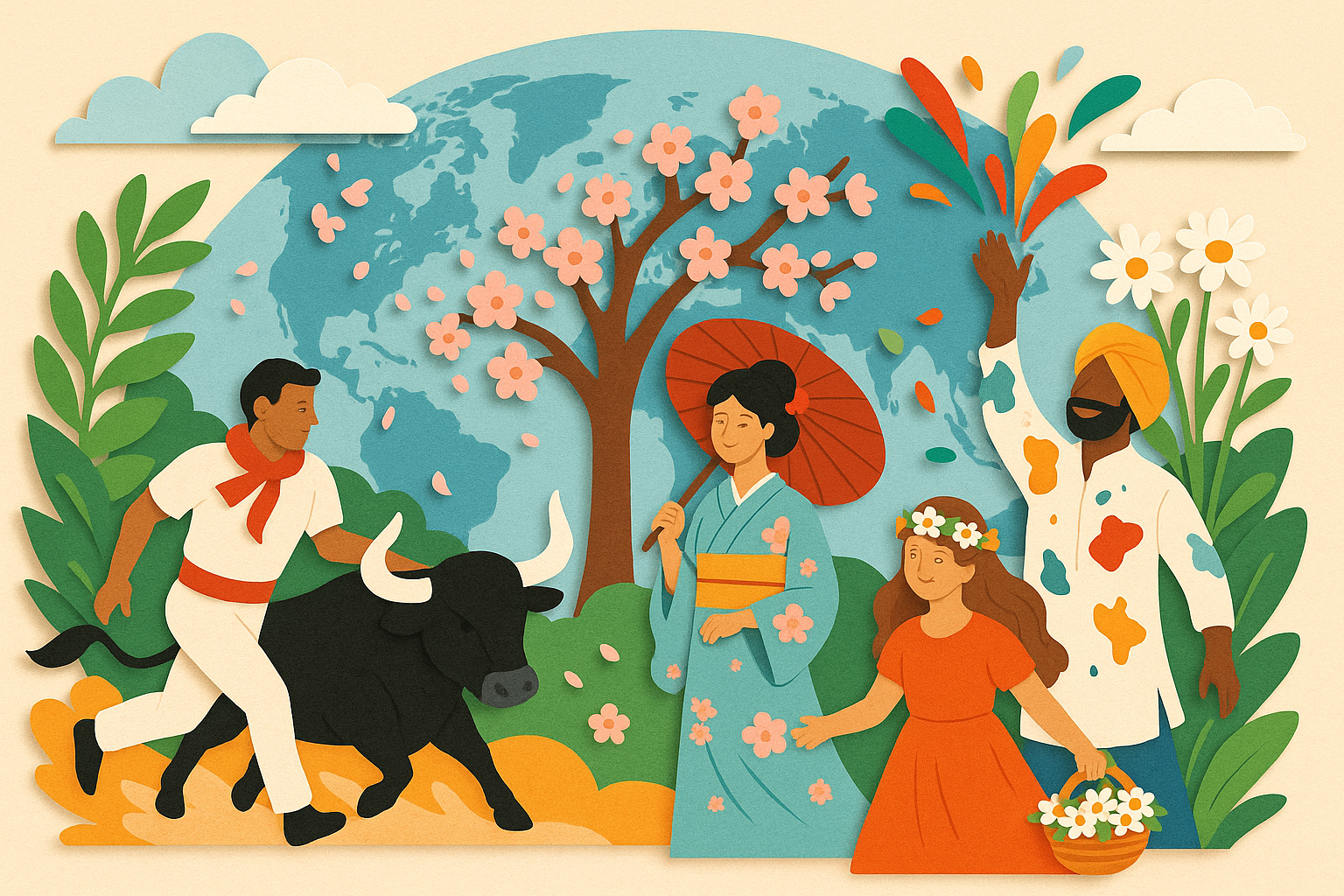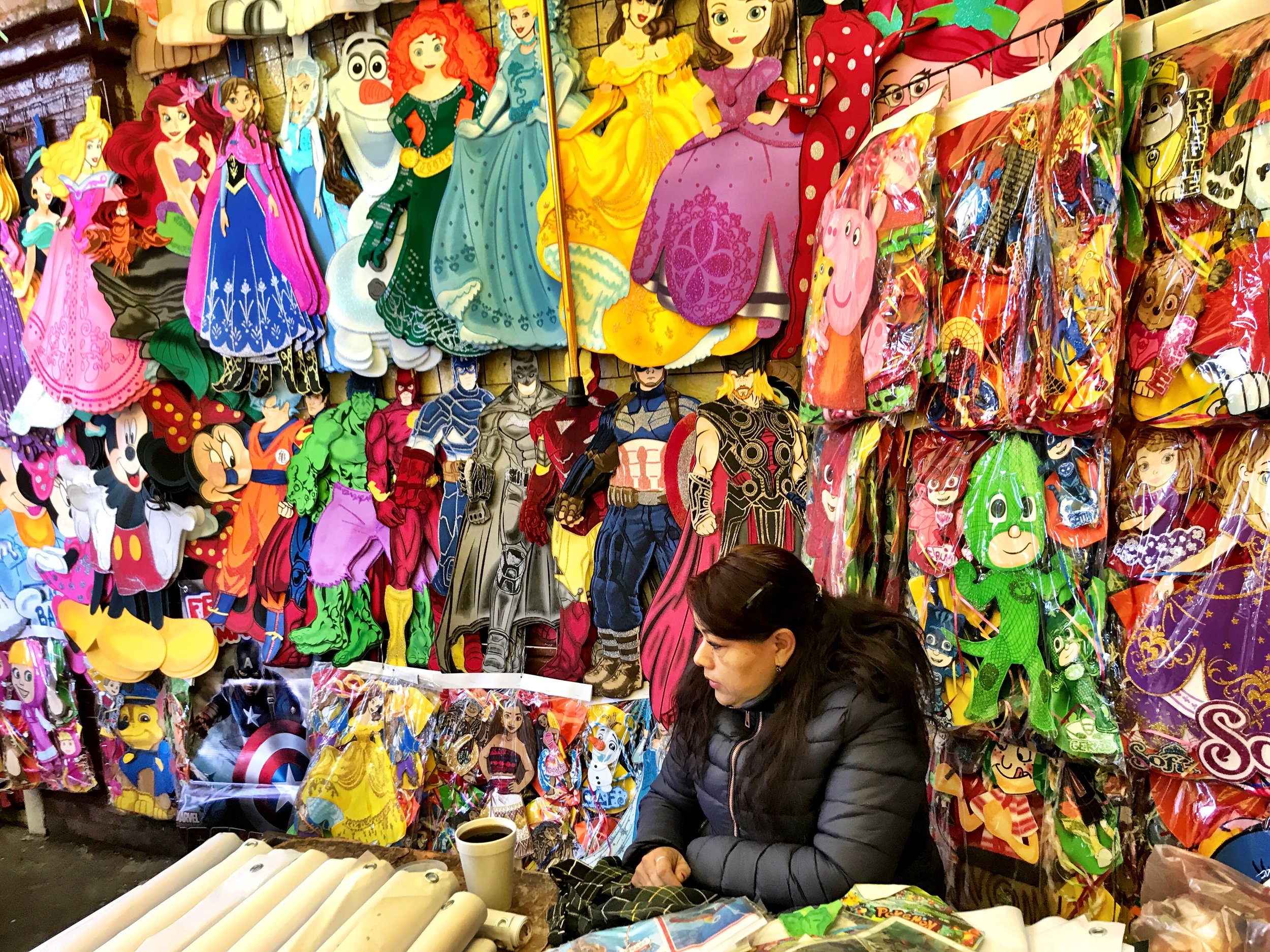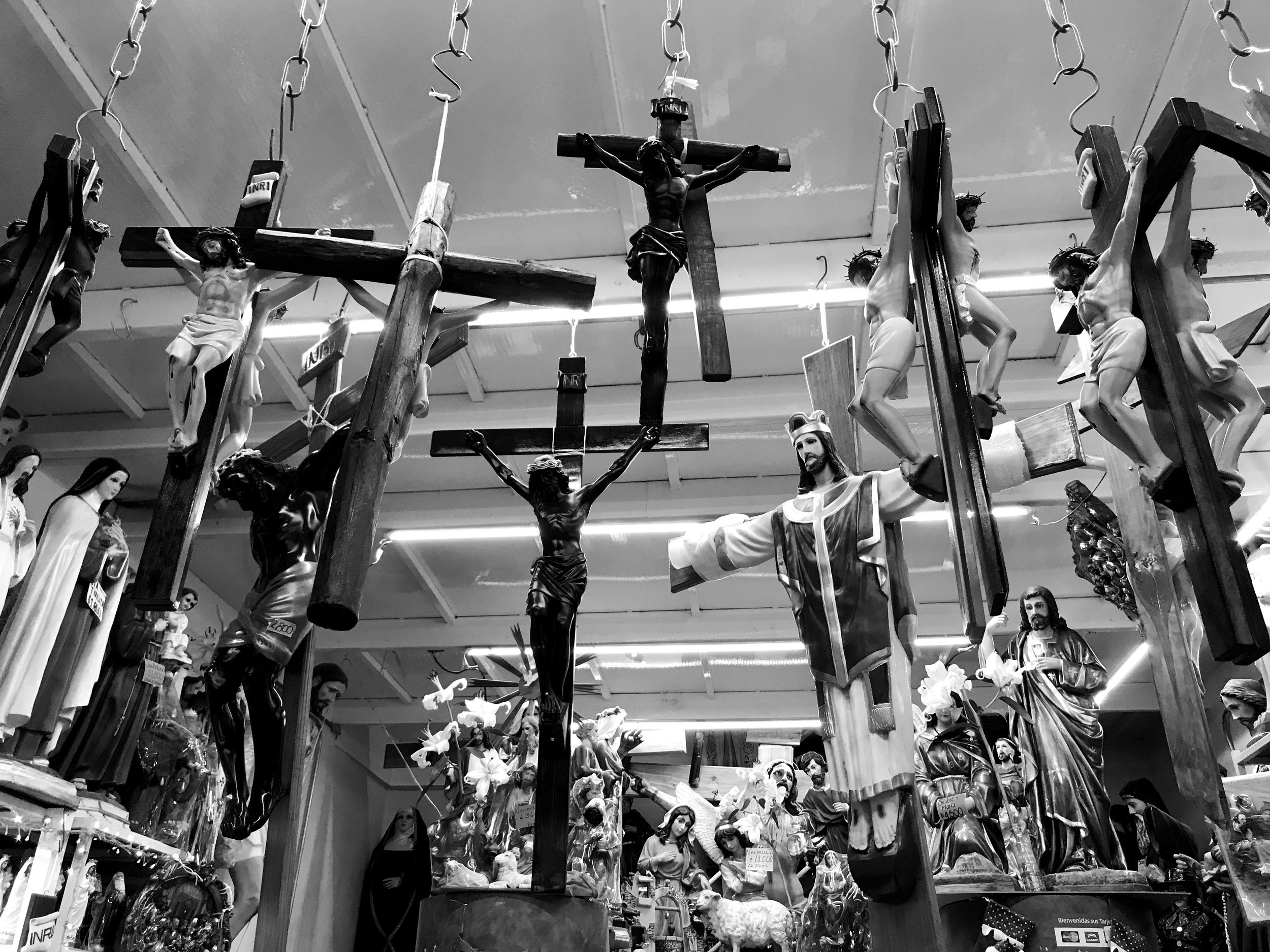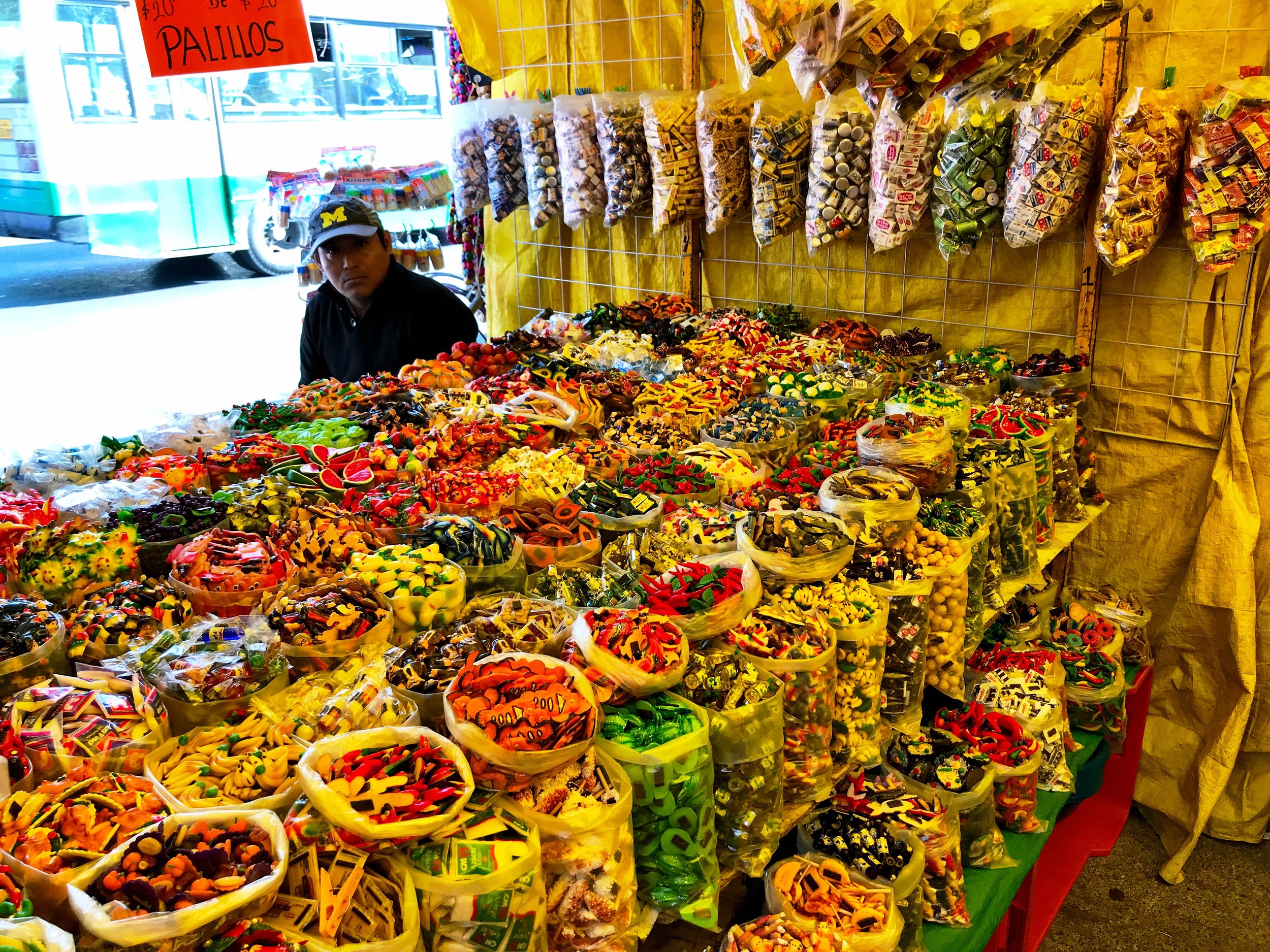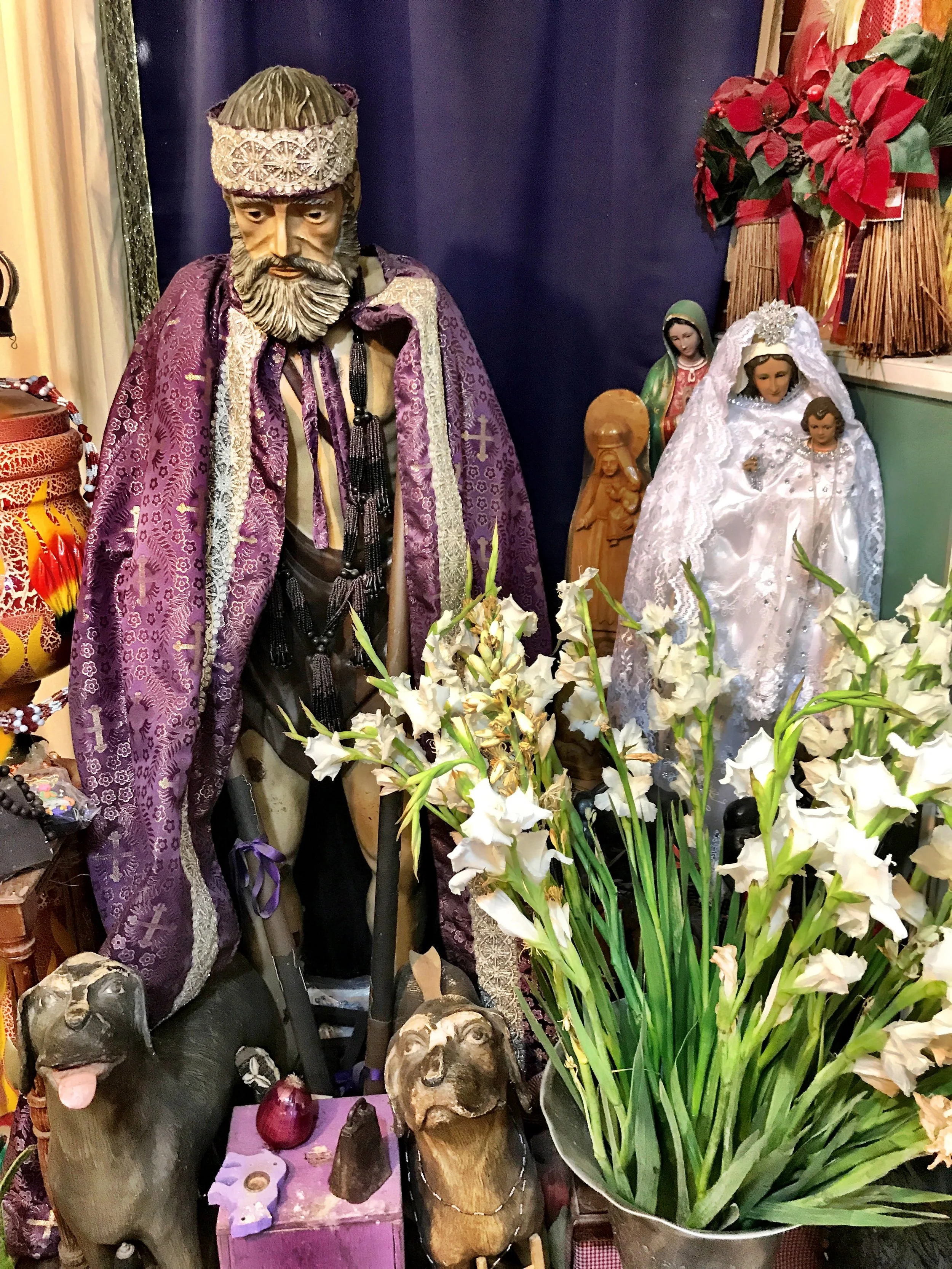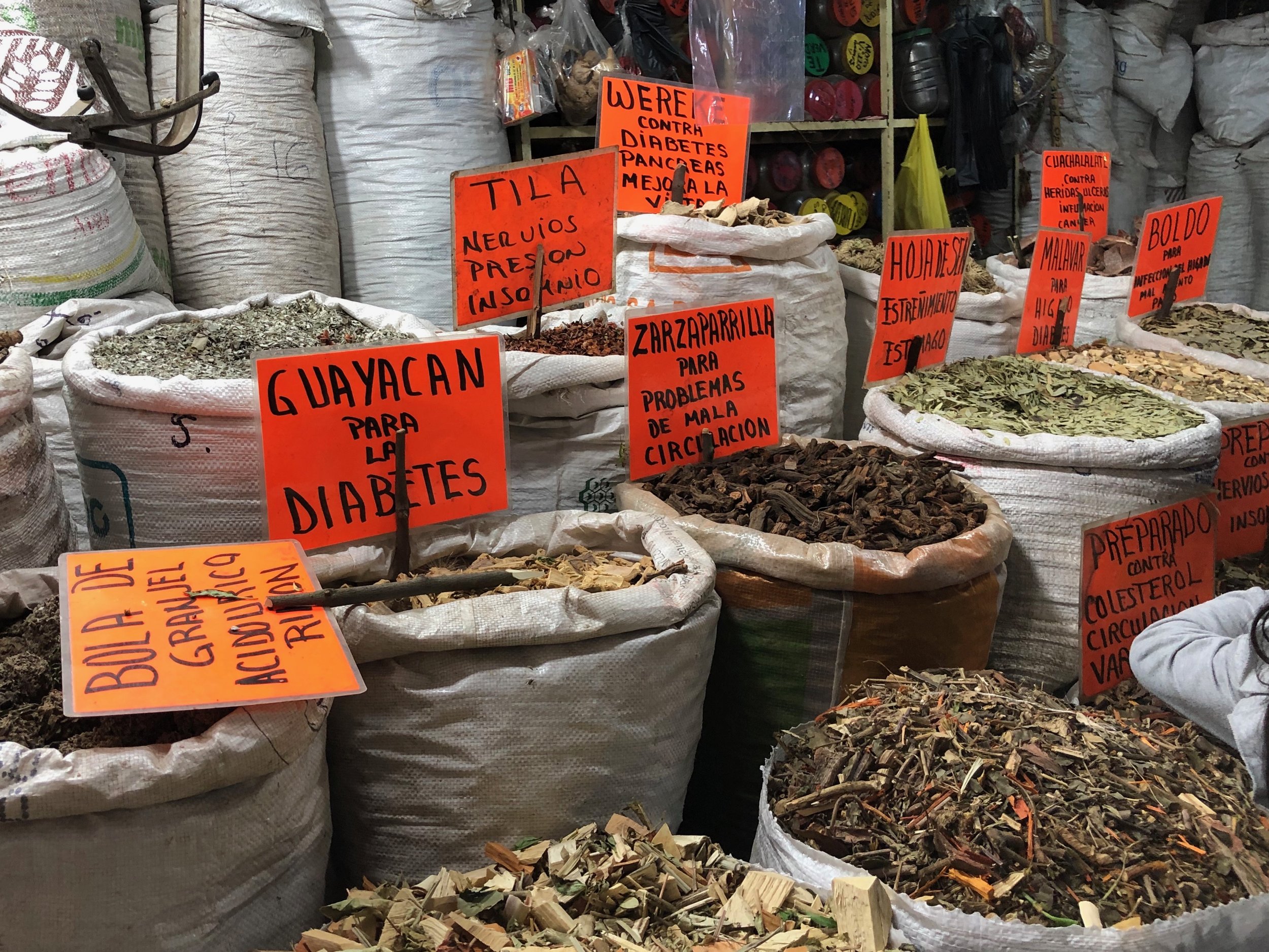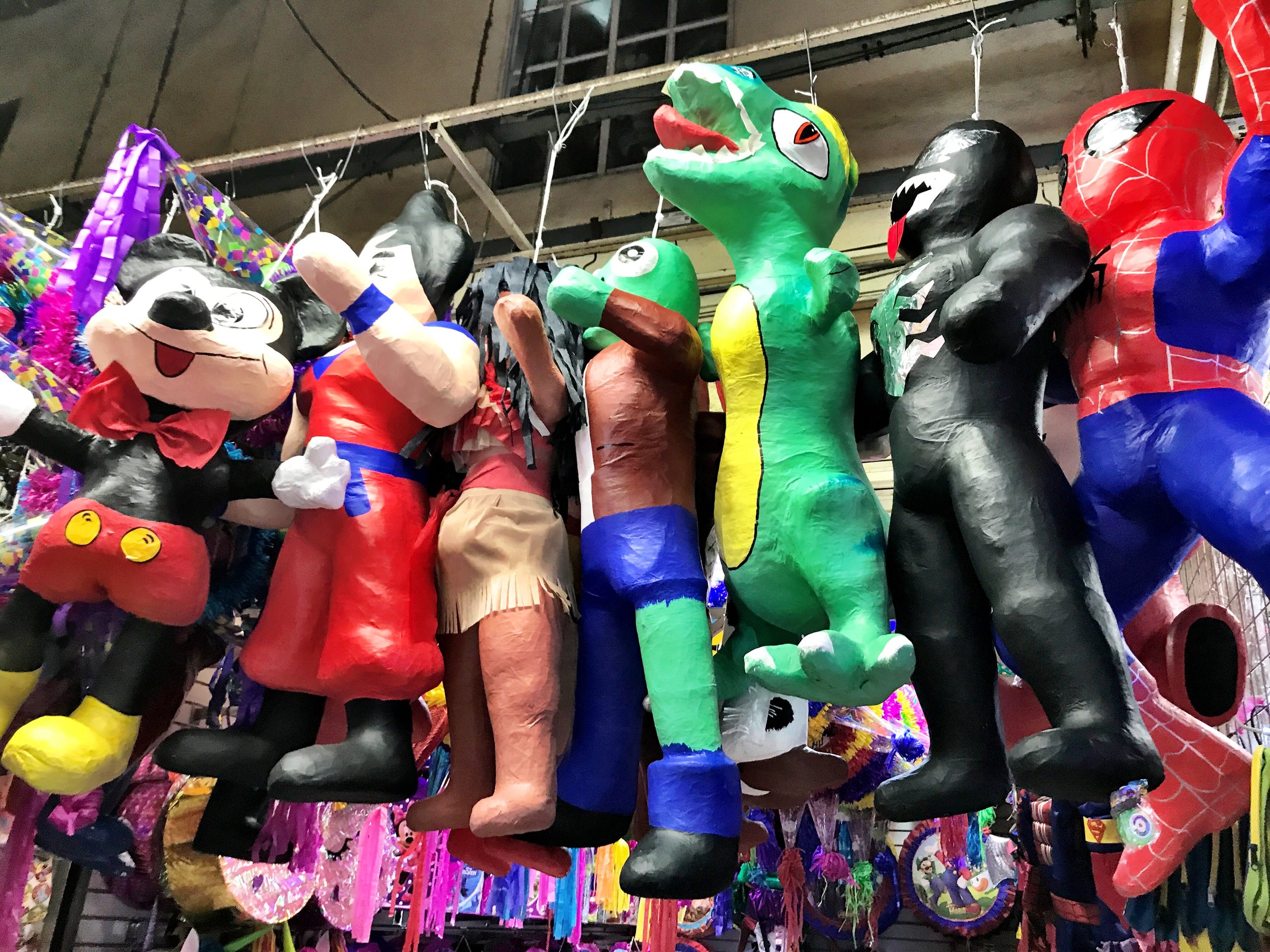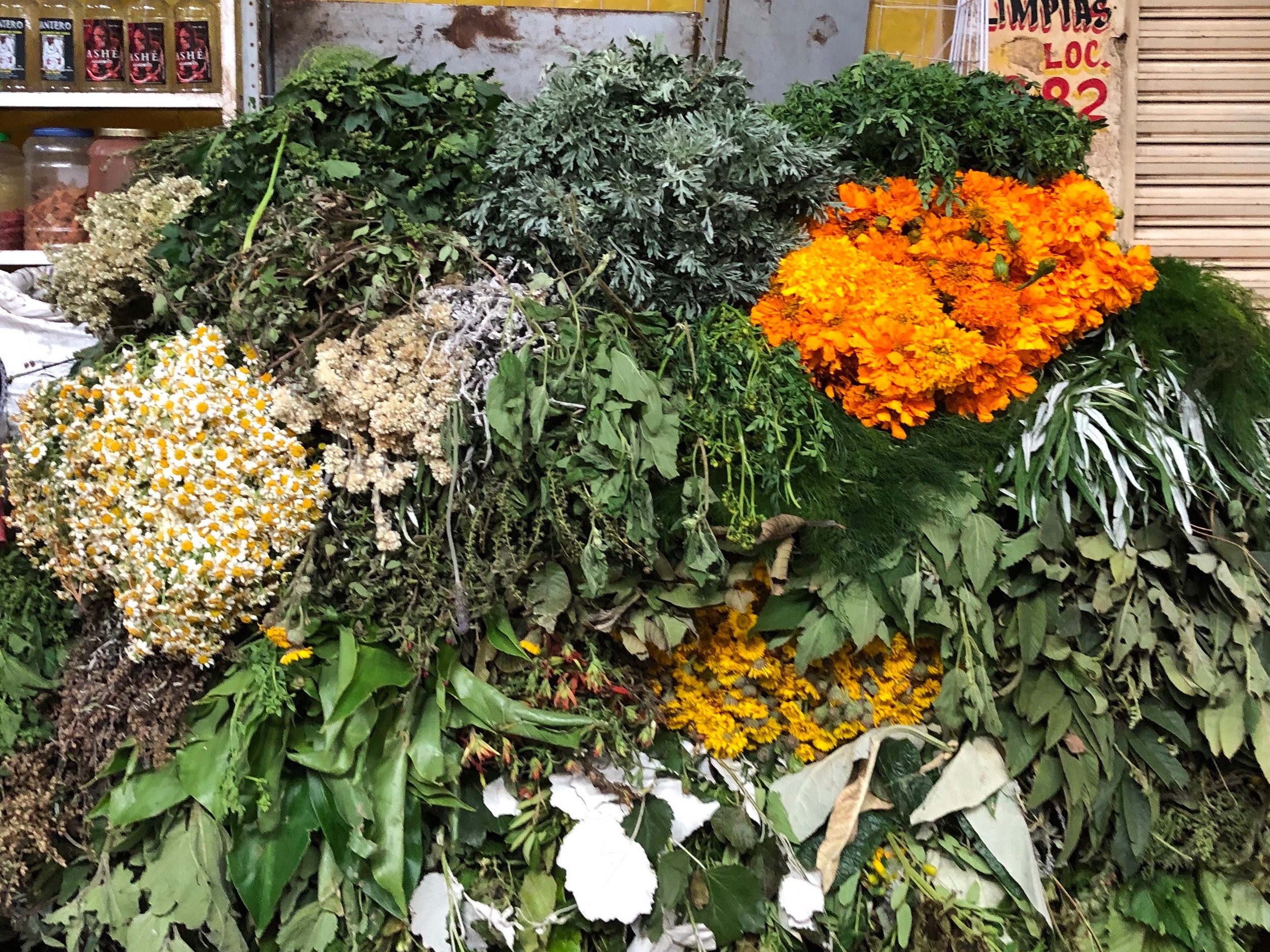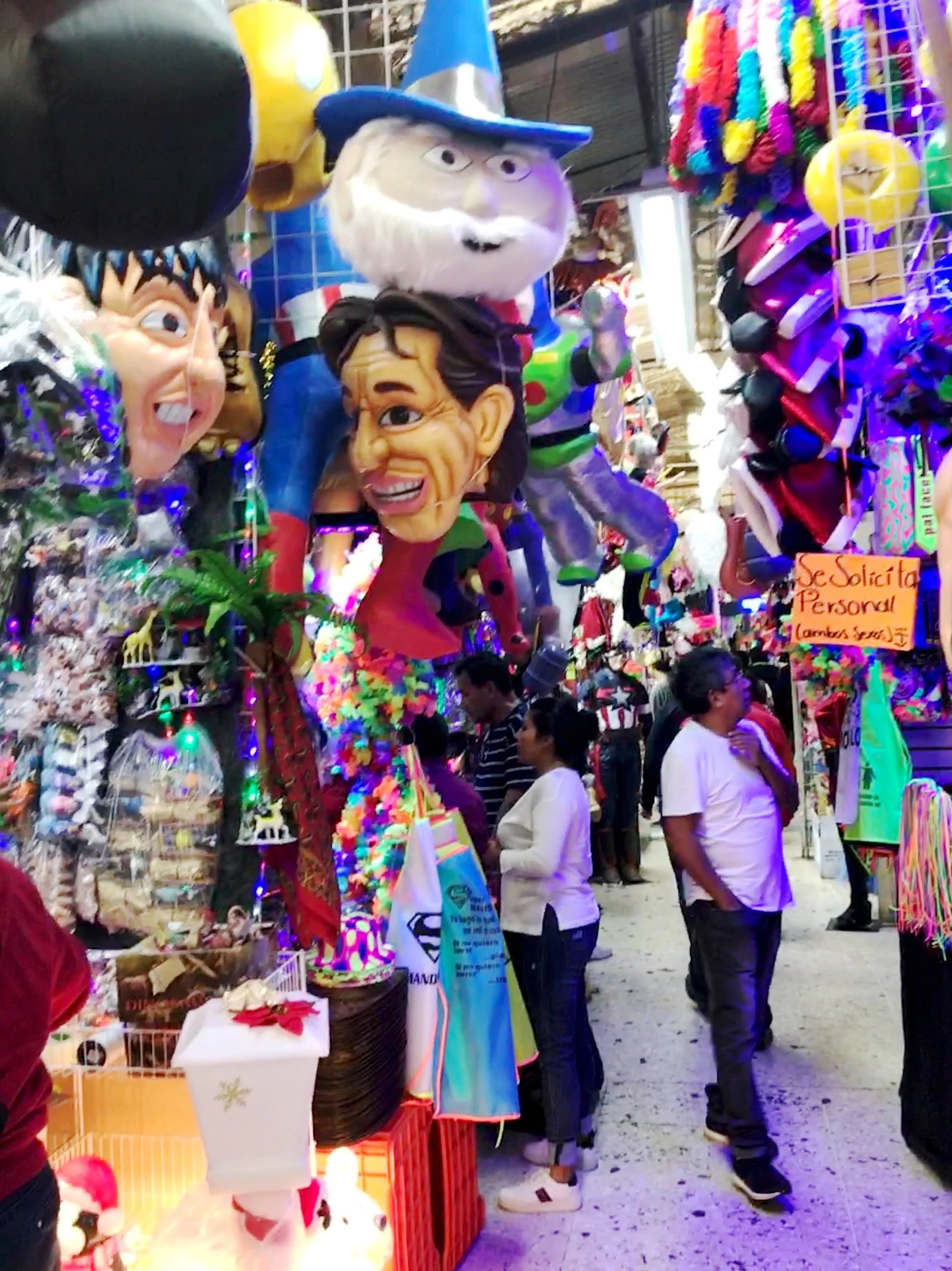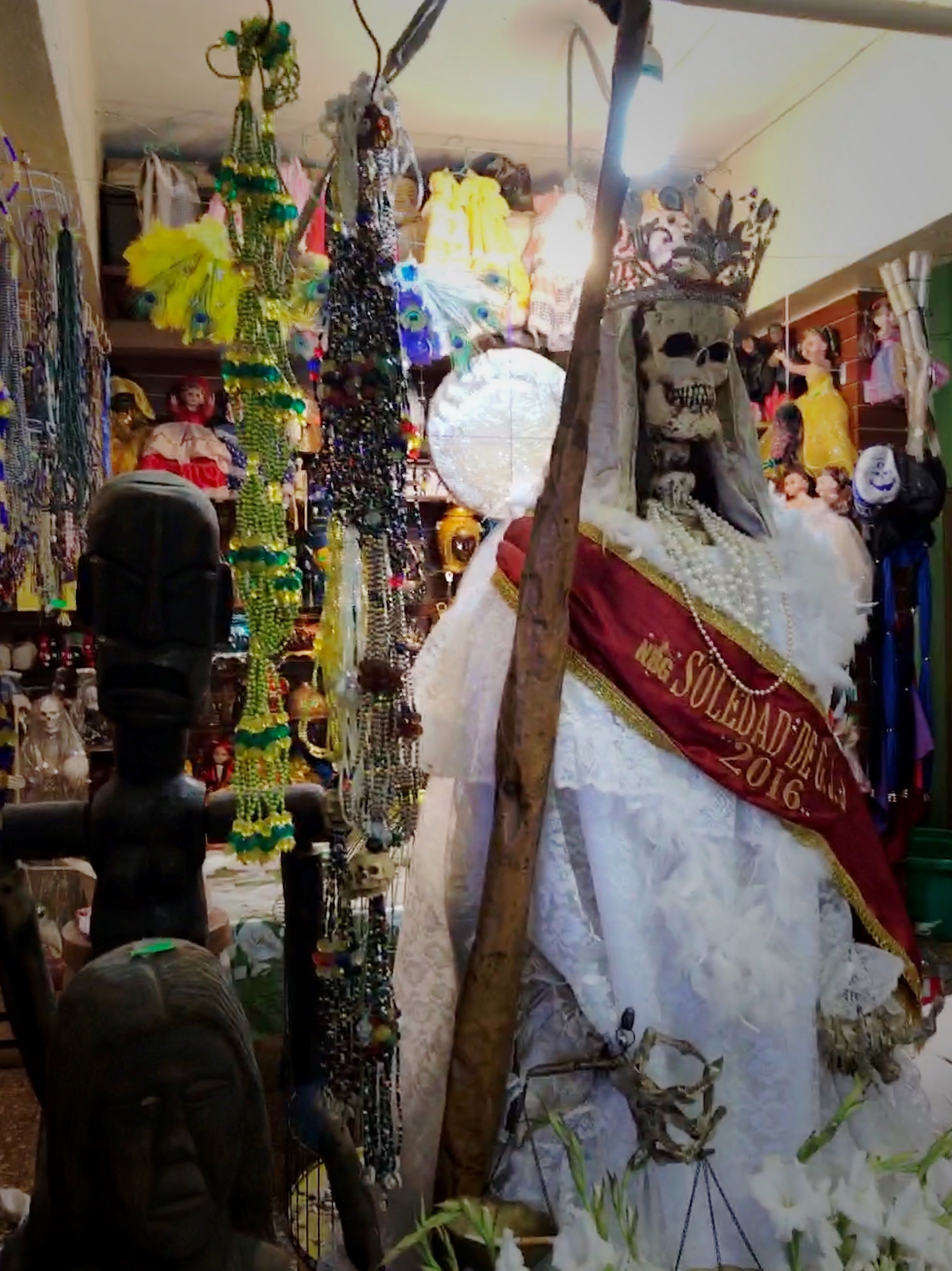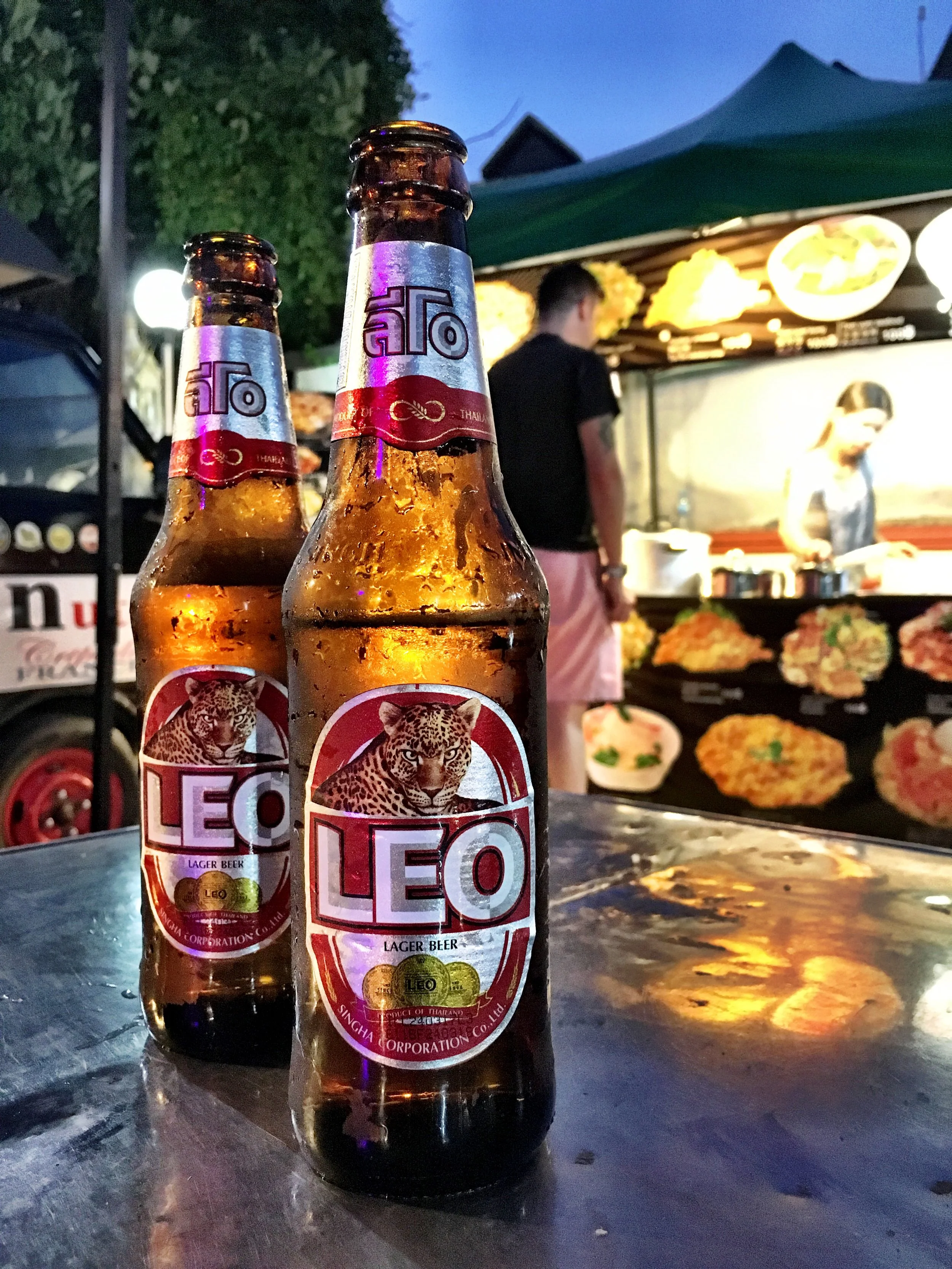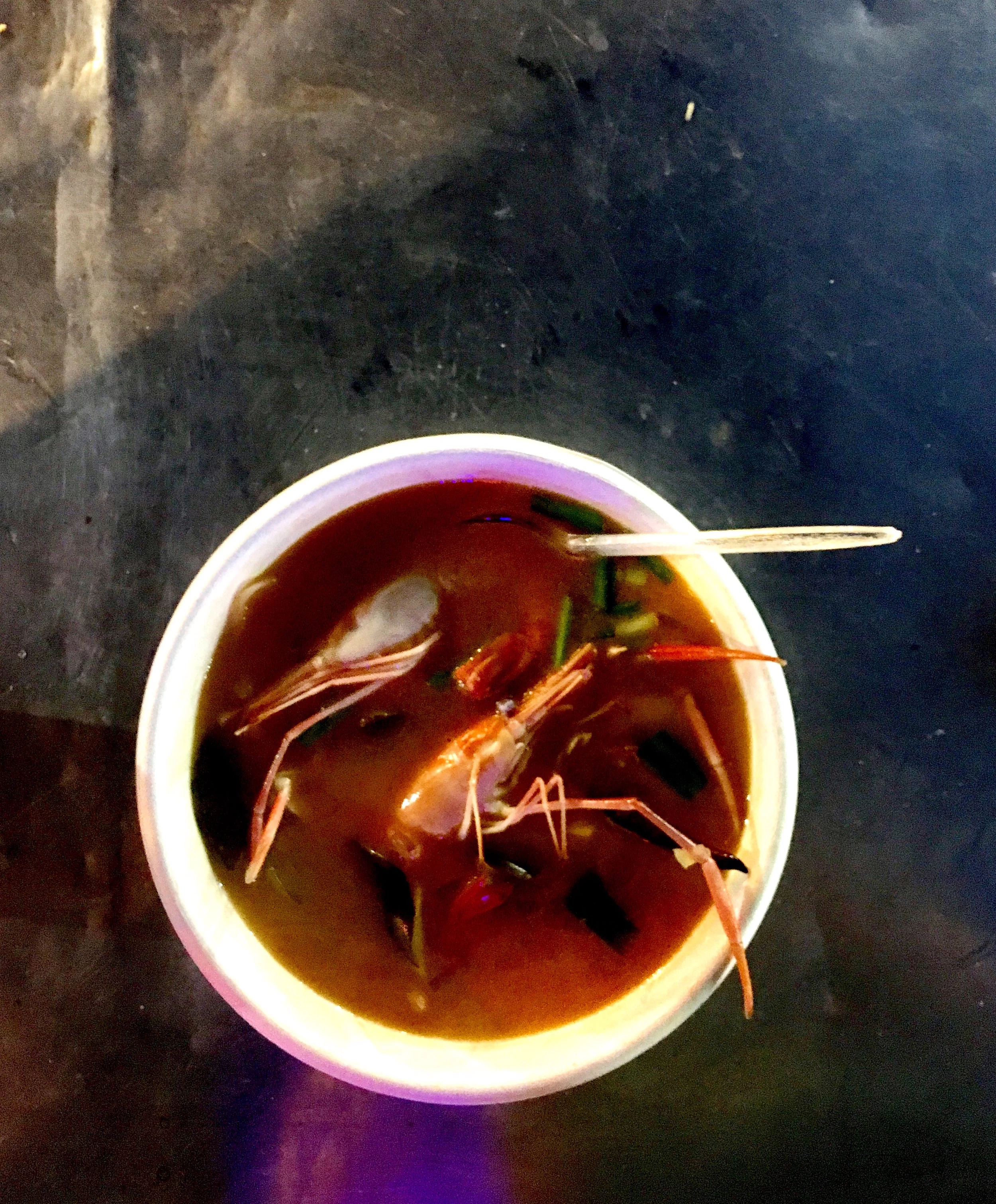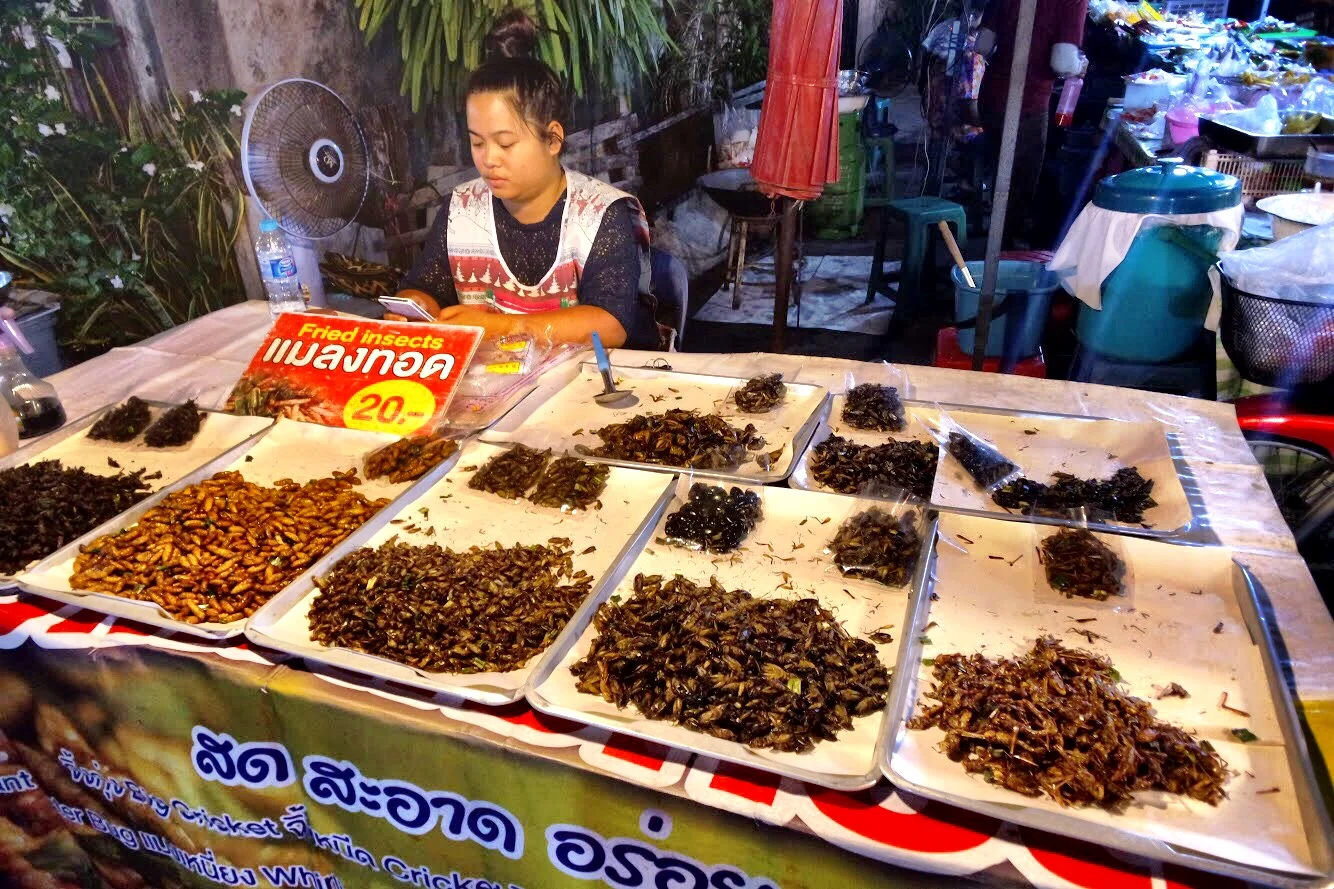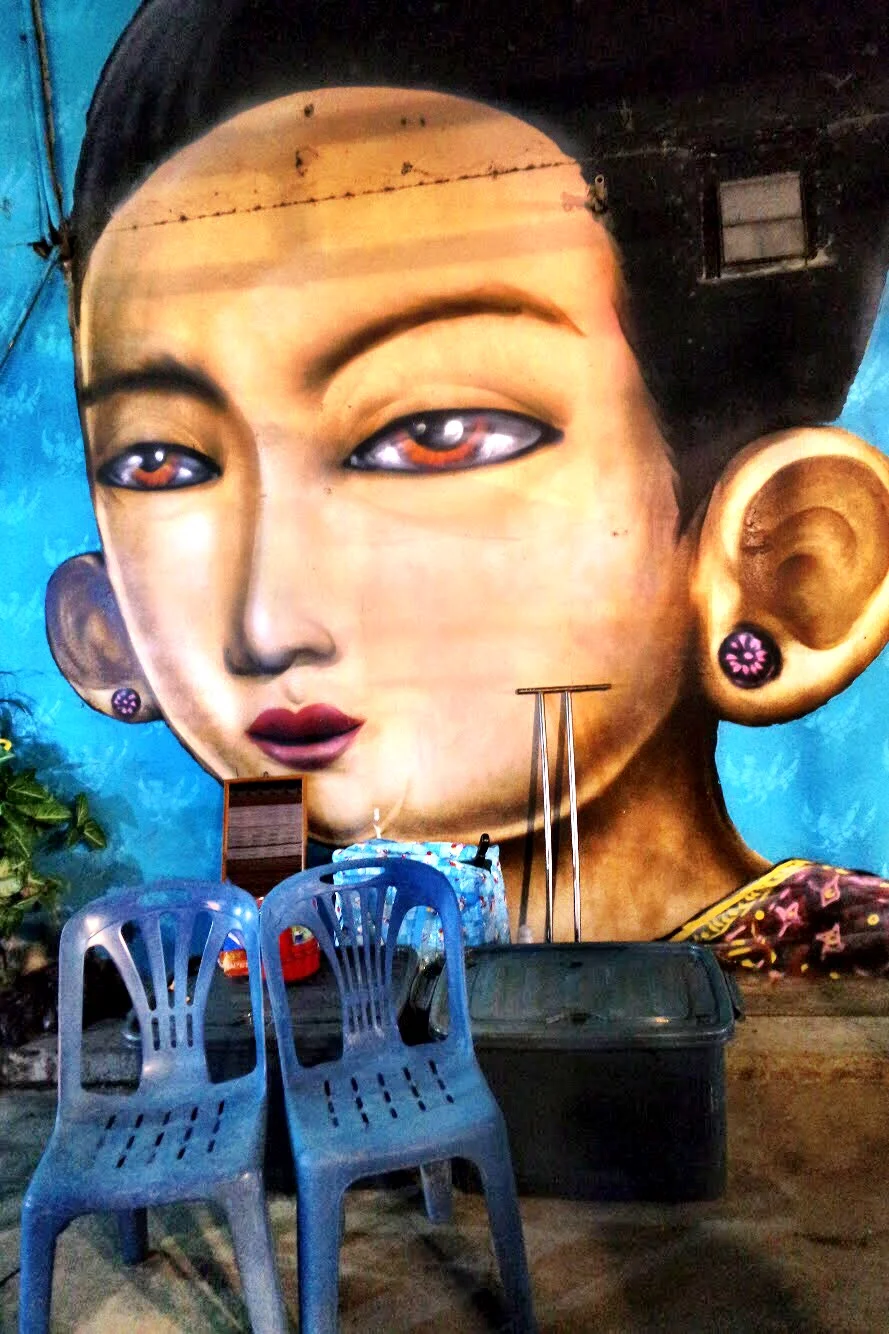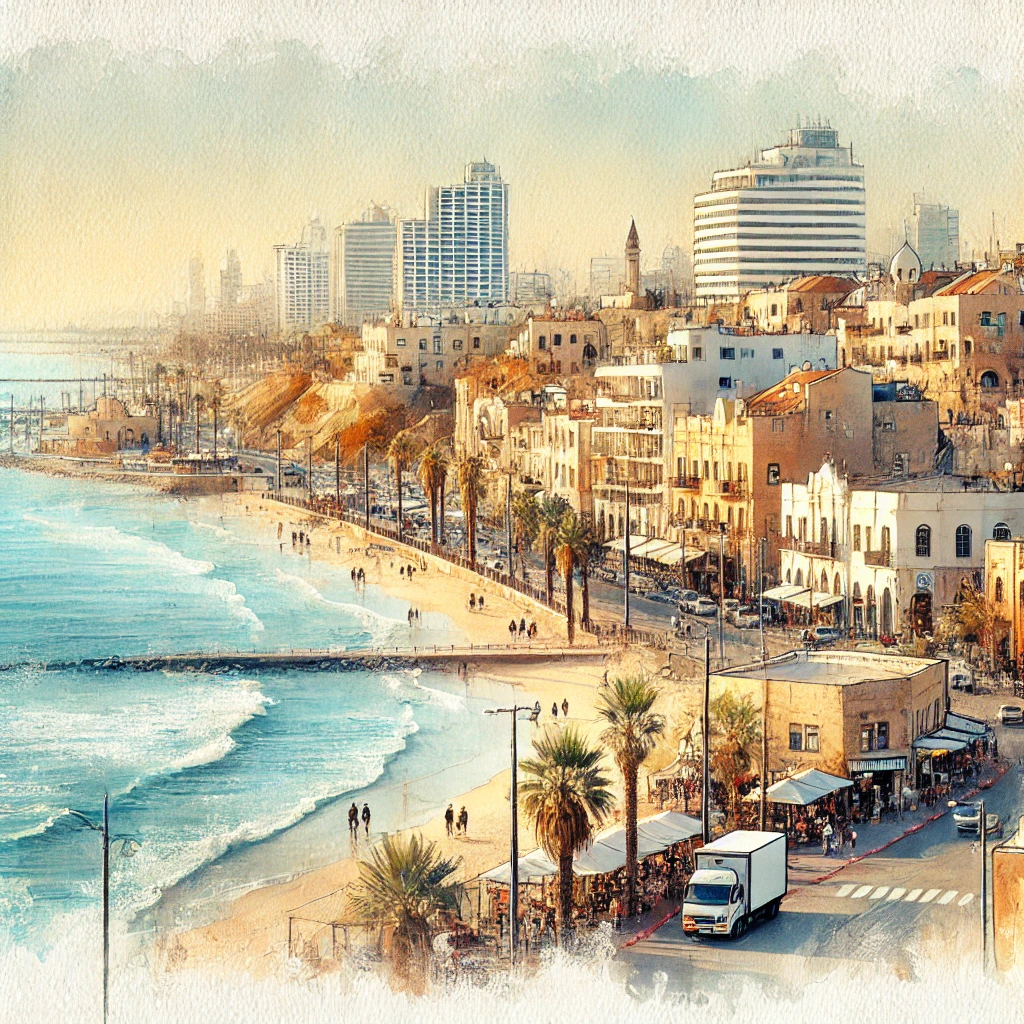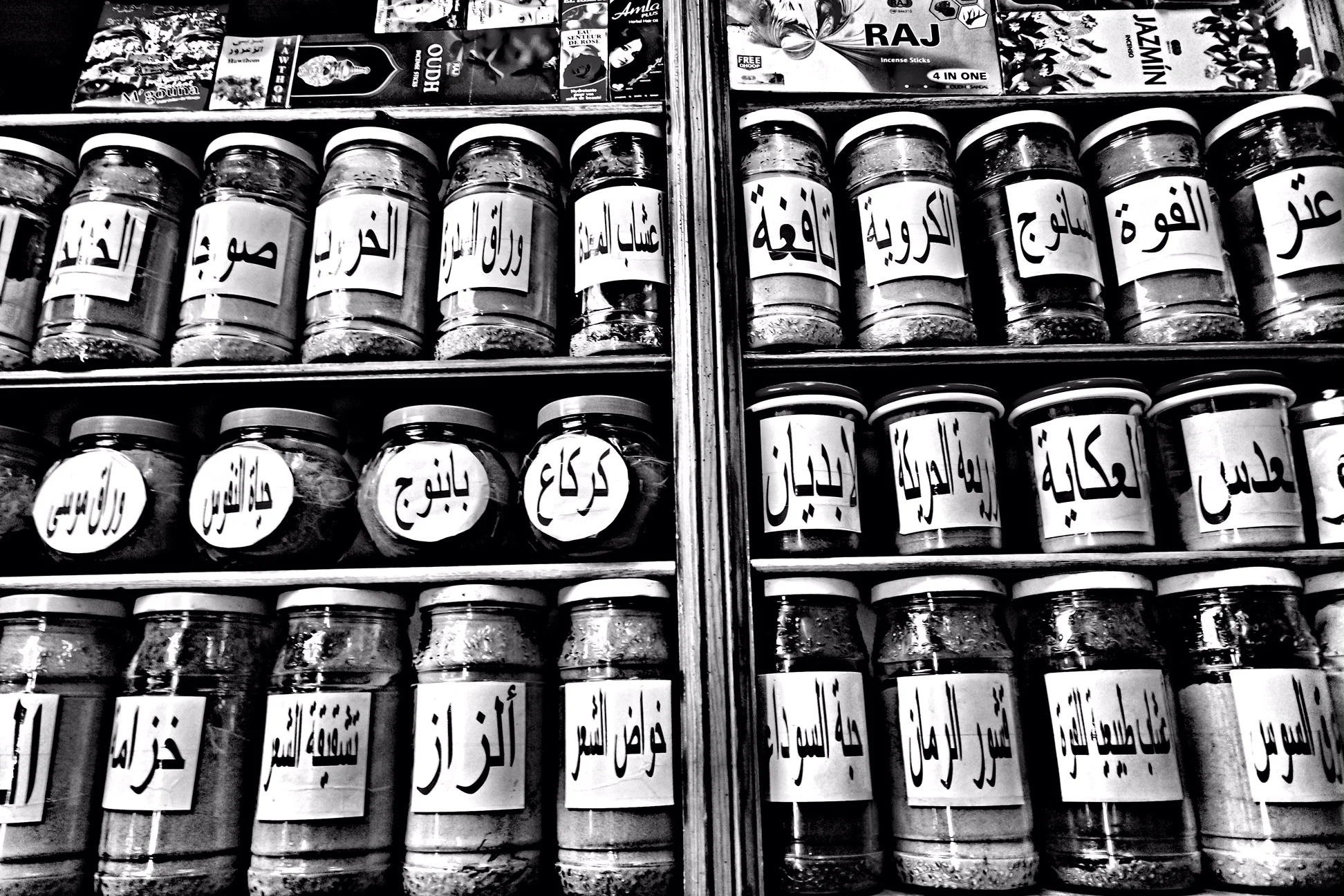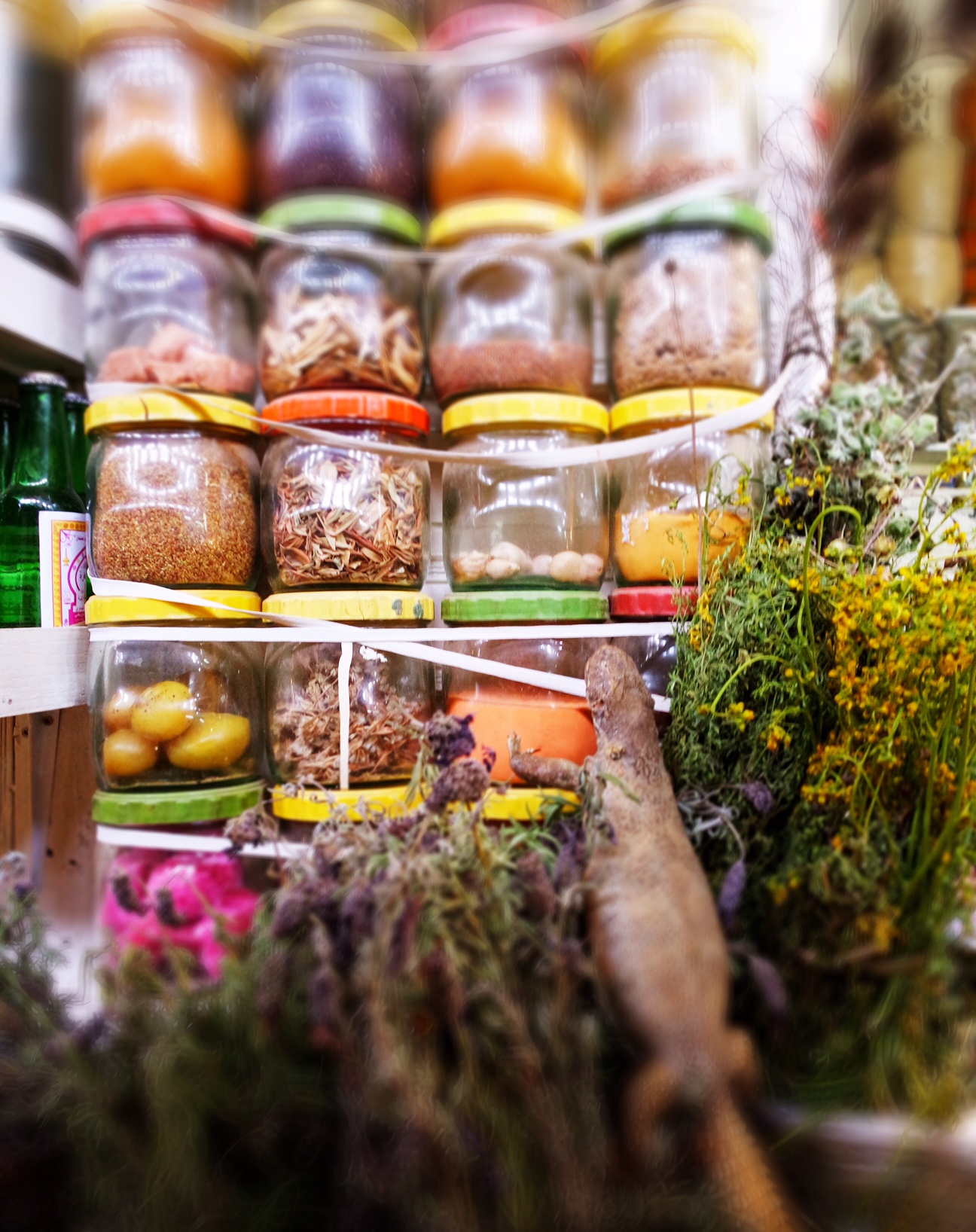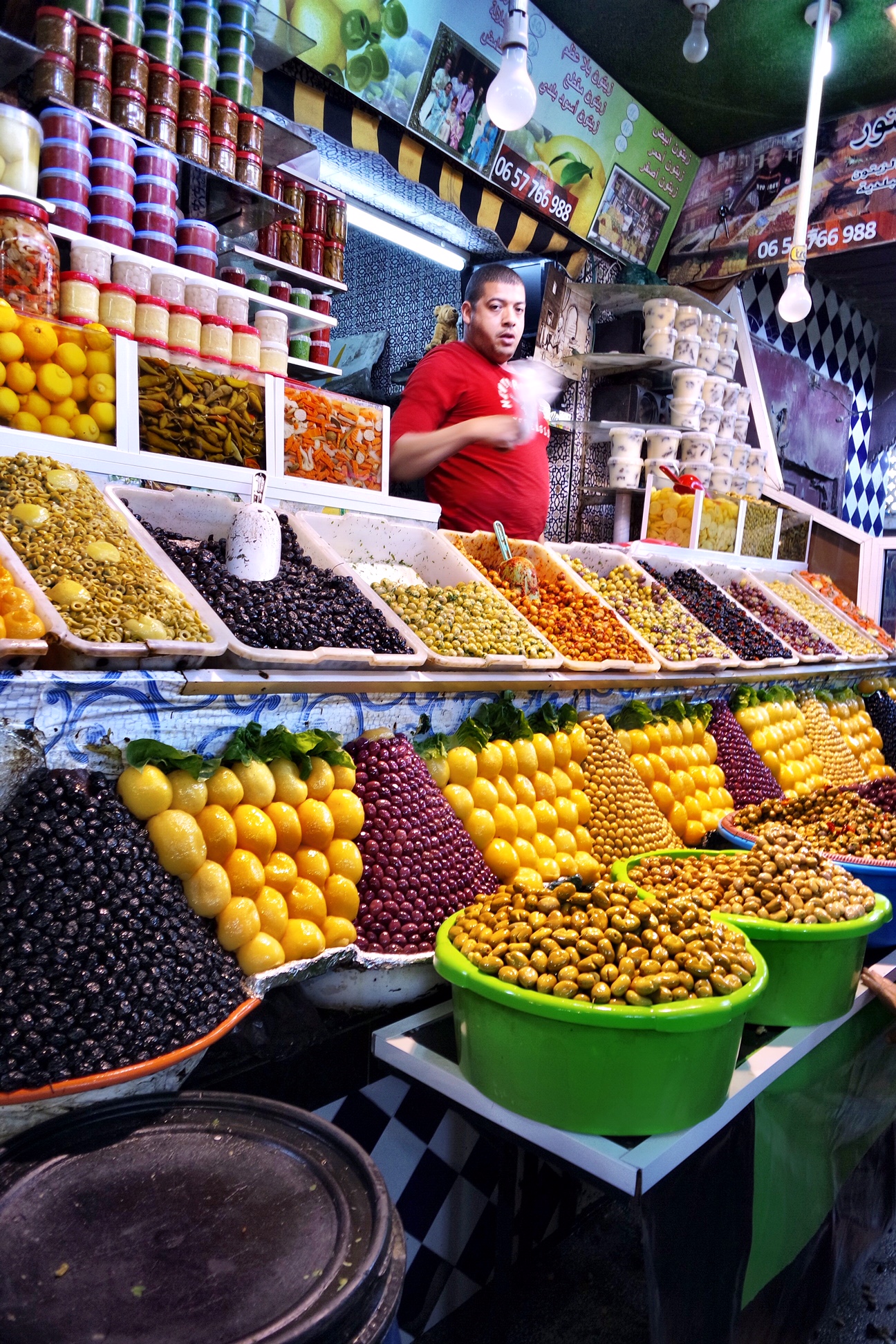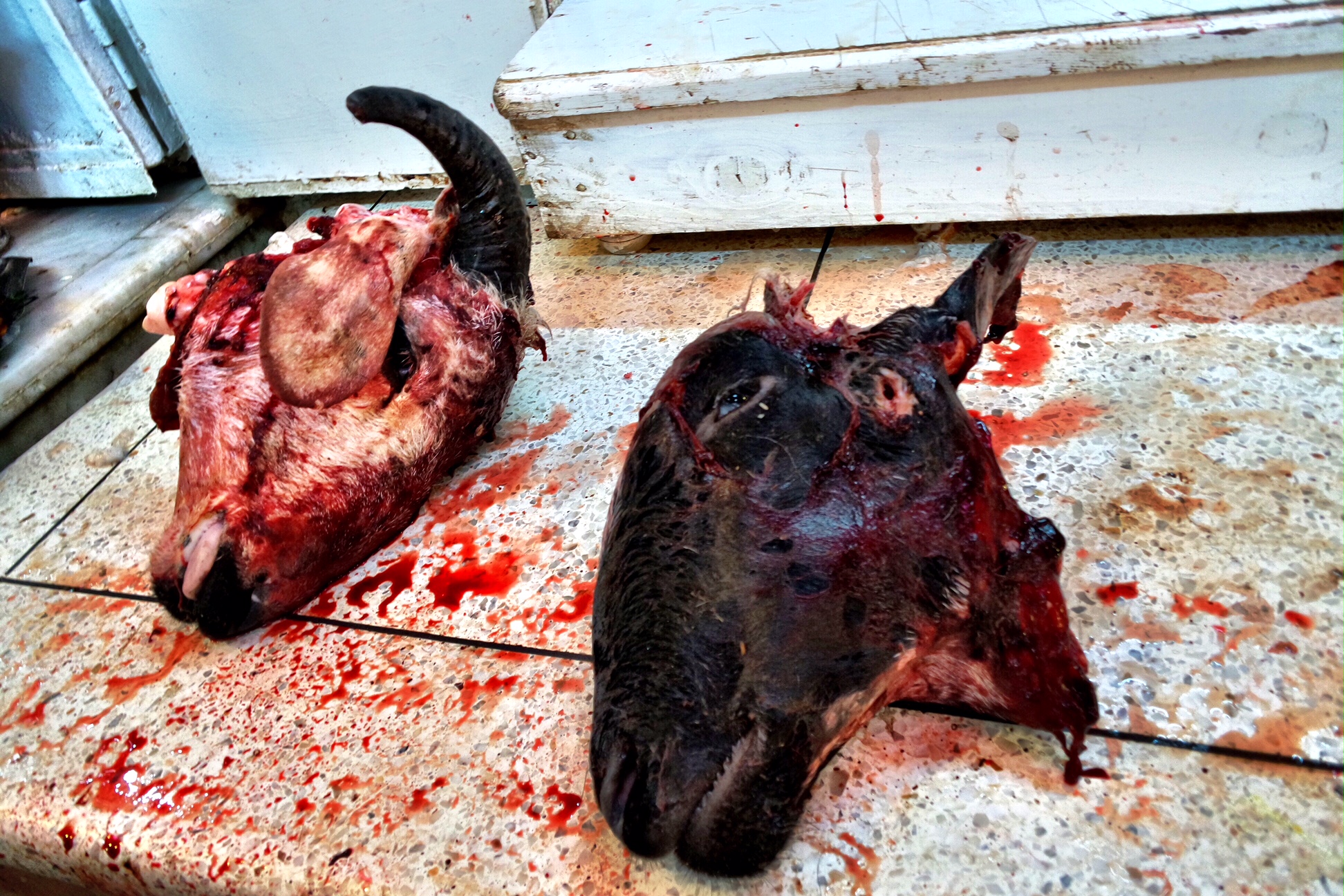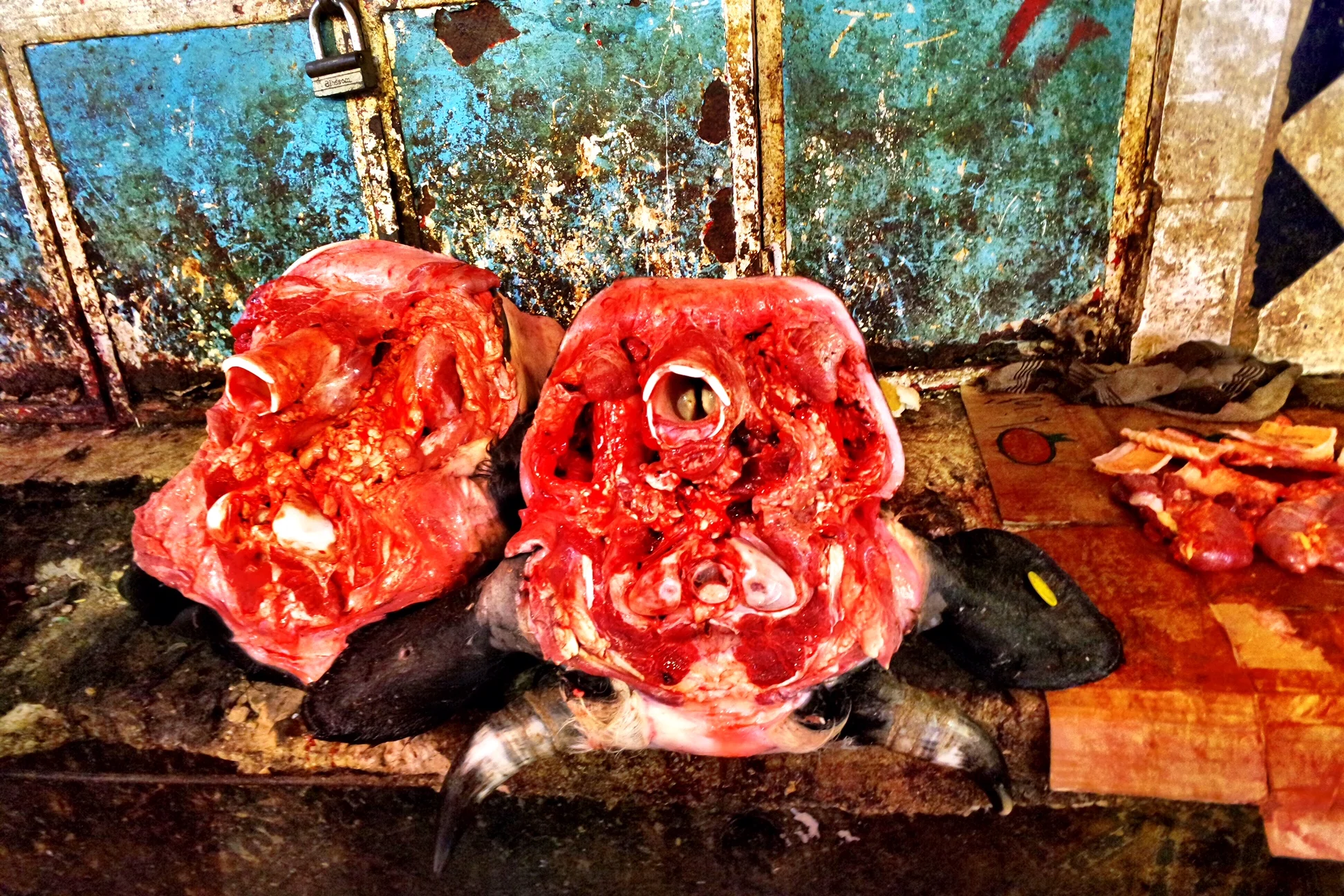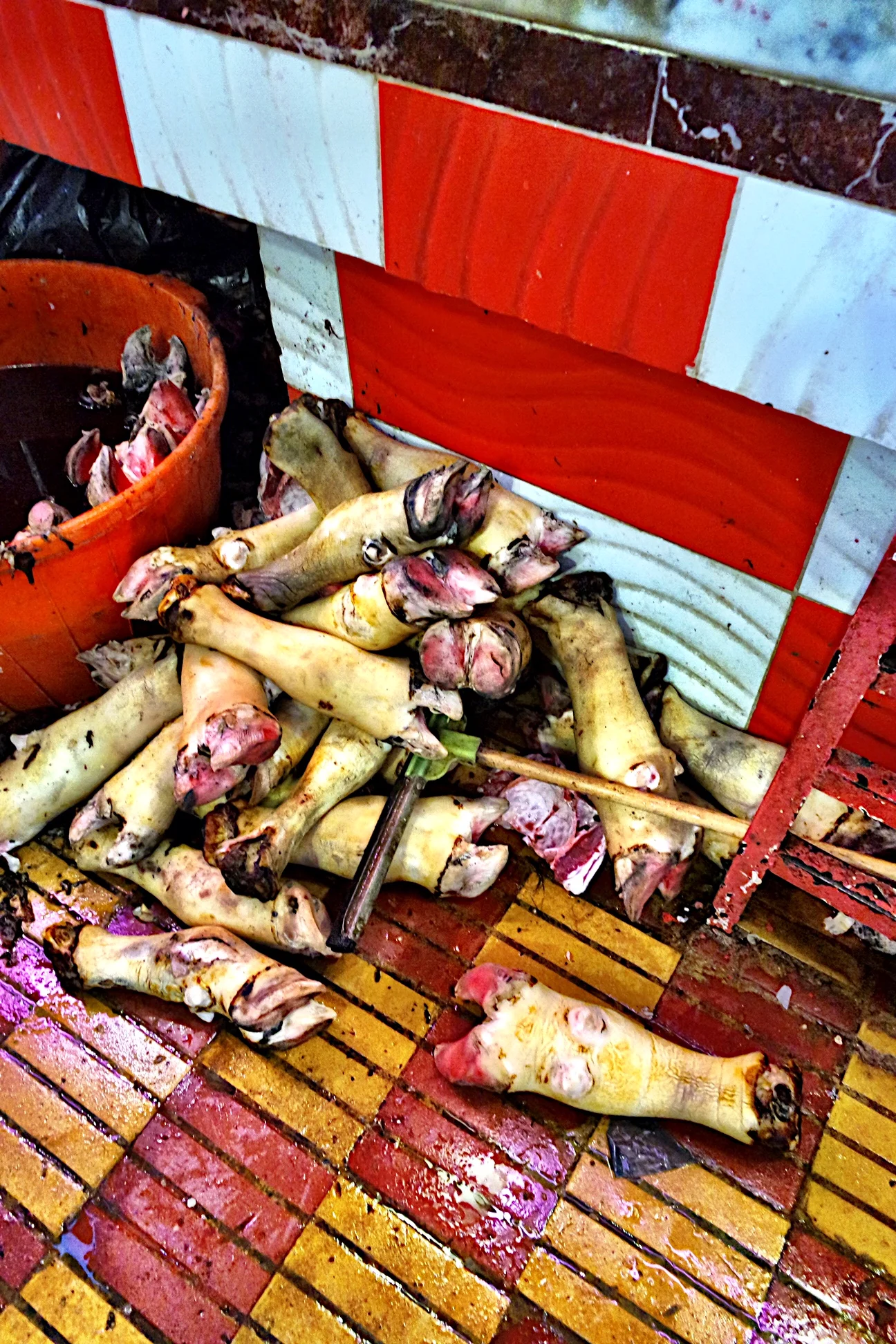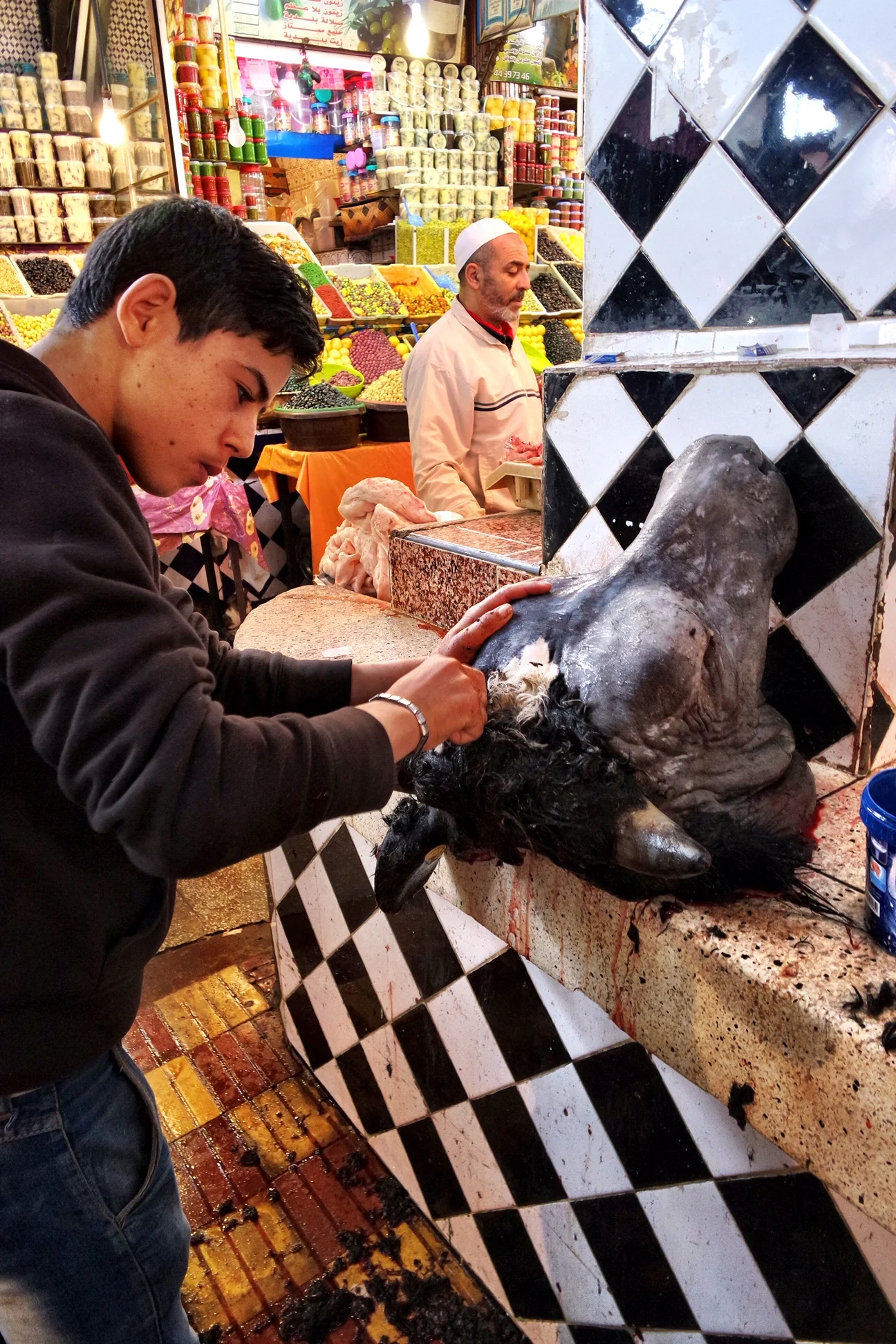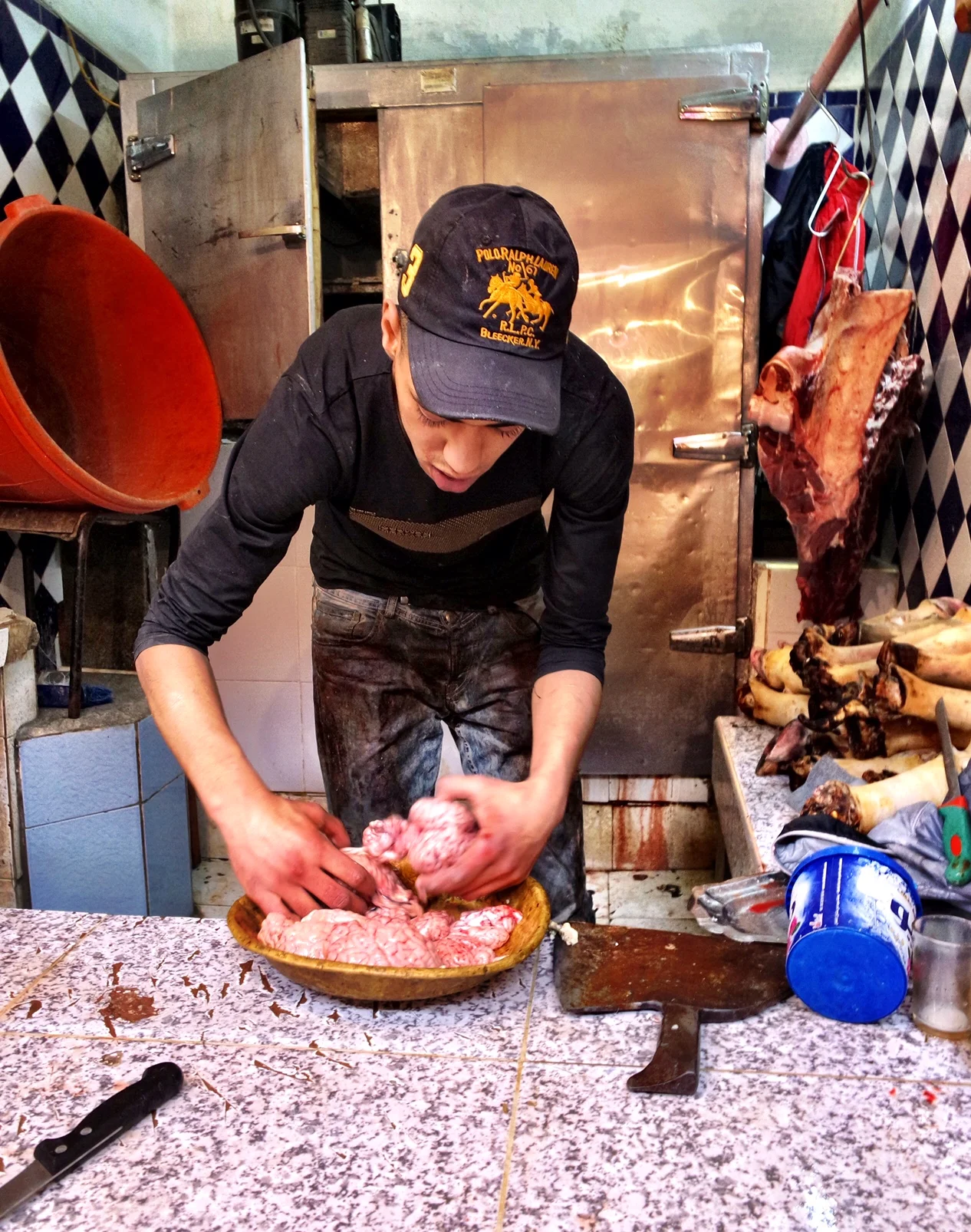Discover the Old Town of Chiang Mai, where ancient temples, vibrant markets and scenic walking routes bring Thailand’s Lanna heritage to life.
The Old City of Chiang Mai is a living testament to a rich cultural heritage and history. With its ancient temples, charming streets and bustling markets, it offers a perfect blend of tradition and modern life.
The city’s old walls and moat, which once protected it, now provide a scenic backdrop to the vibrant cultural scene. From serene Buddhist temples to lively night bazaars, there’s something for everyone. We’ll explore the best cultural sites, markets and walking routes in Chiang Mai’s Old City, offering helpful tips for tourists looking to fully experience the essence of this historic location.
As with any popular tourist destination, it’s important to stay aware of your surroundings and ensure personal safety. Travelers should be cautious of potential scams or fraudulent activities that could arise during their visit. For those unfamiliar with the term, white collar crime (คือ) refers to financial crimes like fraud or embezzlement, which can affect both locals and tourists alike. Understanding the risks will help you have a safe and enjoyable trip.
Historical Value and Culture of the Old City Chiang Mai
Chiang Mai is one of the oldest and most culturally rich cities in Thailand. The Old City of Chiang Mai, surrounded by a moat and walls, is a true open-air museum that attracts tourists with its history and architecture. Here, ancient temples and pagodas have been preserved, most of which were built in the style of the Lanna Kingdom. The temples of Wat Phra Singh and Wat Chedi Luang are just a couple of the many sacred sites worth visiting.
A walk through the streets of the Old City allows you to feel the atmosphere that has been preserved from ancient times. The city blends tradition with modernity: On one street, you can see ancient temples, while on another, you will find modern cafés and shops. This contrast creates a special atmosphere that attracts travelers from all over the world.
MORE: Find these off-the-beaten-path Chiang Mai temples.
Main Markets and Local Attractions of Chiang Mai
Chiang Mai is known for its markets, which are an integral part of local culture. The day market, known as Chiang Mai Rat, is where tourists can buy souvenirs, local products and handmade goods. However, the most famous is the Chiang Mai Night Market, which operates from evening until late at night. This is a great place to purchase unique items such as leather goods, silverware, textiles, and also to enjoy local street food.
MORE: Where is the best street food in Chiang Mai?
In addition to the markets, Chiang Mai has several museums, such as the Art Museum and the National Museum of Chiang Mai. All of these places provide an excellent opportunity to learn more about the culture and history of the region.
To fully enjoy the atmosphere of the city, it is recommended to visit these markets early in the morning or later in the evening, when the temperature is more comfortable and the number of tourists is lower.
Chiang Mai Walking Routes and Excursions
Walking through the Old City of Chiang Mai is a wonderful way to enjoy its atmosphere. For those who enjoy walking, there are several interesting routes that allow you to see all the major attractions of the city — especially if you want to see the Thai Buddhist temples of Chiang Mai. For cyclists, there are designated bike routes that pass through green areas and offer the opportunity to get acquainted with the local nature.
You can also participate in guided tours that help you understand the culture and history of the city more deeply. For those who prefer independent routes, there is the option of hiring a guide who will tell you about historical sites and traditions of the region.
For tourists who prefer safe areas, the Old City is an ideal choice, as most tourist attractions are within walking distance and you can peacefully stroll through the quiet streets.
Useful Information for Travelers and Legal Aspects
Chiang Mai is a safe place for travel, but there are always some safety aspects to consider. For visitors to Thailand, a visa is required for many countries, so it is important to take care of obtaining it in advance. It is also crucial to have medical insurance for the trip, which will cover any unforeseen expenses in case of illness or accidents.
Additionally, it is important to be informed about the legal aspects of staying in Thailand. For example, crimes related to financial manipulation or illegal activities can result in serious consequences. White collar crime in Thailand refers to crimes related to fraud, corruption, and other financial violations. It is important to comply with local laws to avoid legal troubles.
Also, remember that if legal issues arise in Thailand, you can turn to Interpol Thailand for consultation and assistance in resolving legal problems. This will help ensure your safety while staying in the country. –Anatoly Yarovyi
Anatoly Yarovyi is a Ukrainian attorney and human rights advocate with over 20 years of experience. He holds masters of laws (LL.M.) from Ivan Franko National University of Lviv and Stanford University, specializing in international law and extradition cases.



